Description
History of Paddar
Paddar is a picturesque village nestled in the Kishtwar district of Jammu and Kashmir, situated in the northern part of the Indian subcontinent amidst the majestic Himalayas. Its history is a fascinating tale of early settlement, cultural evolution, and political shifts. Initially, the region remained largely uninhabited until the 8th century, when settlers were drawn to its fertile grazing lands. These settlers hailed from nearby areas such as Bhaderwah, Lahaul, and Ladakh, contributing to Paddar’s early growth. Between the 10th and 14th centuries, Paddar was part of the Guge Kingdom, known for its Buddhist cultural influence. However, after the decline of the Guge dynasty, the region fragmented into smaller territories ruled by local Rajput Ranas.
In the mid-17th century, Paddar came under the rule of the Raja of Chamba, leading to a period of political stability and cultural development. This stability was interrupted in 1836 when the legendary Dogra General Zorawar Singh annexed Paddar to Kishtwar, incorporating it into the Jammu and Kashmir princely state. The early inhabitants of Paddar were primarily serpent worshippers, as evidenced by the numerous temples and shrines dedicated to Nagdevtas (serpent deities). Over time, settlements of Muslims and Buddhists, particularly in the upper valleys, enriched the region's cultural diversity. Paddar’s history is marked not only by its strategic significance but also by the interplay of cultural and religious traditions, creating a vibrant historical legacy.
Culture of Paddar
Paddar boasts a rich and diverse cultural tapestry that reflects its unique historical and geographical influences. Ancient serpent worship continues to play a significant role in local traditions, with temples dedicated to Nagdevtas featuring intricate carvings of snakes. Traditional music forms, using instruments like dhols, nagaras, and flutes, often accompany religious rituals and festivals, while the local dance form, Kharzath, is a highlight of celebratory events. The culture of Paddar closely resembles that of neighboring regions such as Pangi and Bhaderwah, sharing common folk songs and storytelling traditions. These folk tales, known as sugli, are passed down through generations and are a vital part of the community's cultural identity.
Traditional attire is an integral part of Paddar’s culture, with women wearing Chadar and Joji, and men donning Kamri, Sutad, and Toot. Festivals further enrich Paddar’s cultural landscape, with the triennial Awaans festival in Karthie standing out as a grand celebration involving a large bonfire and traditional dances. Another unique festival is Uzzan, a religious event that spans several villages and involves the cleaning of a sacred kund (water source), collecting alms, and culminating in grand ceremonies. Pilgrims traveling to the revered Machail Mata shrine enhance the region’s cultural vibrancy, with government-supported amenities and langars (community kitchens) ensuring their comfort. The rich cultural heritage of Paddar combines craftsmanship, religious devotion, and festive celebrations, creating a community deeply rooted in tradition and spirituality.
Resources in Paddar
Paddar is blessed with abundant natural and cultural resources that support its economy and lifestyle while offering immense potential for sustainable development. Among its most notable resources are the world-famous sapphire mines, particularly in areas near Kishtwar. These high-quality sapphires have been a source of local employment and hold the promise of significant economic growth if managed sustainably. The region's mineral wealth is complemented by its natural beauty and biodiversity. Vast forests, rich in conifers, medicinal plants, and other flora, provide essential resources such as timber and traditional herbal remedies. The forests are also home to diverse Himalayan fauna, making Paddar a potential hub for biodiversity conservation and ecotourism.
Agriculture forms the backbone of the local economy, with villagers primarily growing crops like maize, barley, and pulses. Additionally, the fertile valleys of Paddar have great potential for horticulture, particularly the cultivation of fruits like apples, walnuts, and apricots. The Chenab River and its tributaries serve as vital water resources, supporting irrigation, fishing, and the possibility of hydroelectric projects. Paddar’s breathtaking landscapes, ancient temples, and challenging terrains also make it a promising destination for trekking, mountaineering, and pilgrimage tourism. The region’s renewable energy potential, particularly in hydroelectric and solar power, offers opportunities to address local energy needs while promoting sustainable development.
Best Times to Visit Paddar
The ideal time to visit Paddar depends on the type of experience one seeks, as the region’s charm varies across the seasons.
-
Summer (June to September): This is the most popular time to explore Paddar. With temperatures ranging from 15°C to 25°C, the weather is pleasant, making it perfect for trekking, camping, and enjoying the scenic beauty of the landscapes. The clear skies and lush greenery during this period are a treat for nature lovers and adventurers.
-
Autumn (October to November): Autumn in Paddar offers cooler temperatures and stunning clear skies, ideal for outdoor activities and sightseeing. The changing foliage adds a splash of color to the landscape, creating a serene and picturesque environment for visitors looking to avoid the summer crowds.
-
Spring (April to May): Spring is another excellent time to visit, with blooming flowers and fresh greenery revitalizing the region. The mild weather is perfect for photography and leisurely exploration of Paddar’s natural beauty.
-
Winter (December to March): Winters in Paddar are characterized by snow-covered landscapes and freezing temperatures, especially at higher altitudes. While travel during this time can be challenging, the region transforms into a winter wonderland, offering unique opportunities for snow-related activities and serene retreats.
Overall, summer and autumn are the most convenient seasons for visitors, offering comfortable weather and opportunities to immerse themselves in Paddar’s natural and cultural wonders.
Cuisine of Paddar
Paddar’s cuisine reflects the region’s agricultural heritage and cultural diversity, offering a variety of traditional dishes prepared with locally sourced ingredients. Although the region does not host large-scale food festivals, the local culinary traditions are deeply rooted in community life. Visitors can explore these flavors by engaging with the local community or staying in guesthouses that serve authentic meals.
Some of the popular dishes from Paddar include:
- Amal Thotha: A hearty dish made from fermented pulses, often paired with rice or flatbreads.
- Mande and Gheu: Traditional bread served with clarified butter, offering a wholesome and flavorful meal.
- Gucchi’s Yakhni or Pulao: A delicacy made from the prized gucchi mushrooms, known for their rich taste and nutritional value.
- Kodra Ruitt and Saagg: Millet-based bread paired with locally grown leafy greens, showcasing the agricultural produce of the region.
- Rajma Rice: A staple dish featuring red kidney beans cooked in aromatic spices, served with rice.
These dishes reflect the simplicity and richness of Paddar’s culinary heritage, making them an integral part of the region’s cultural identity. By savoring these traditional meals, visitors gain a deeper understanding of the region’s agricultural and culinary traditions.
Photos
Videos
Location Map
Amenities
- Website
Contact Information
| Address |
Paddar, Tehsil Atholi, Kishtwar District, Jammu and Kashmir, 182204, India |
| Phone Number |
8082387873 |
| Email Address | |
| Website | https://jkpanchayat.jk.gov.in/homeview.php?panchayat=Gulabgarh&block=Padder |
Reviews (3)


"Paradise on Earth" --And Nice Work Ayush_Bhai!!🙌

very beautiful place

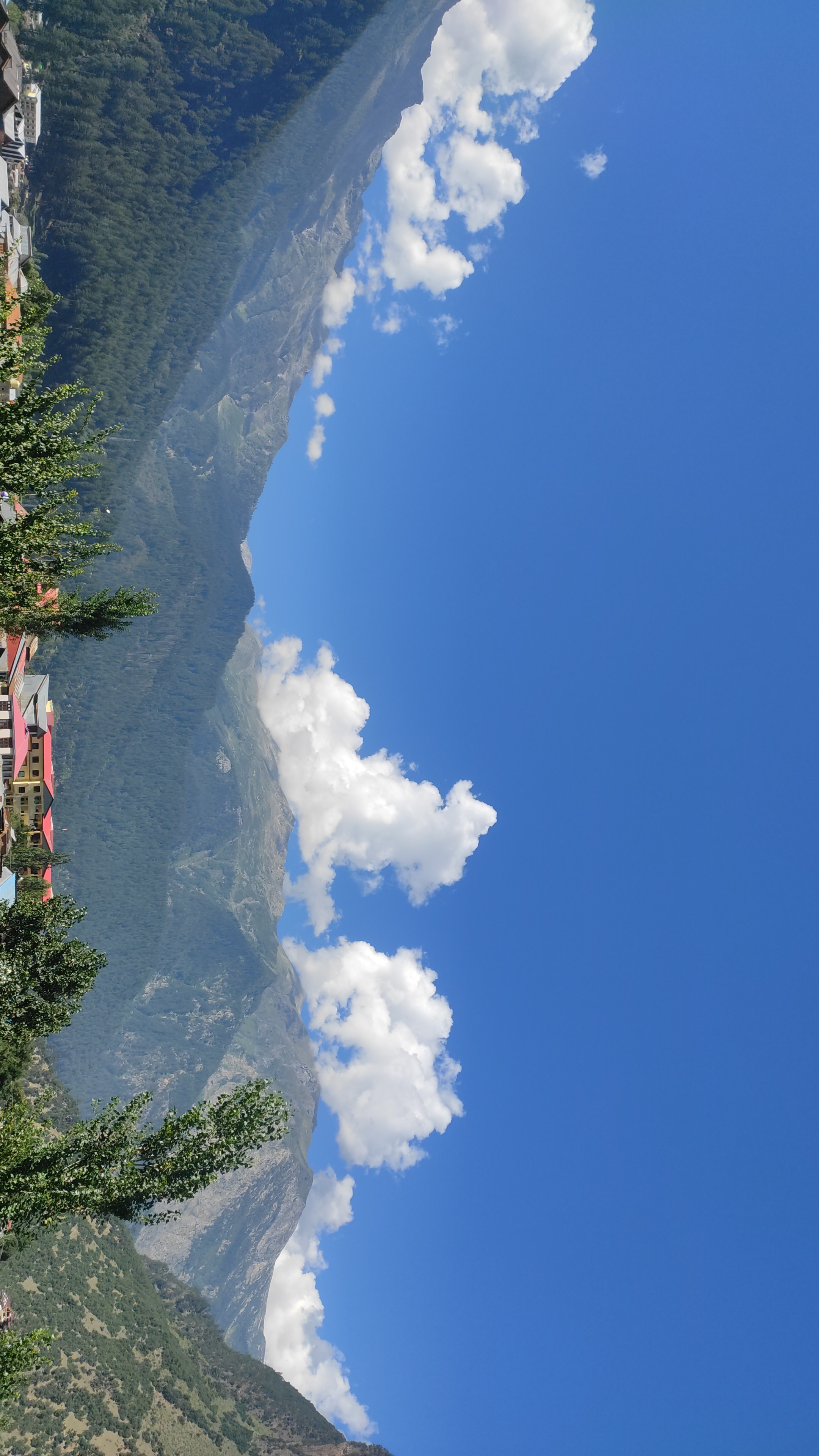
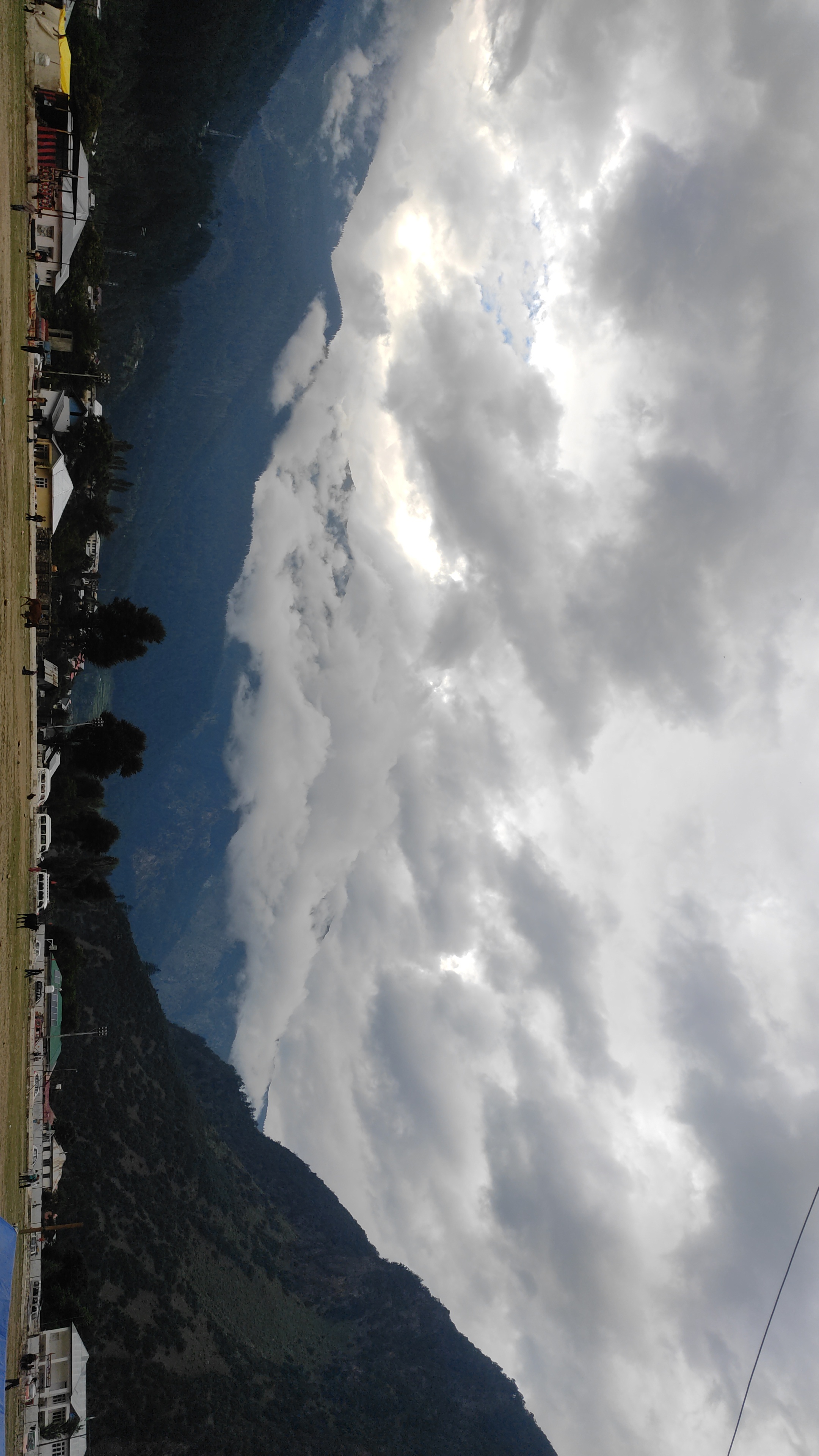
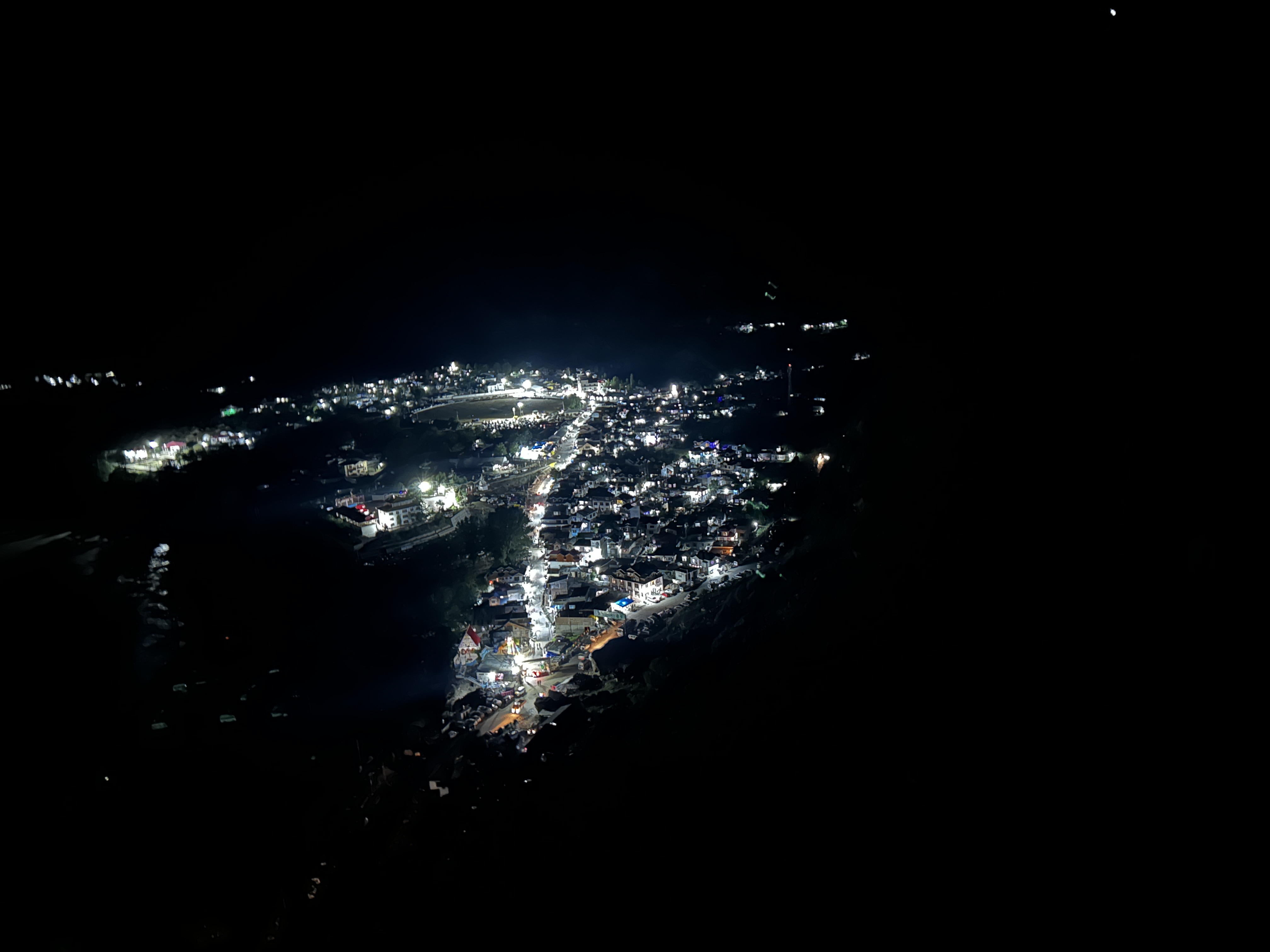
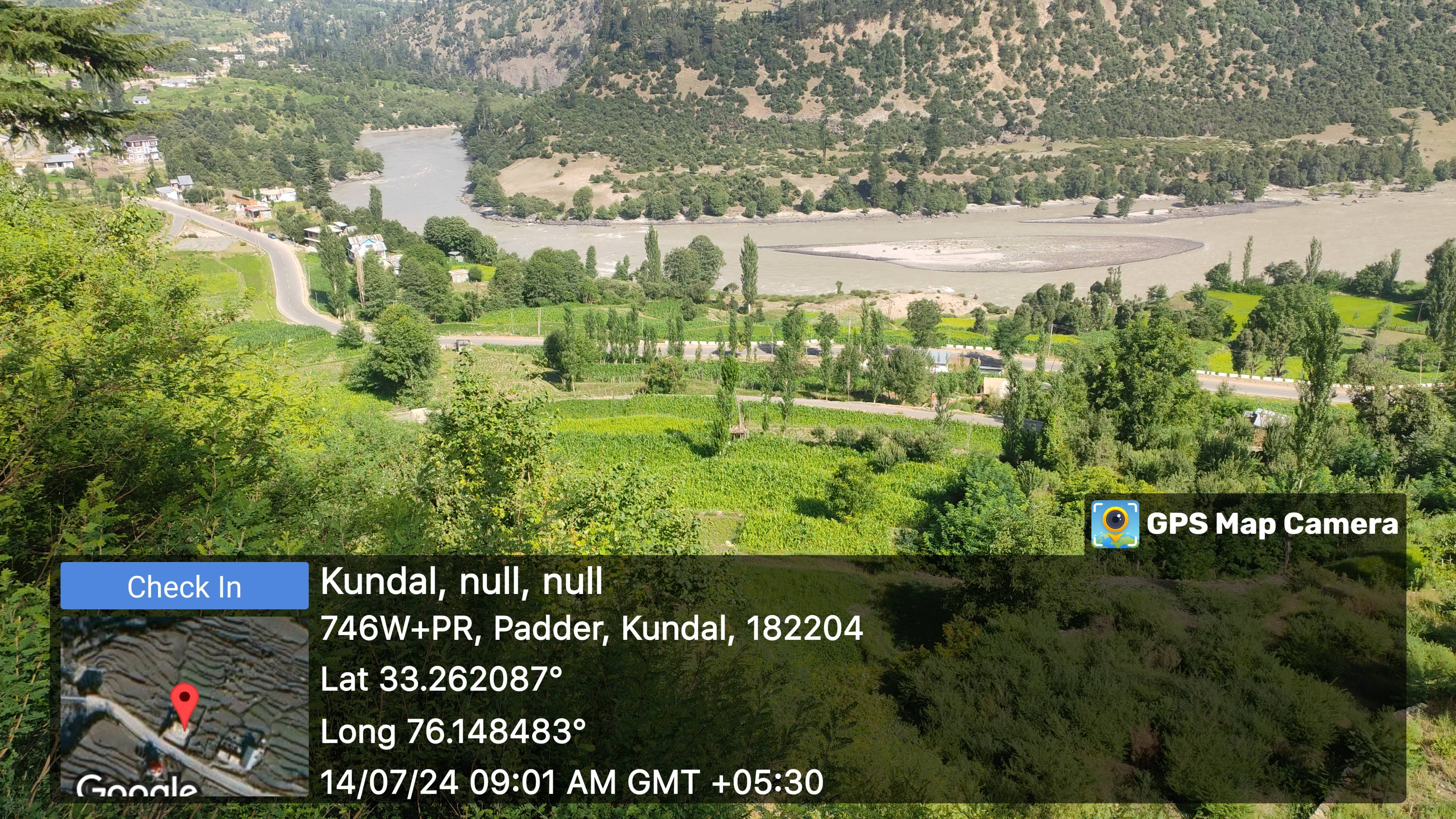
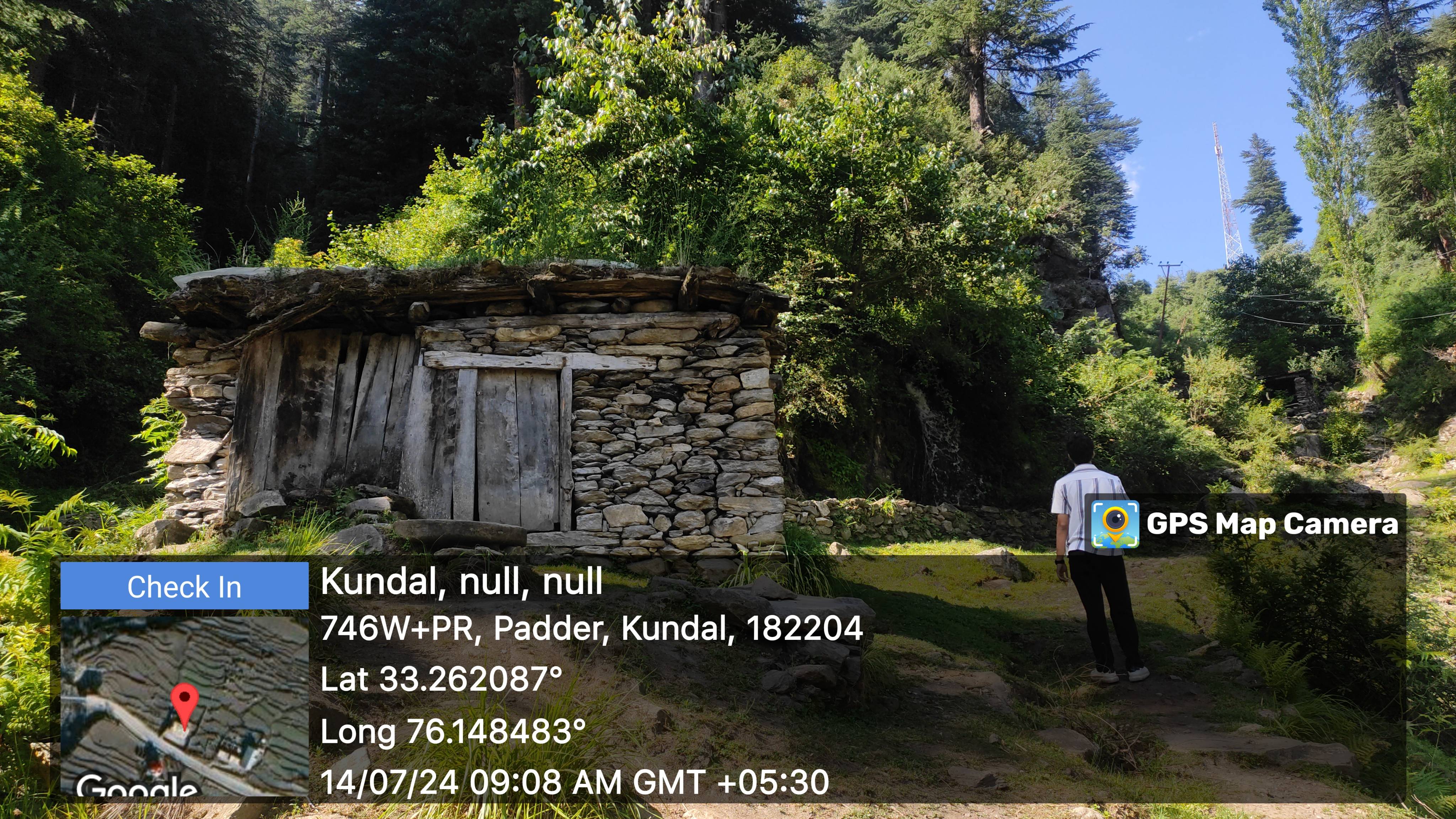
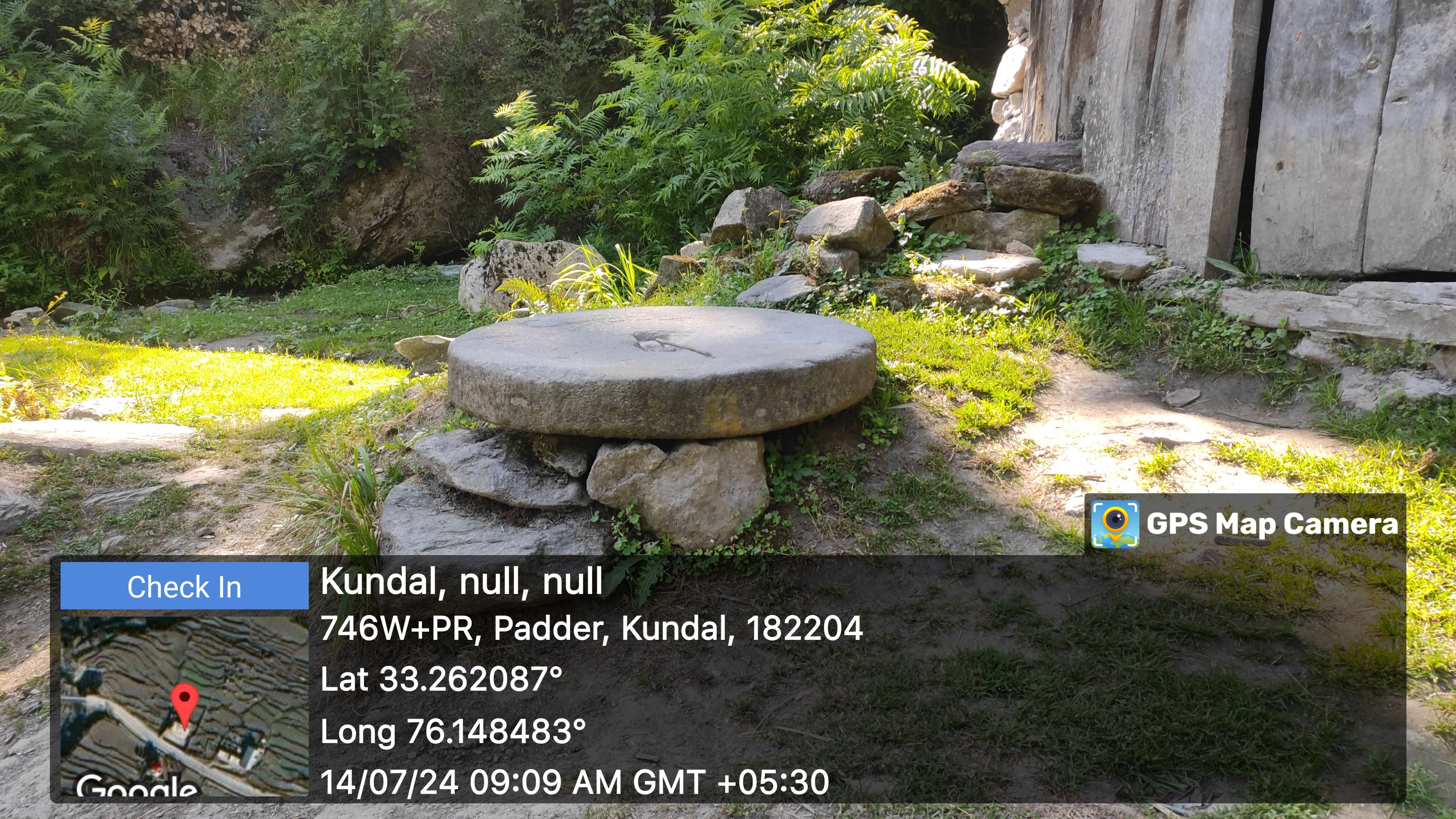
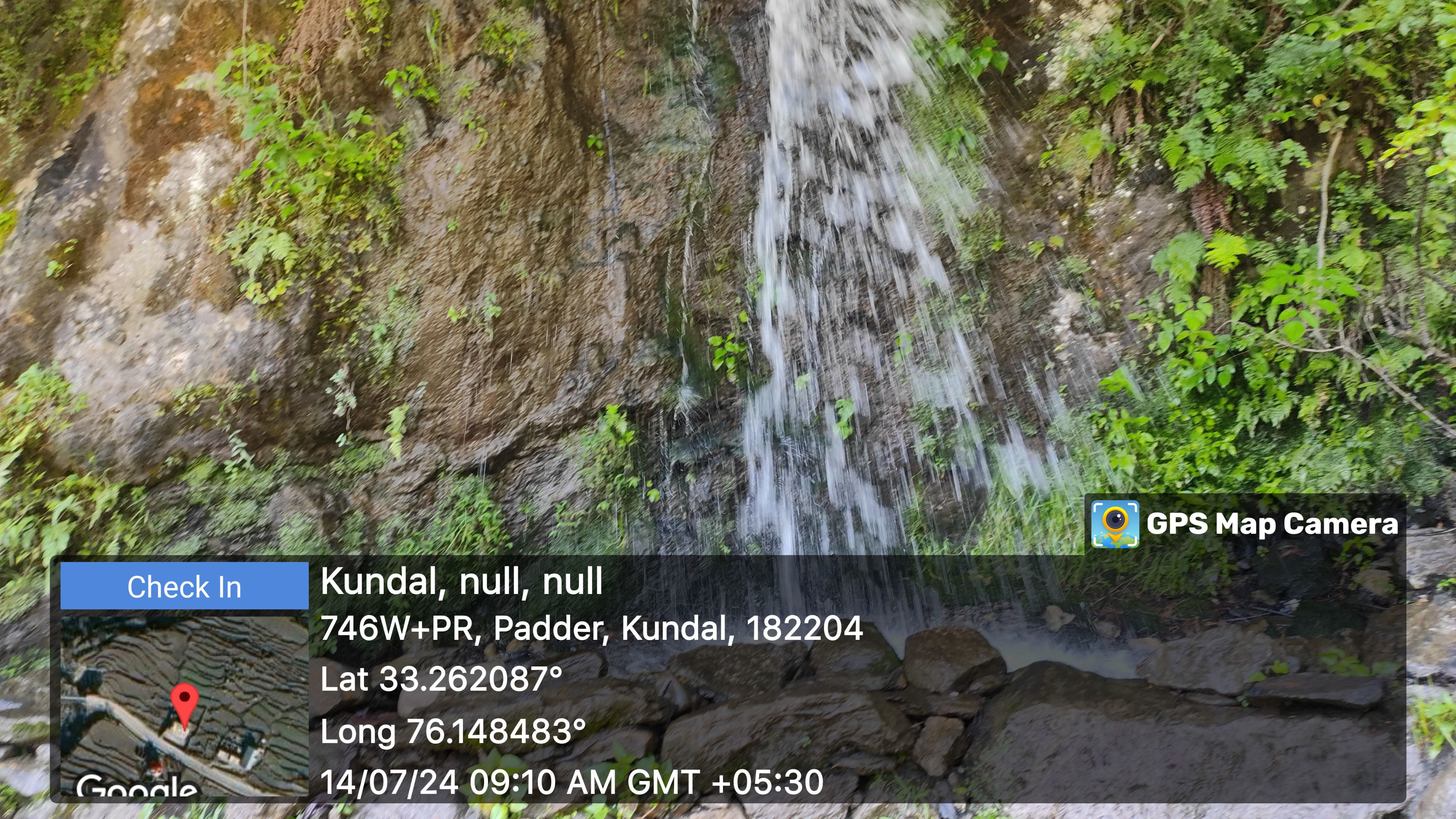
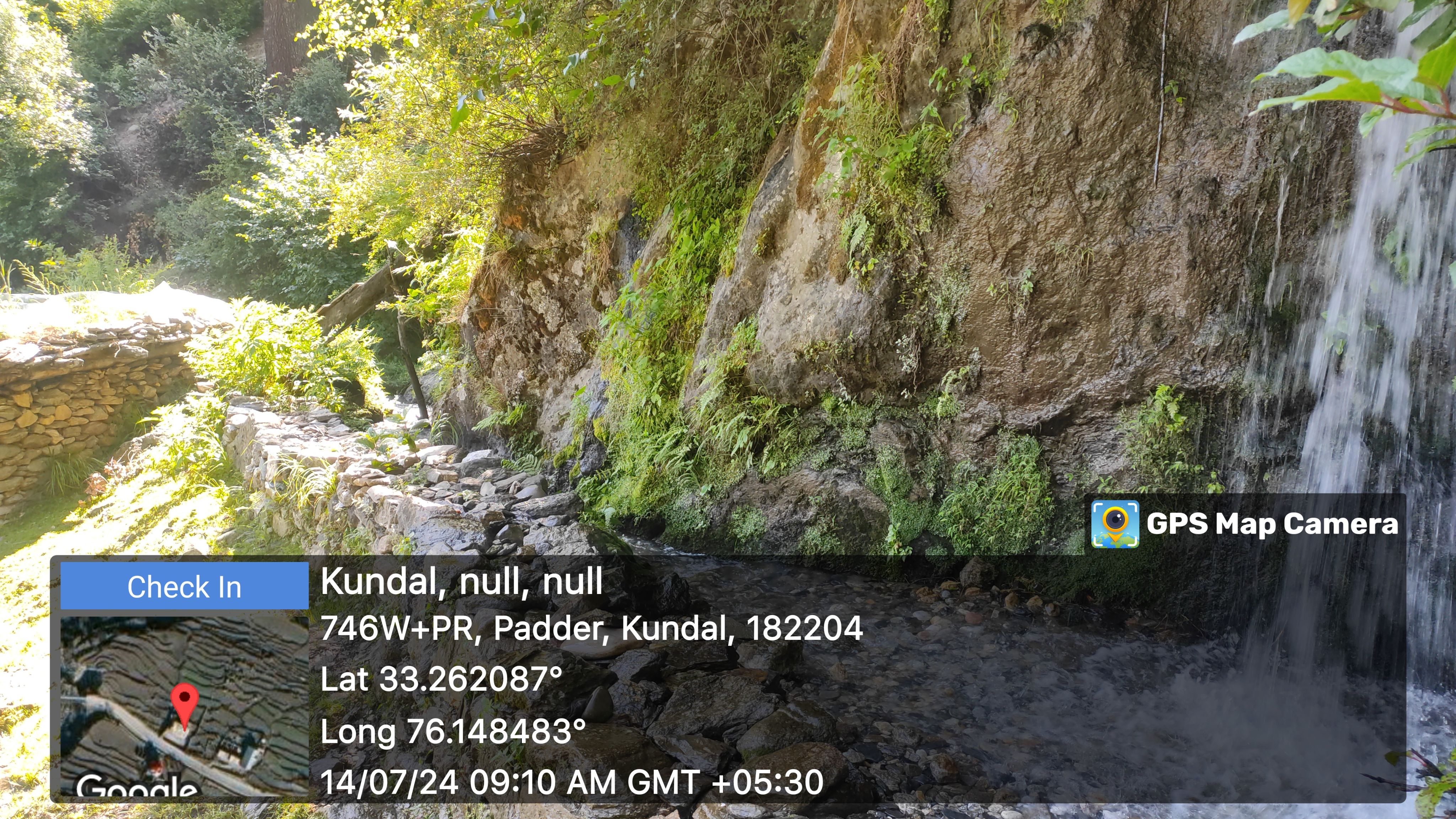
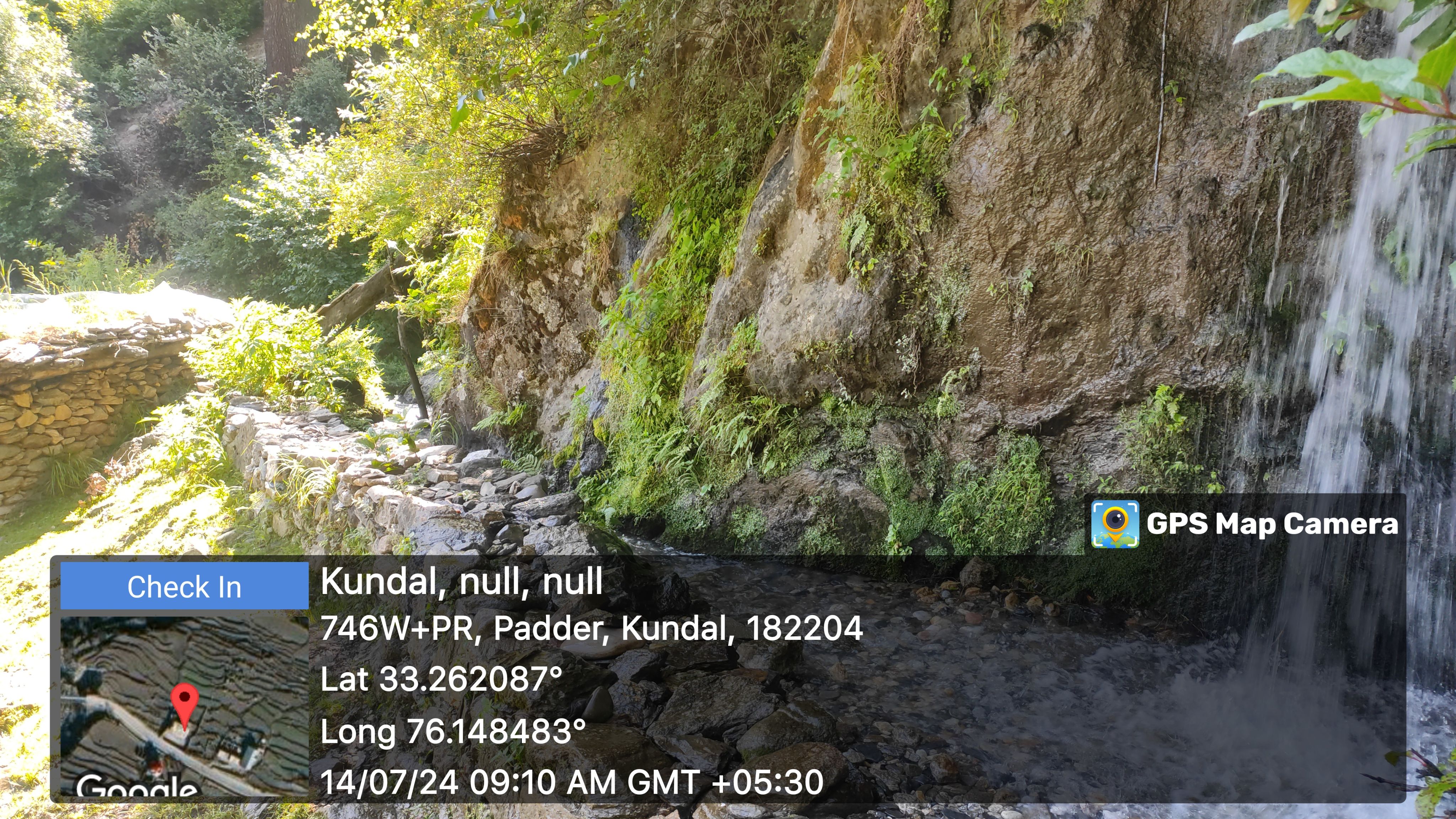
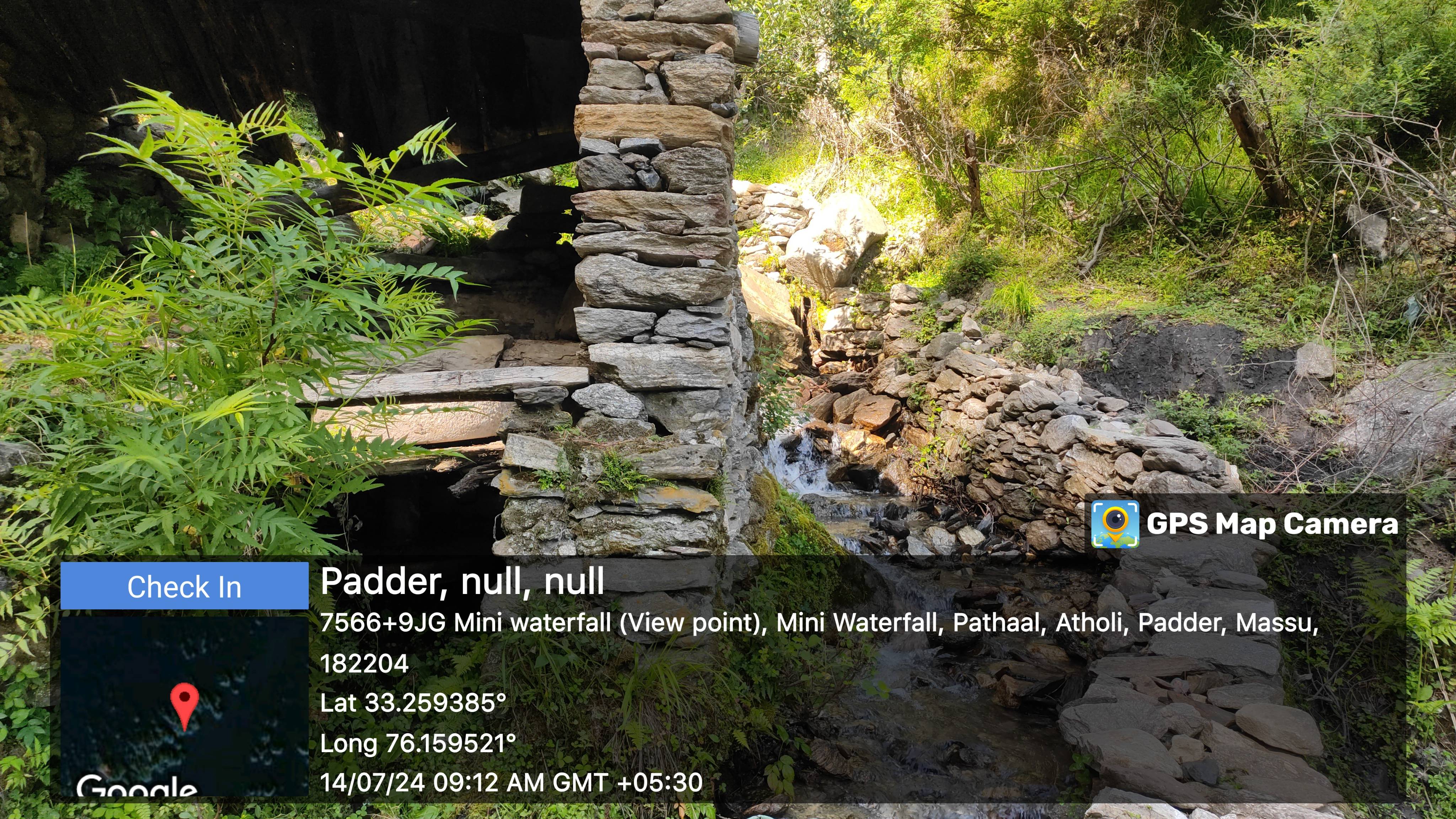
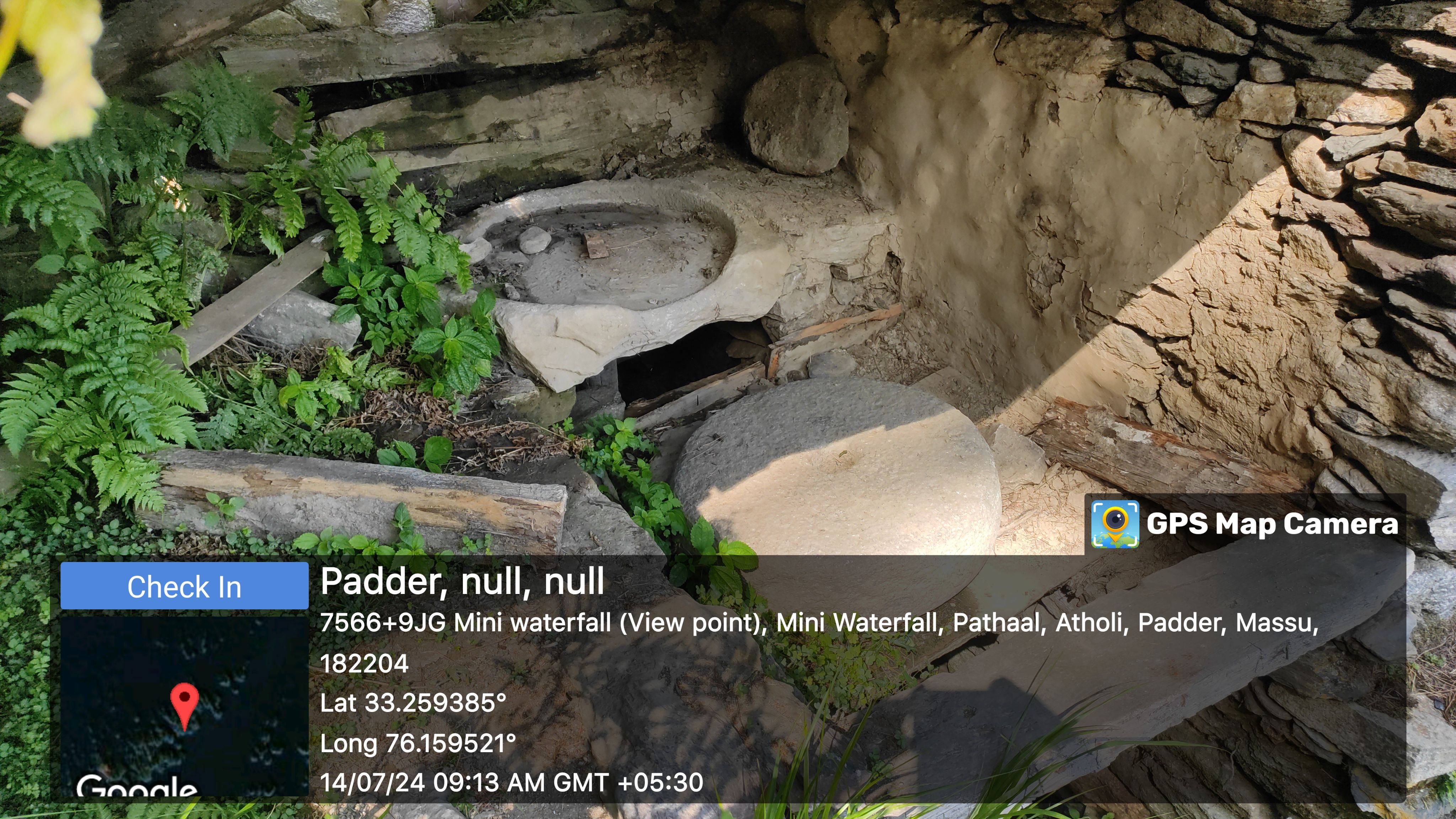
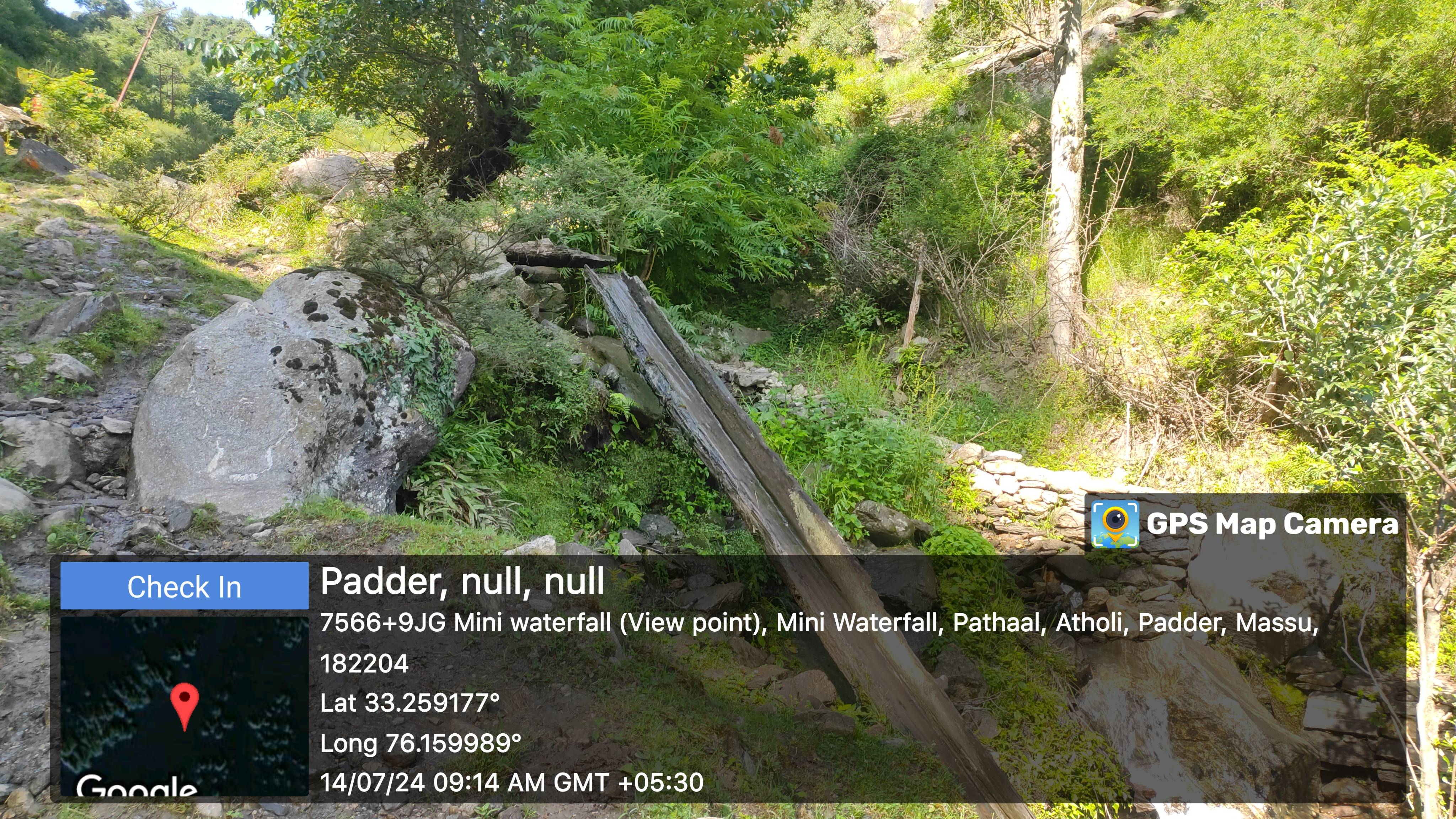
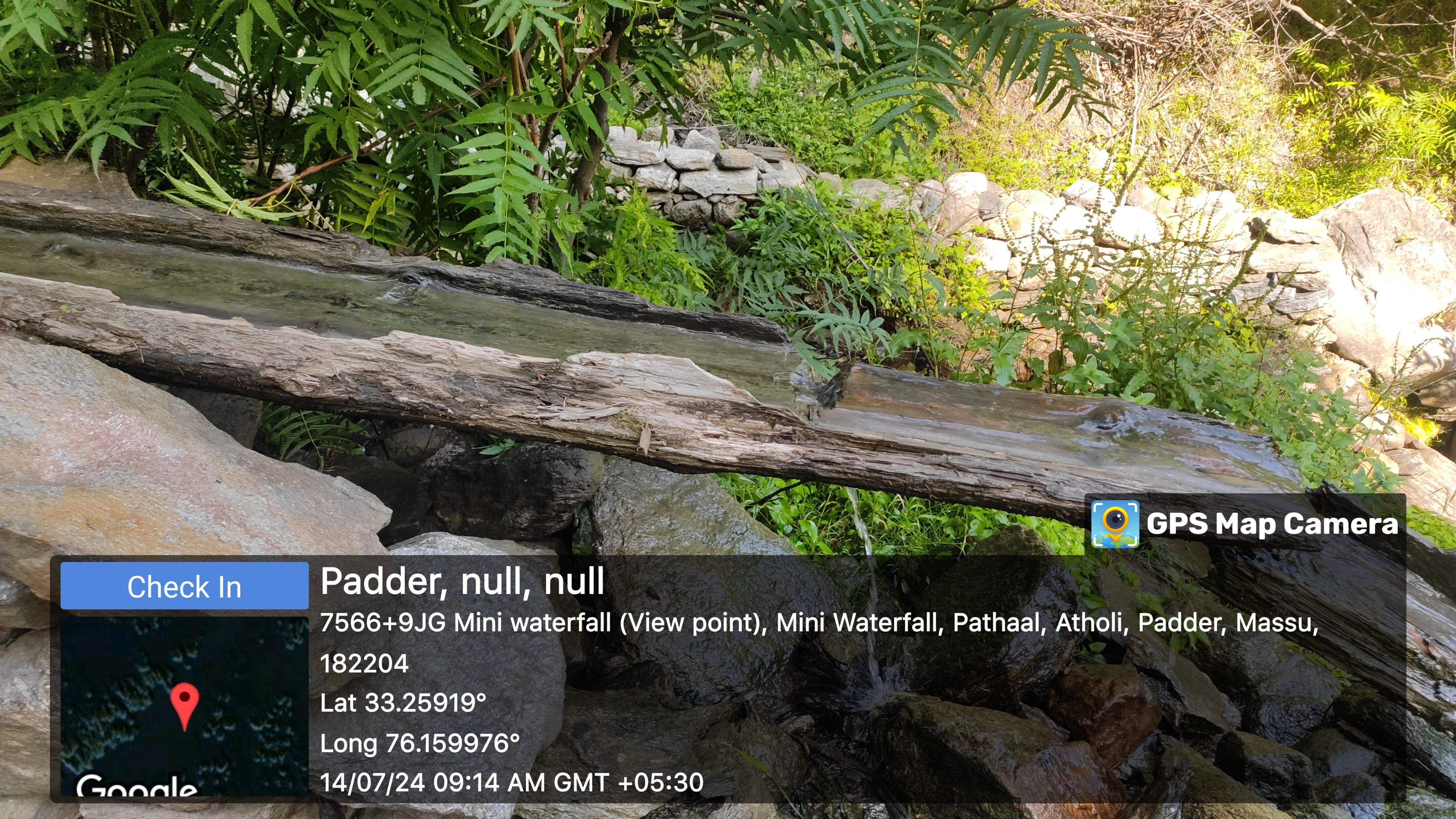
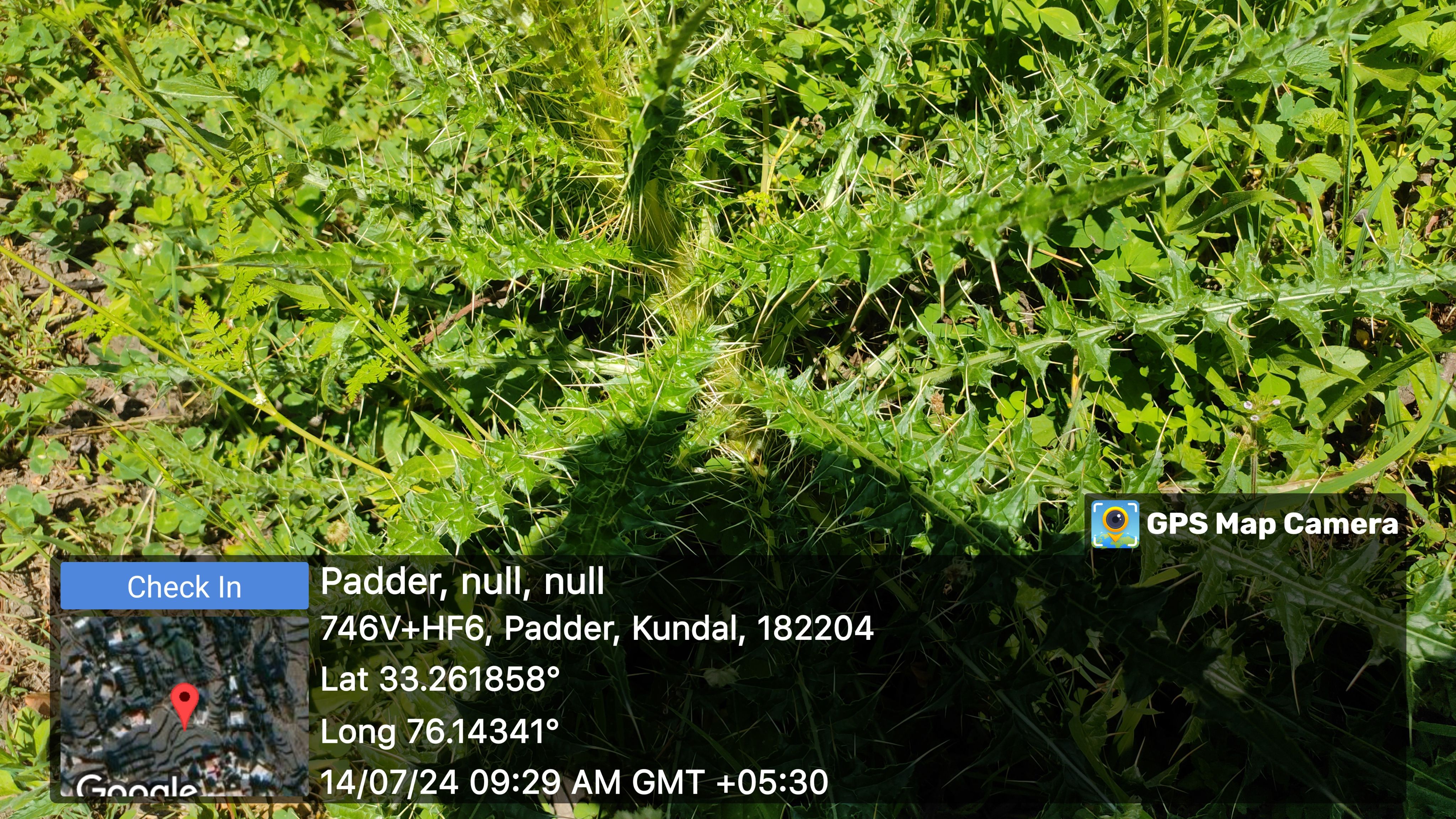
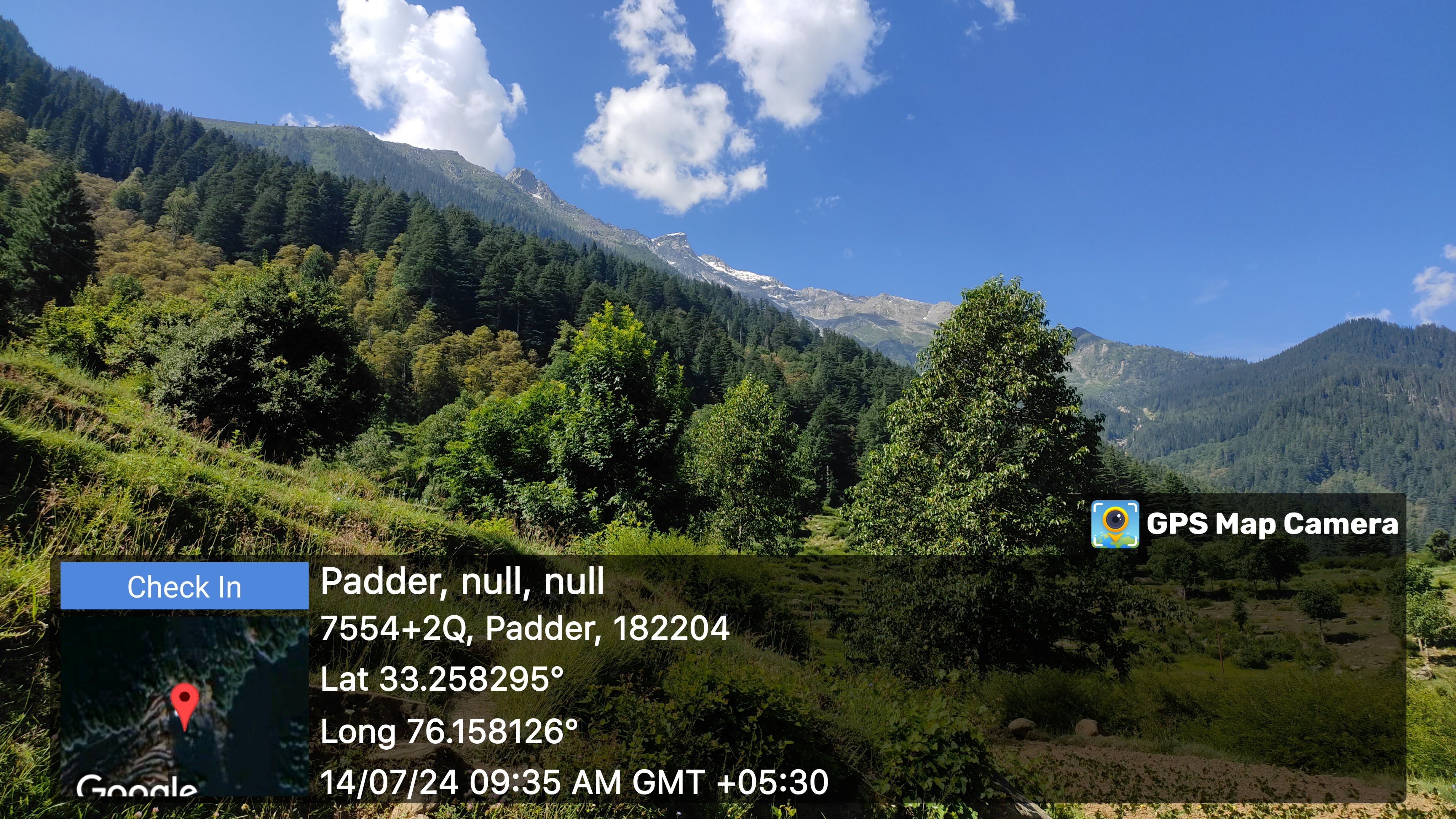
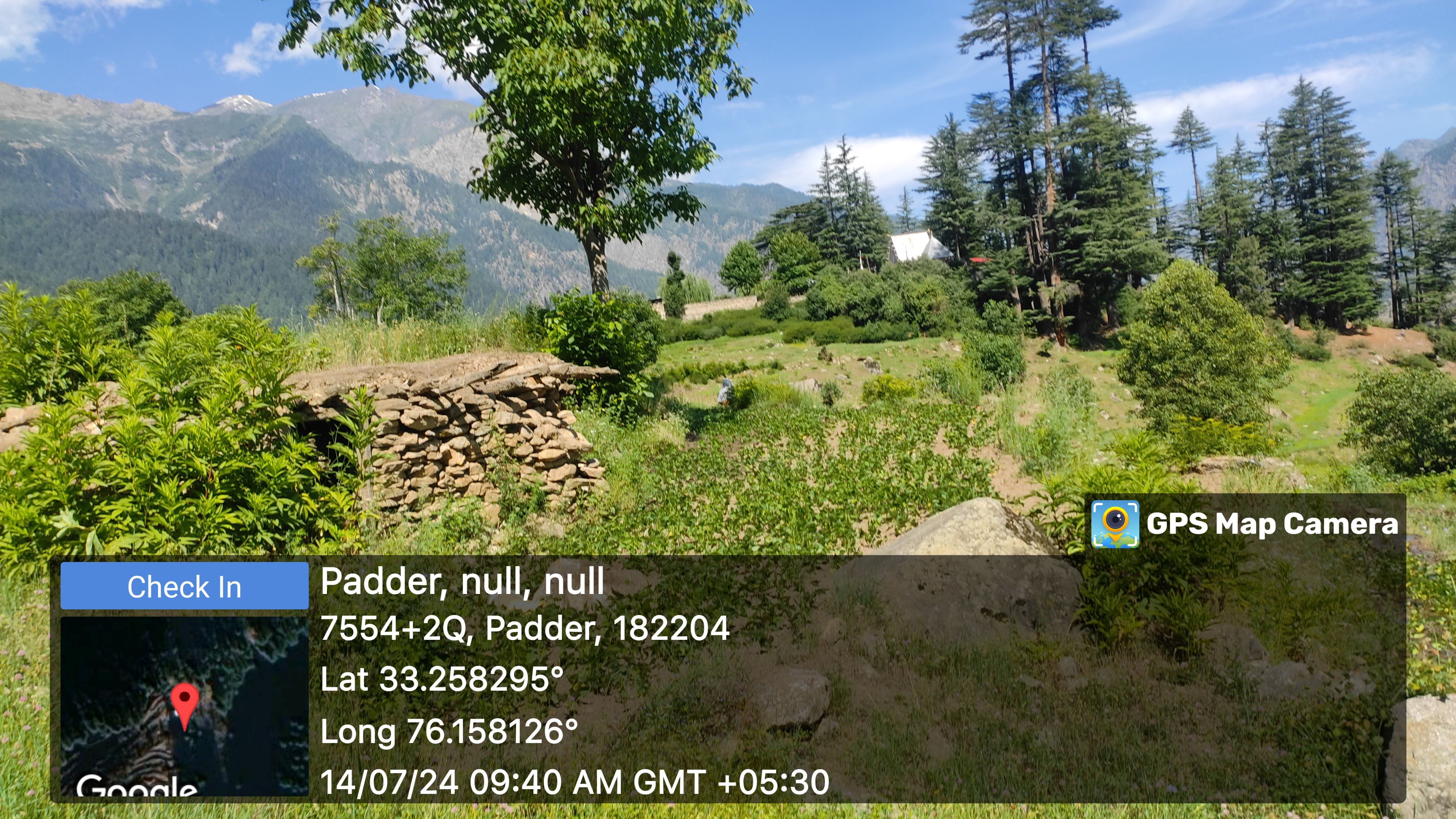
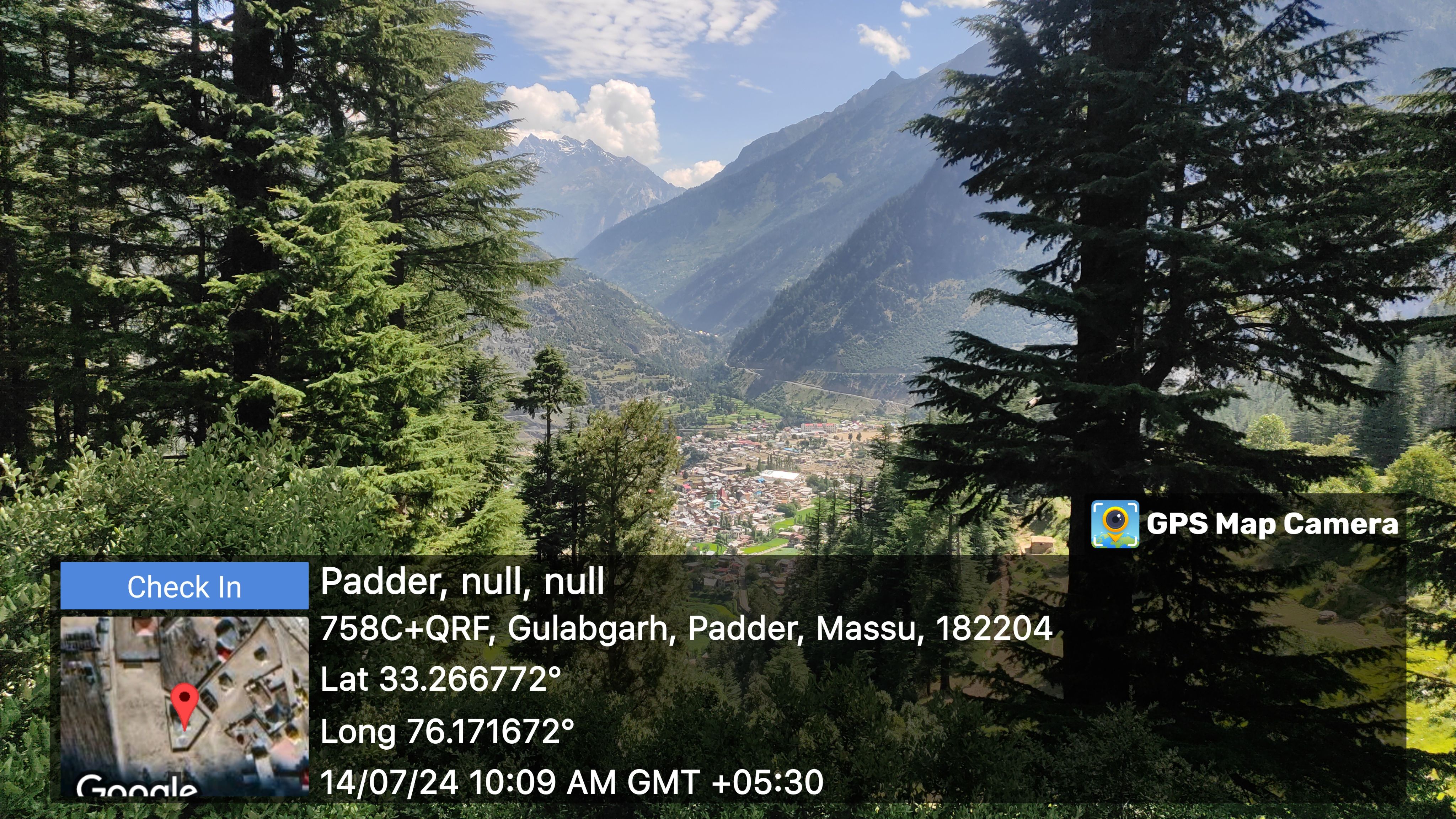
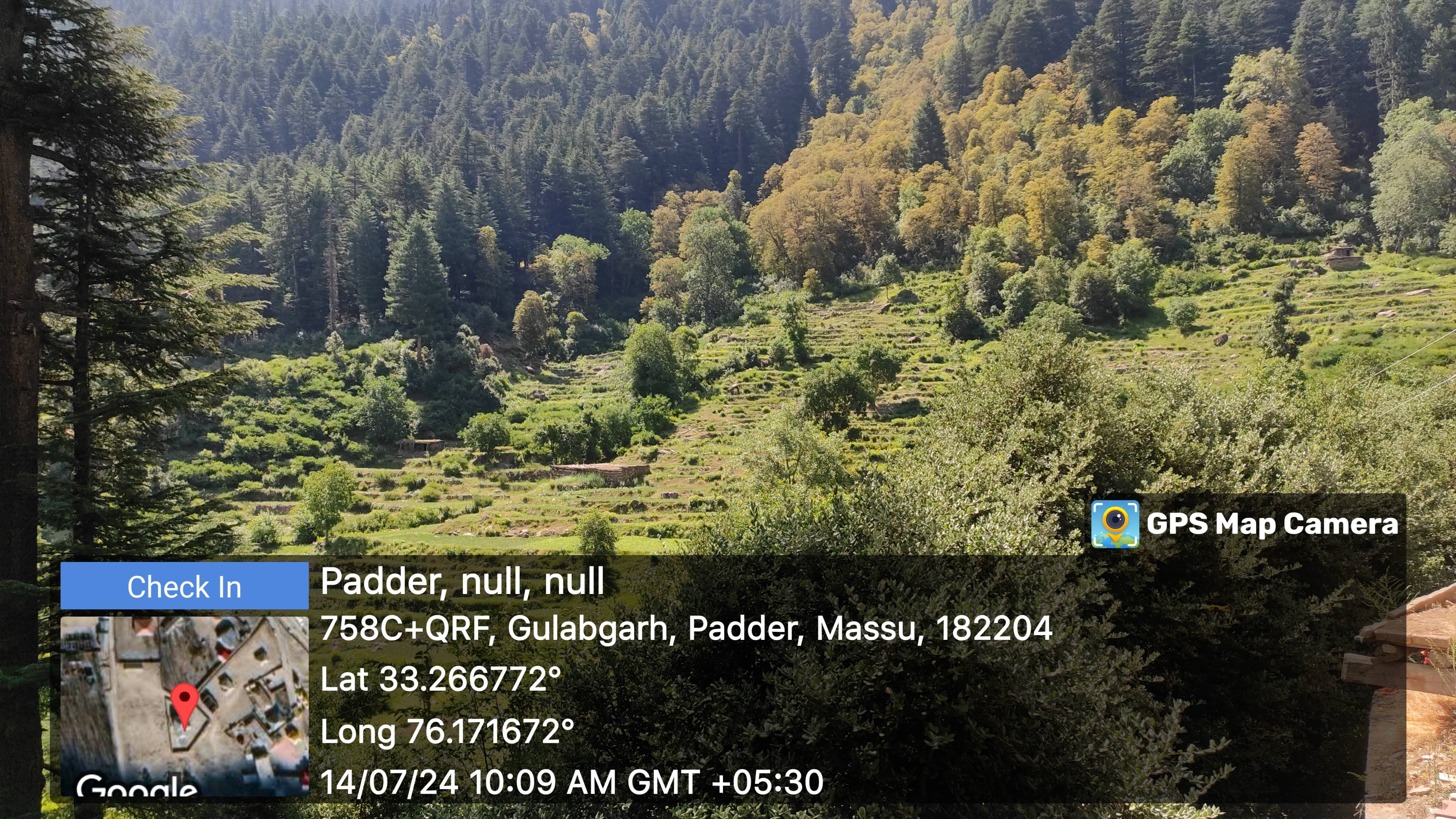
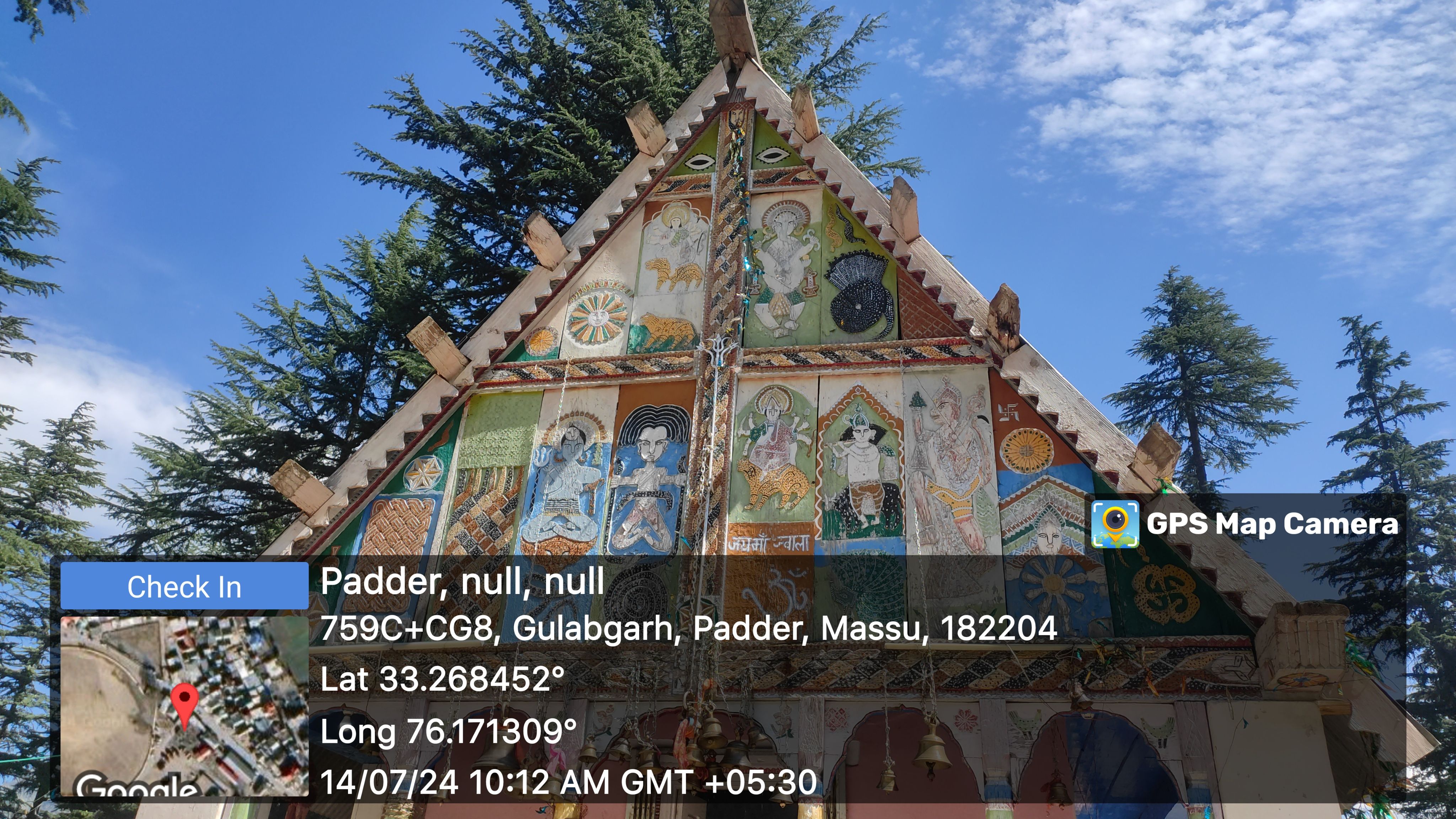
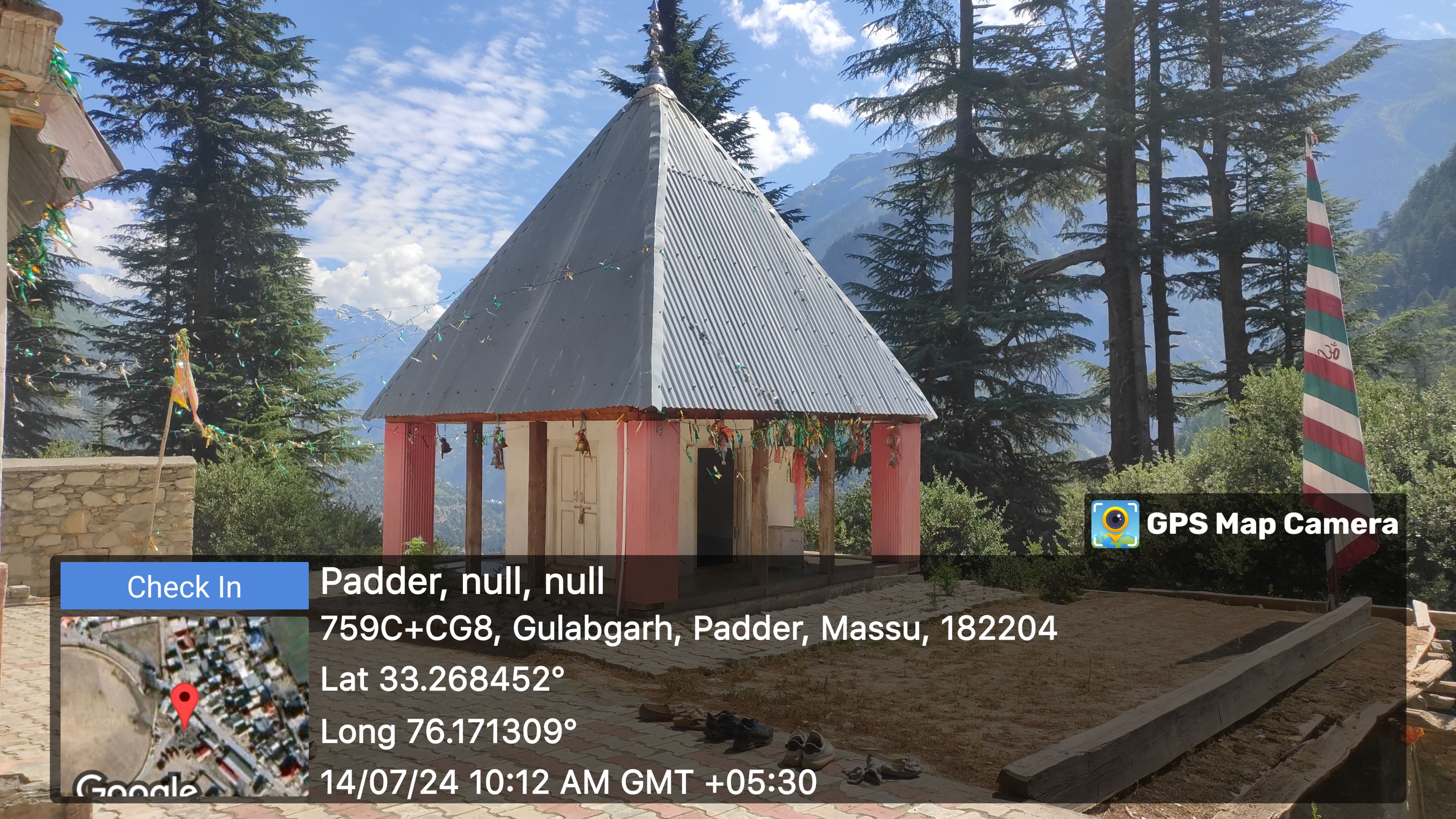
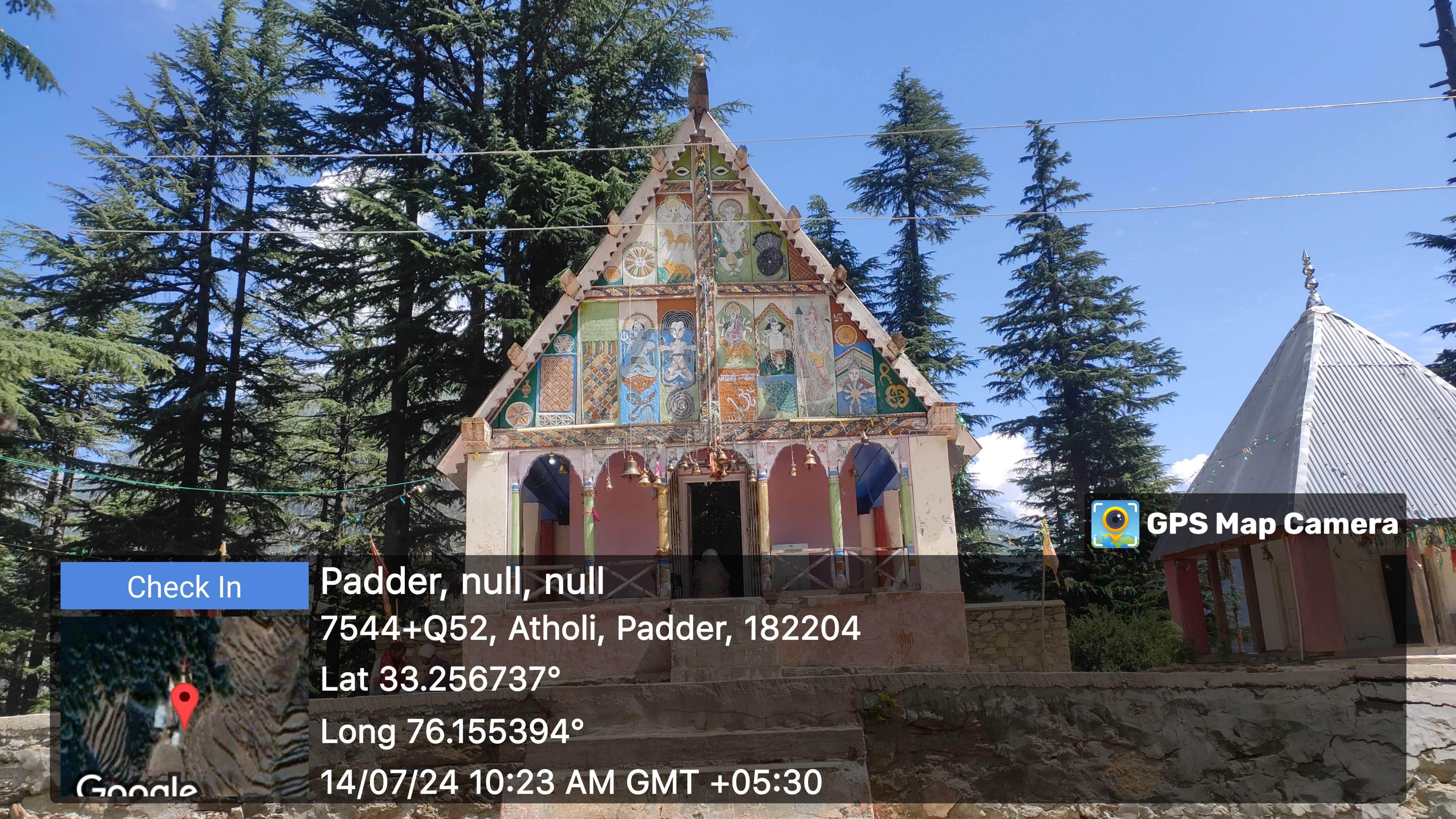
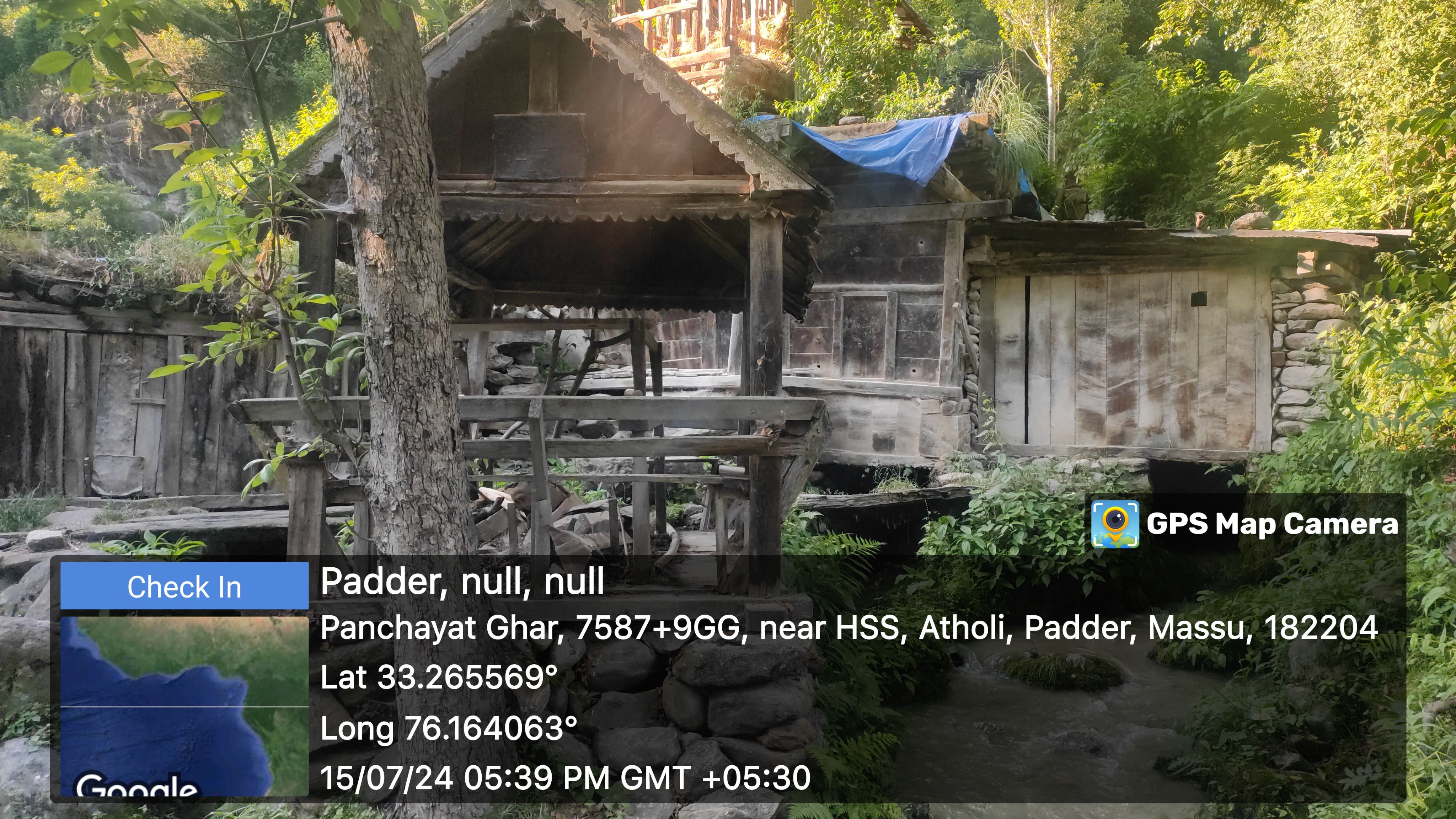
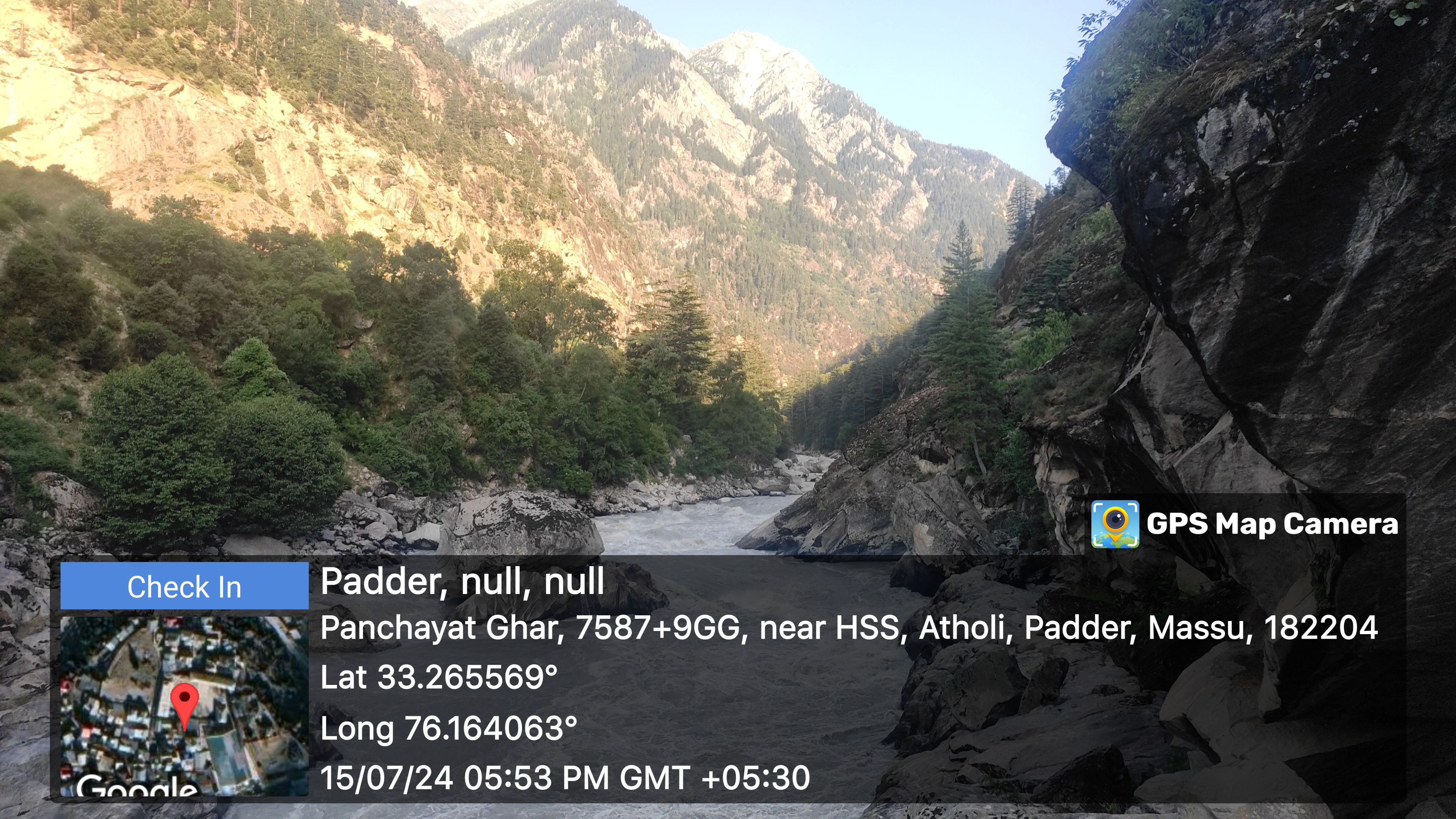
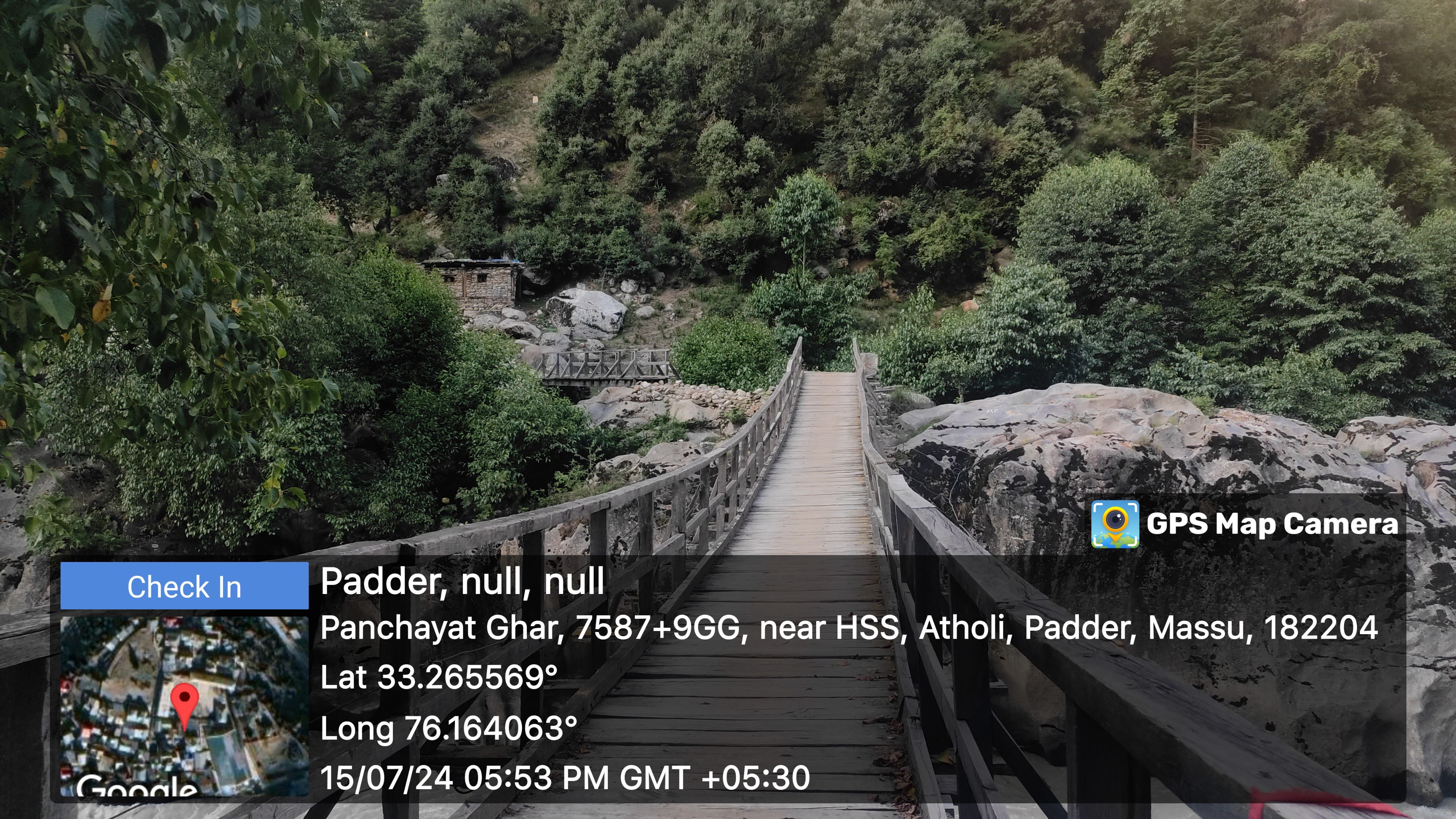
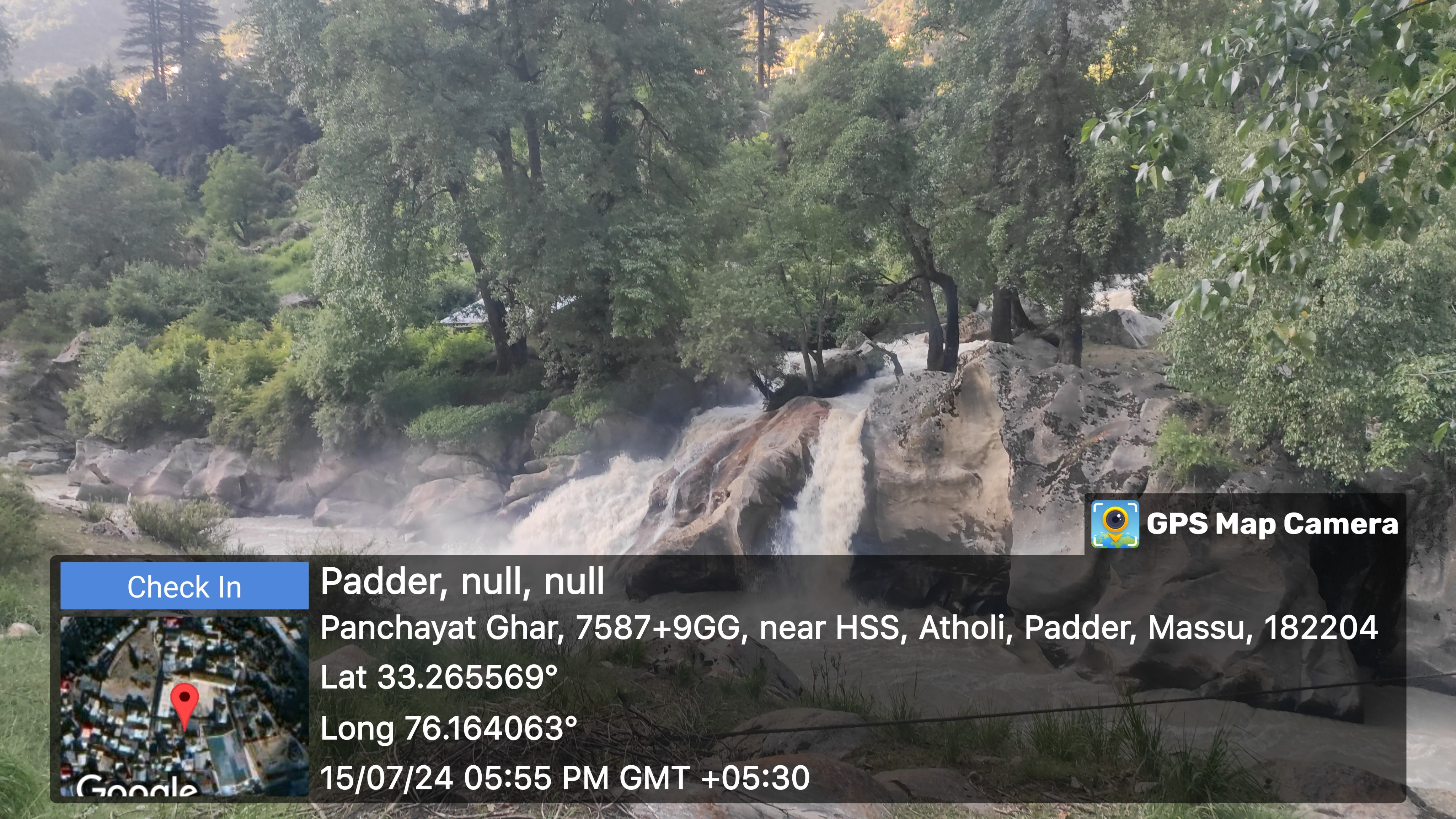
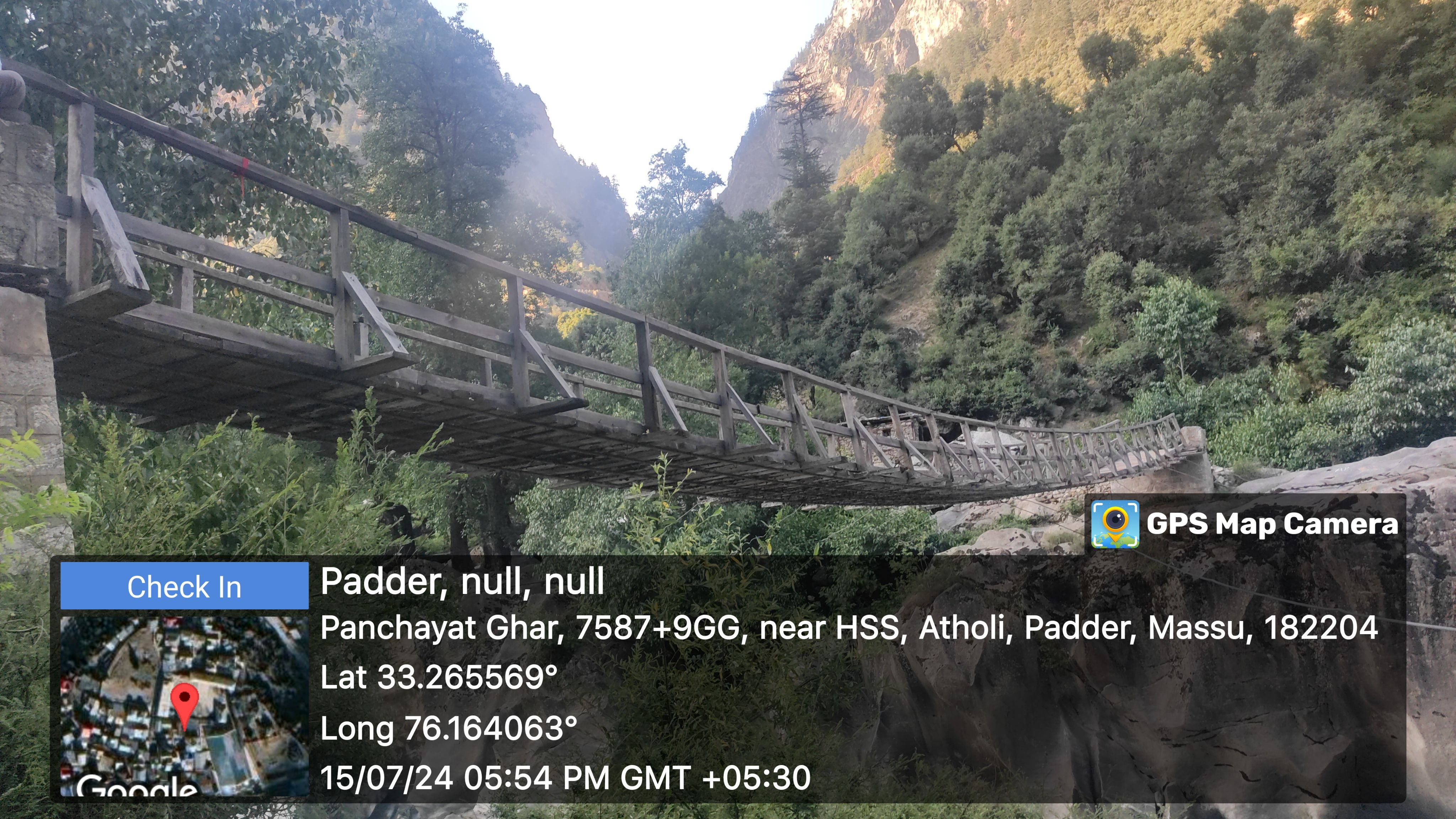
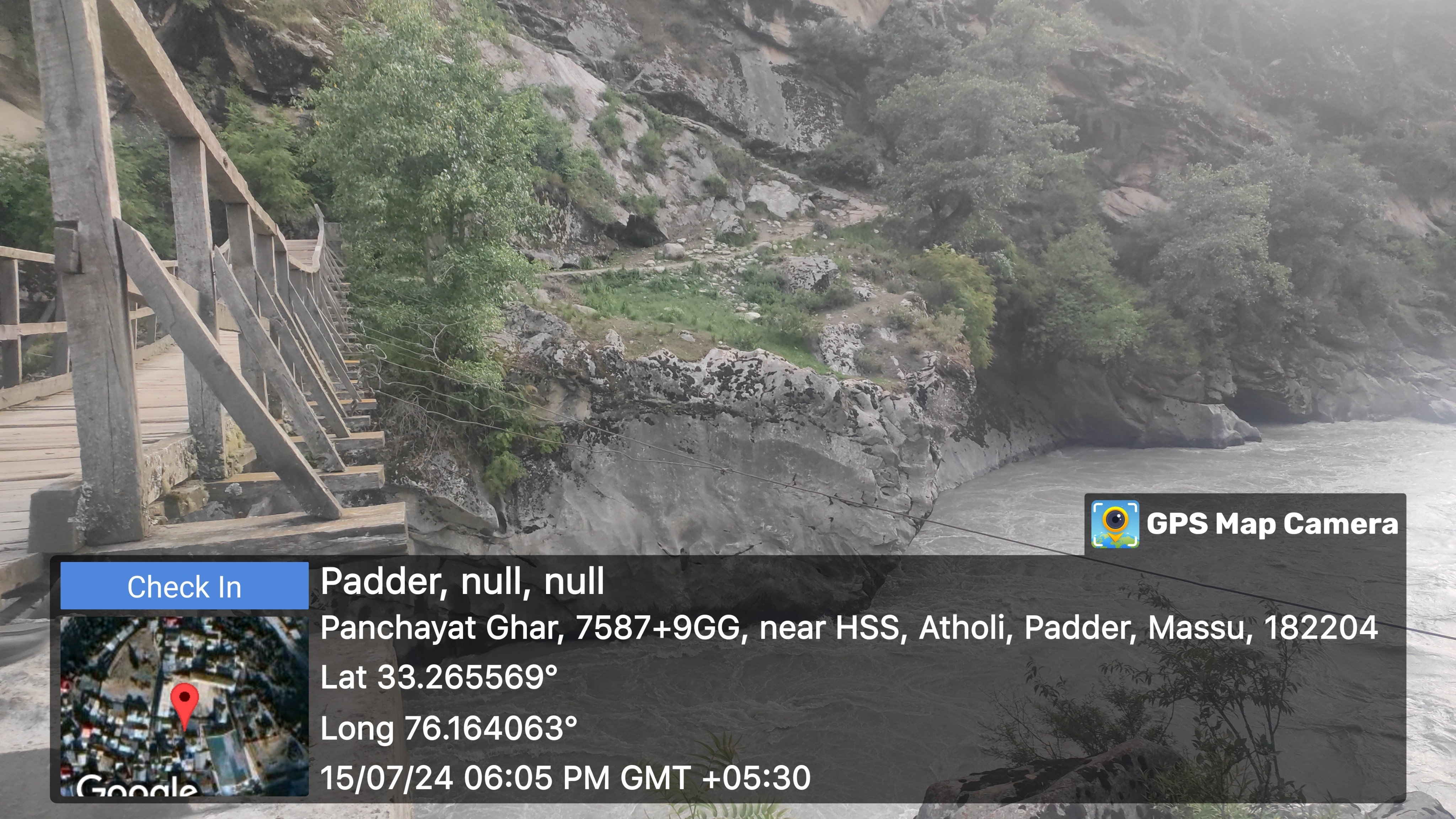
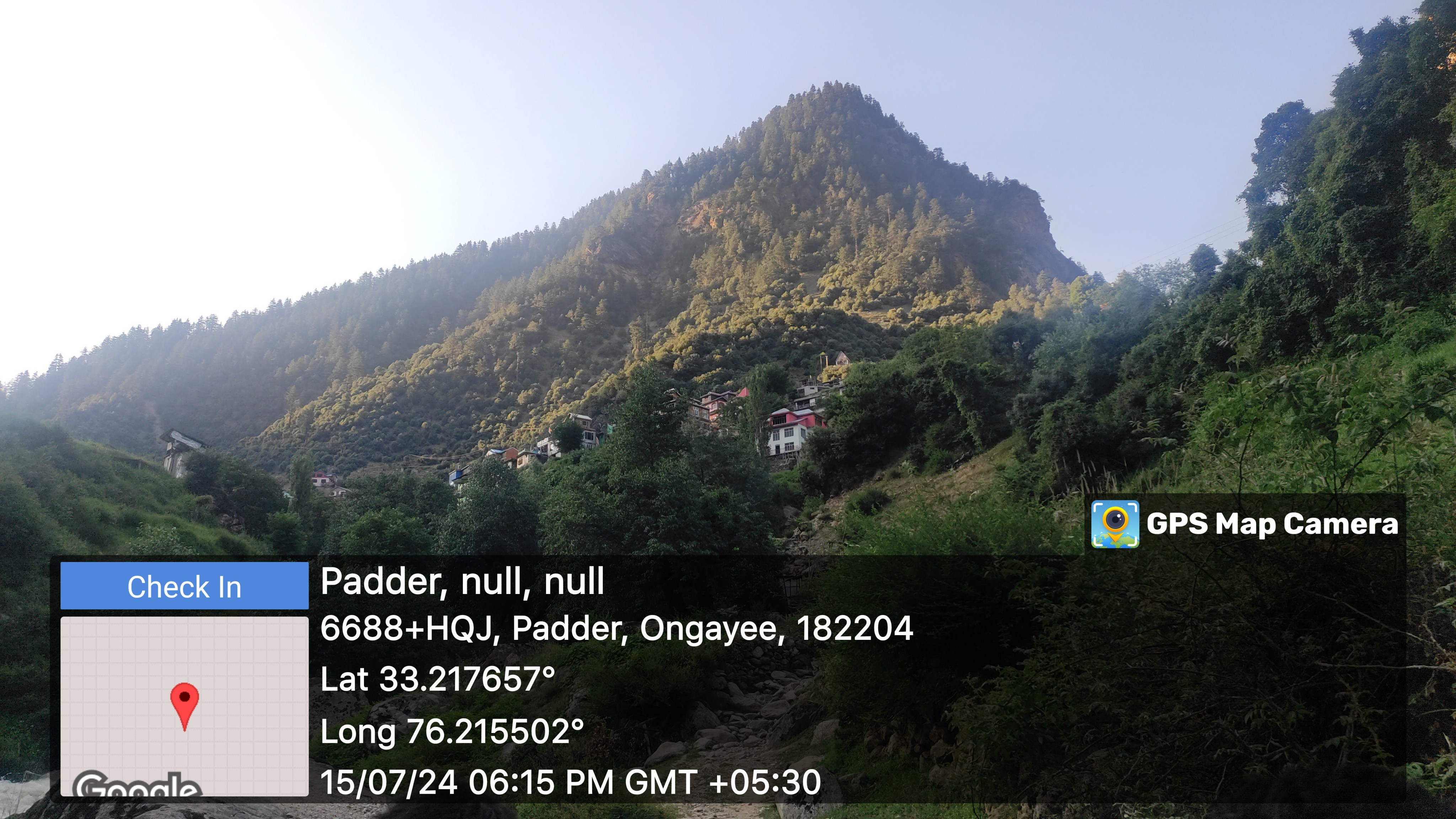
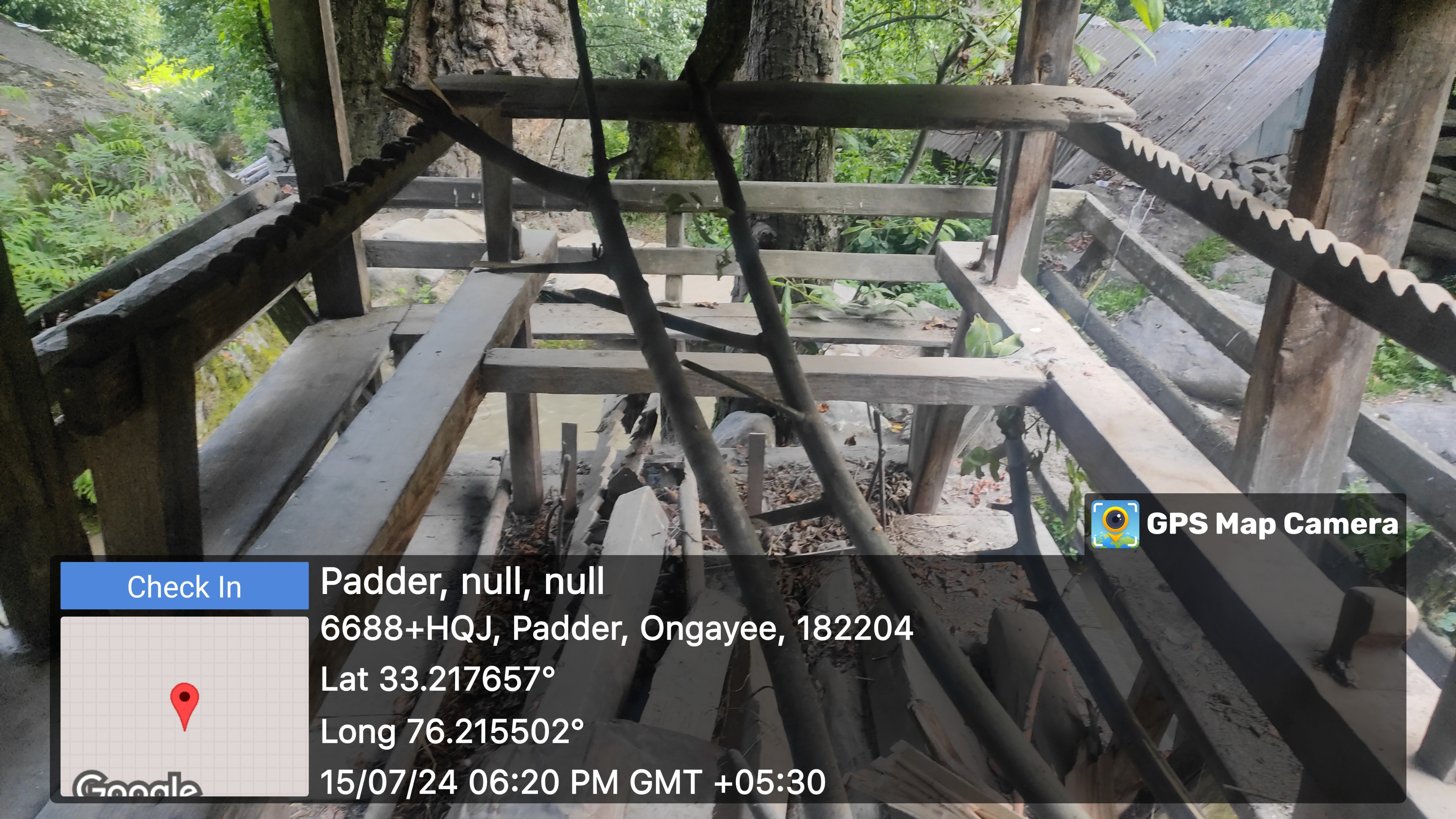
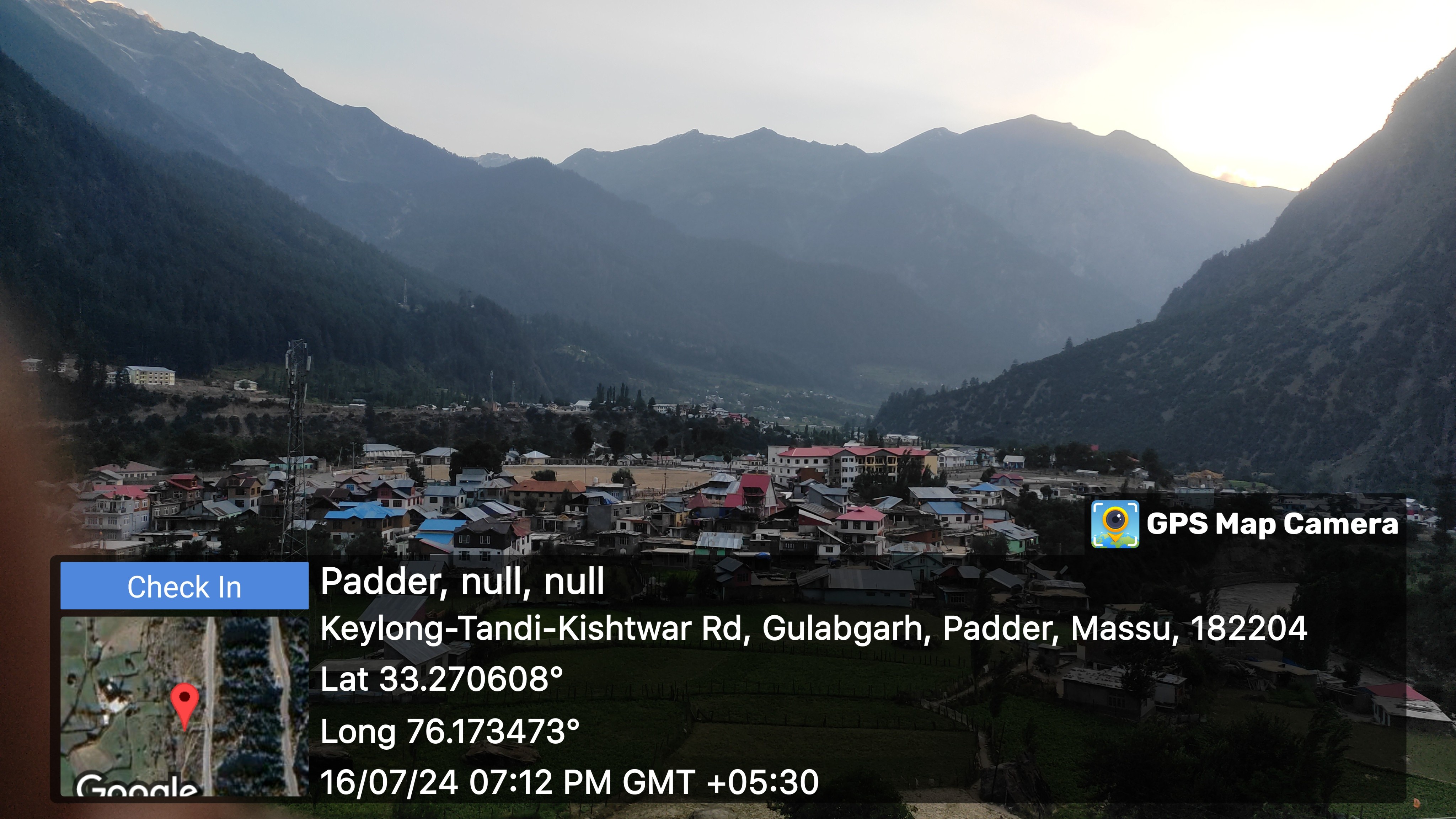
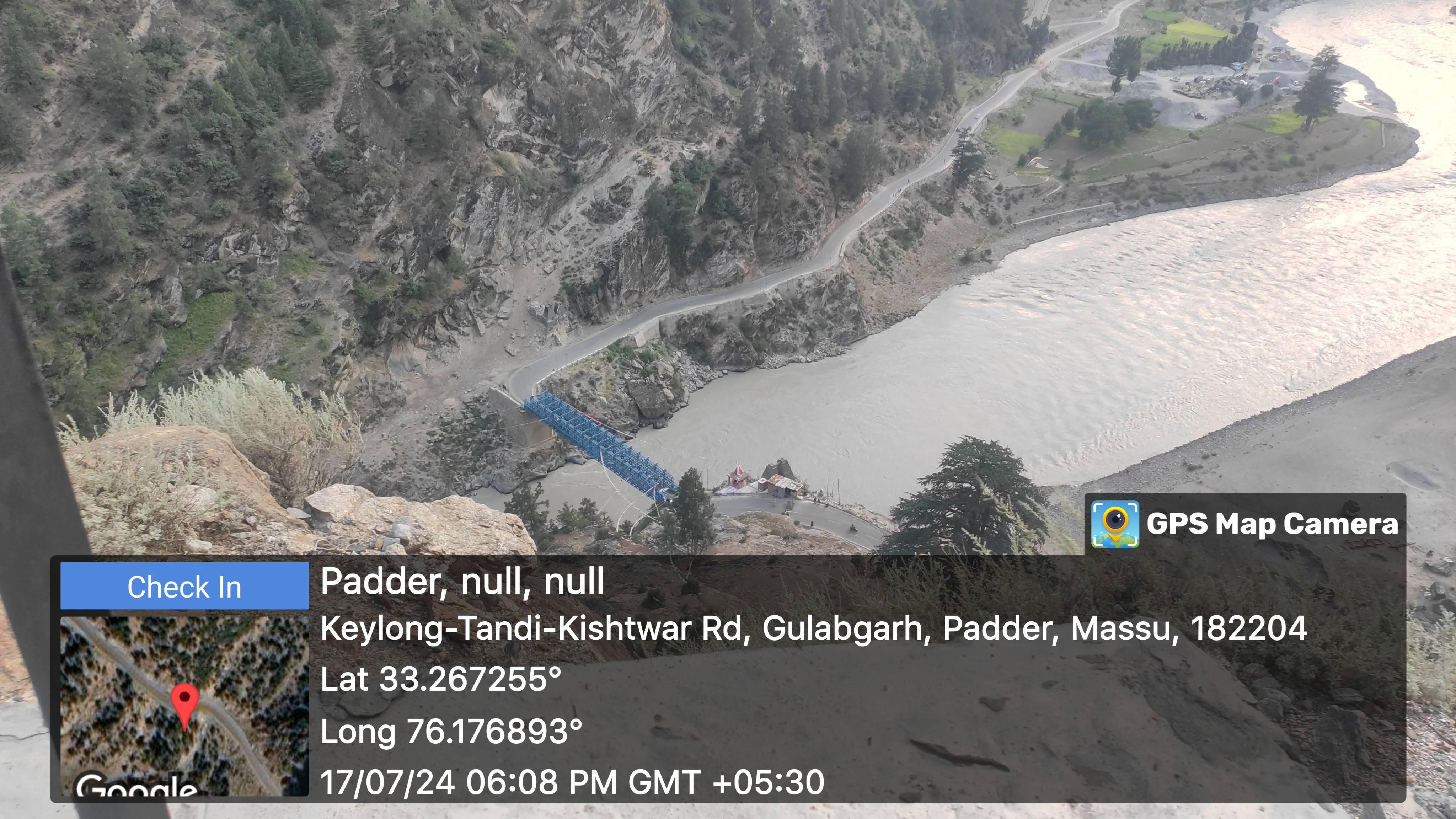
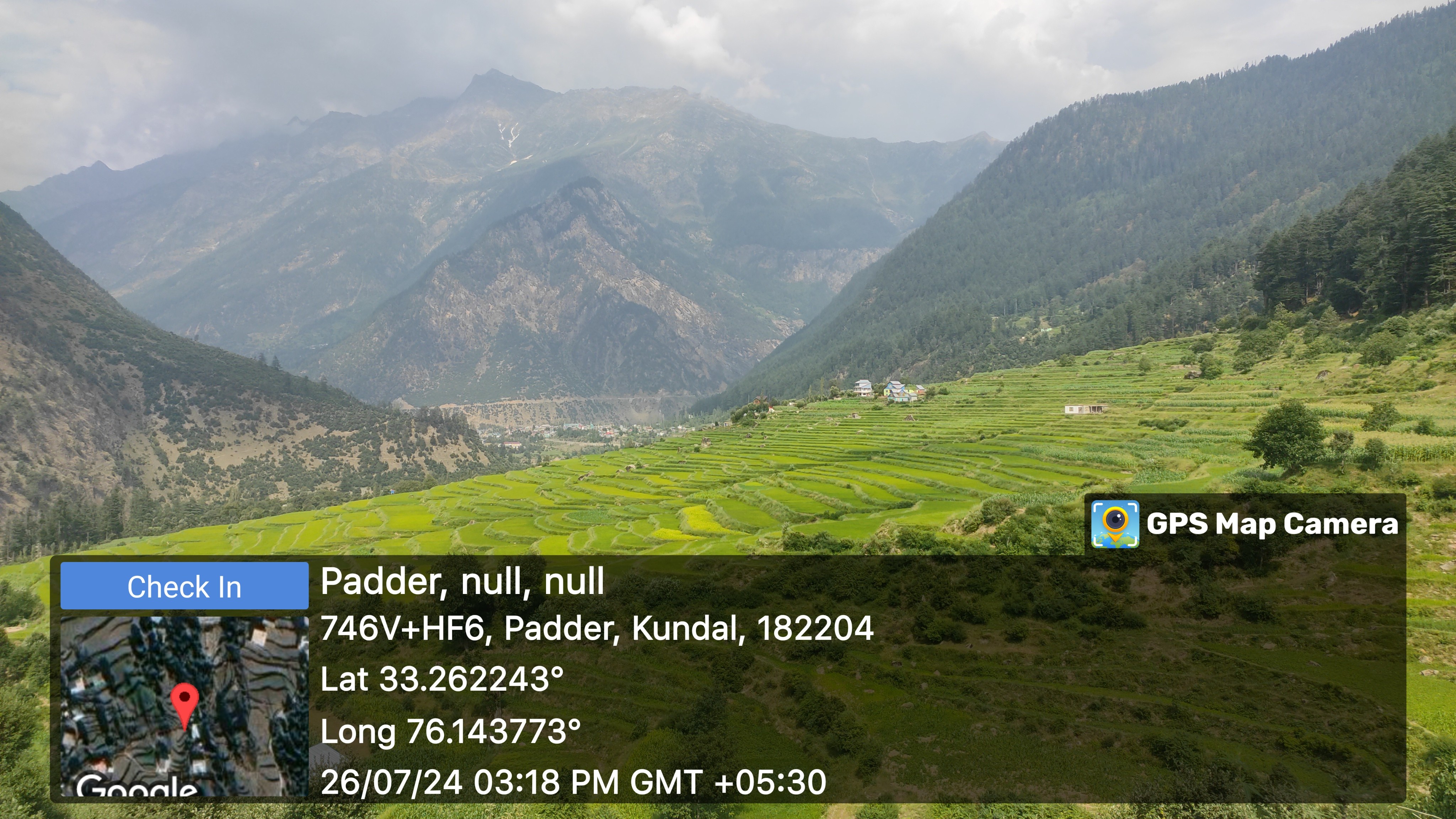
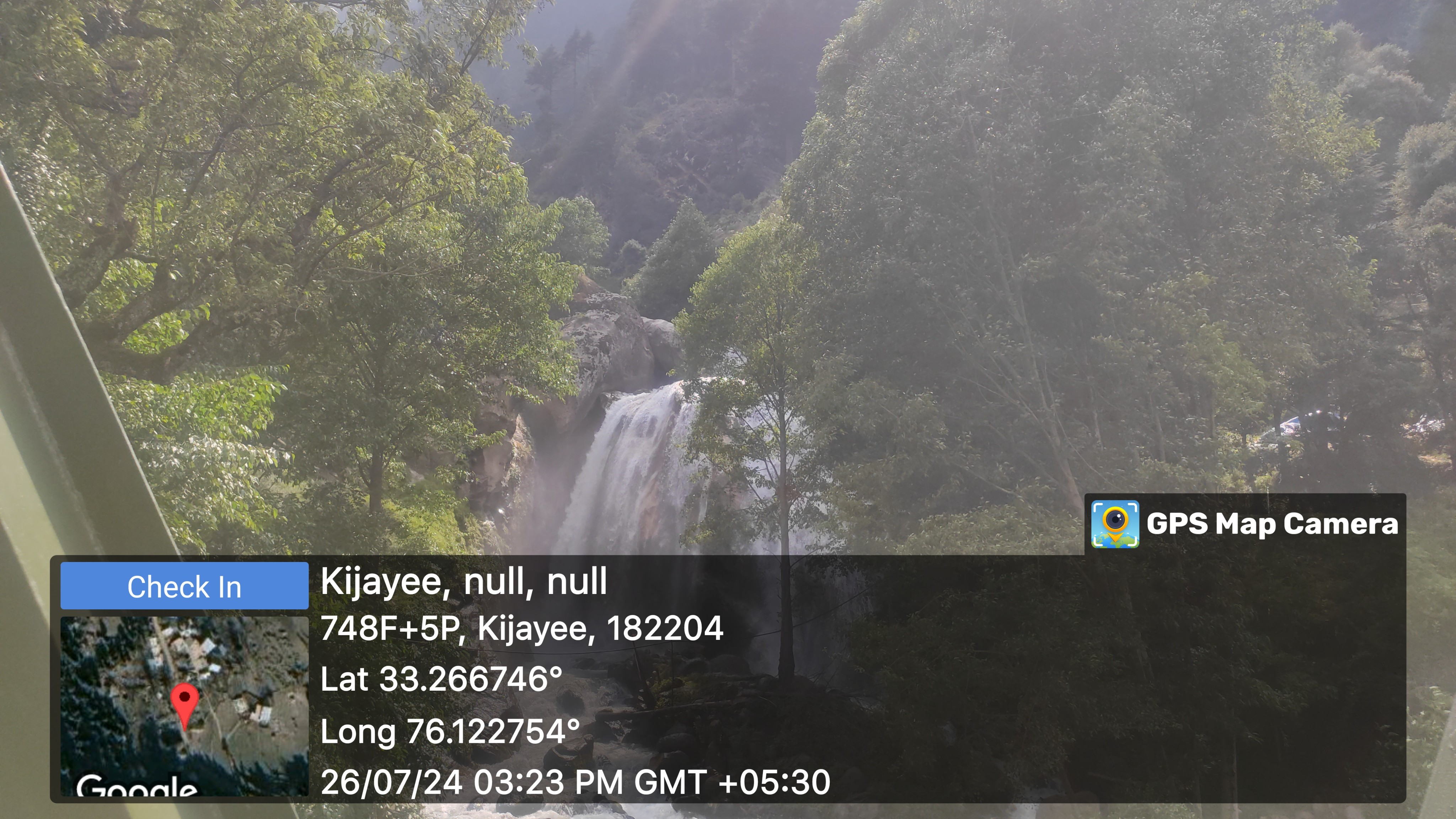
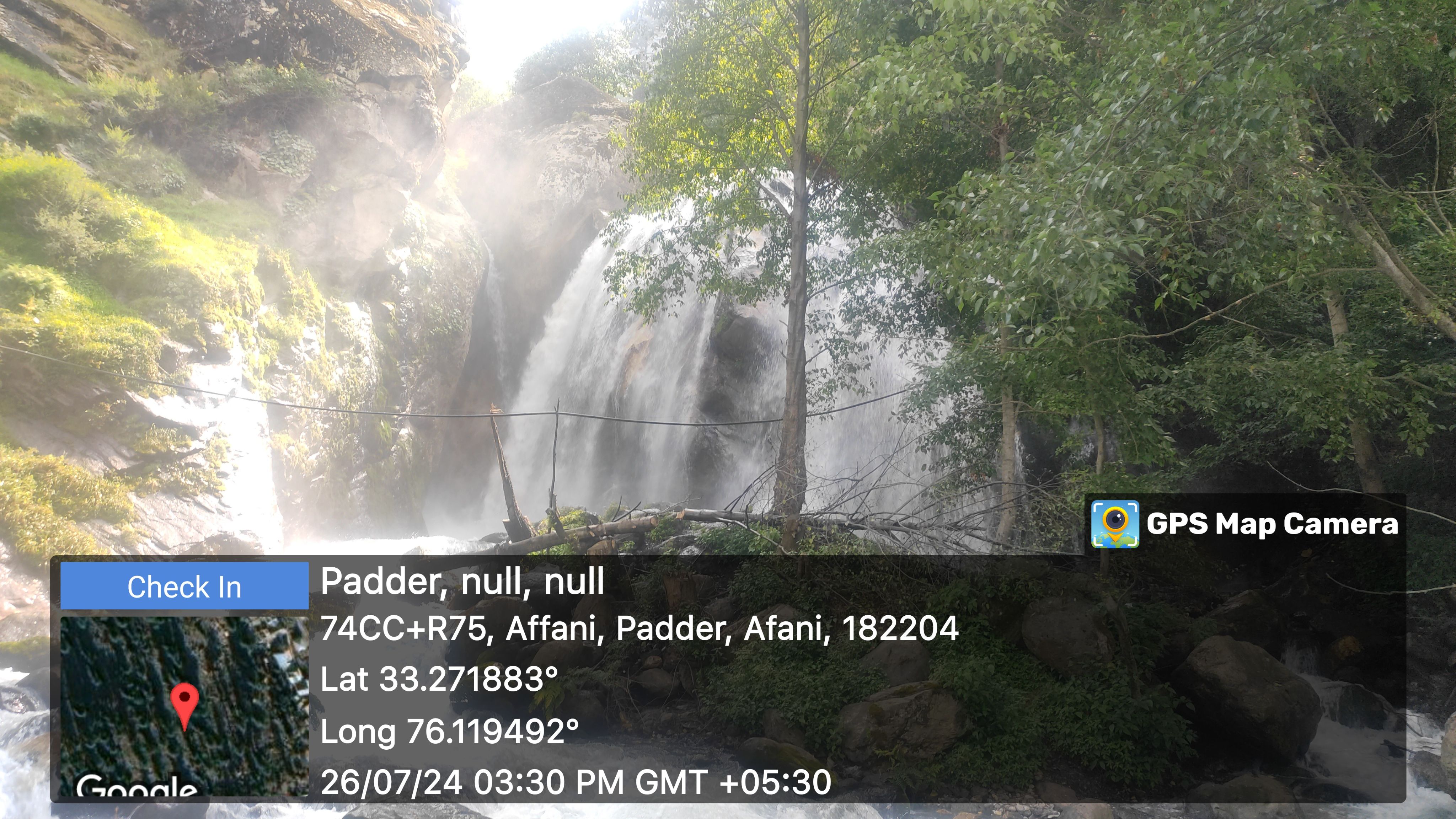
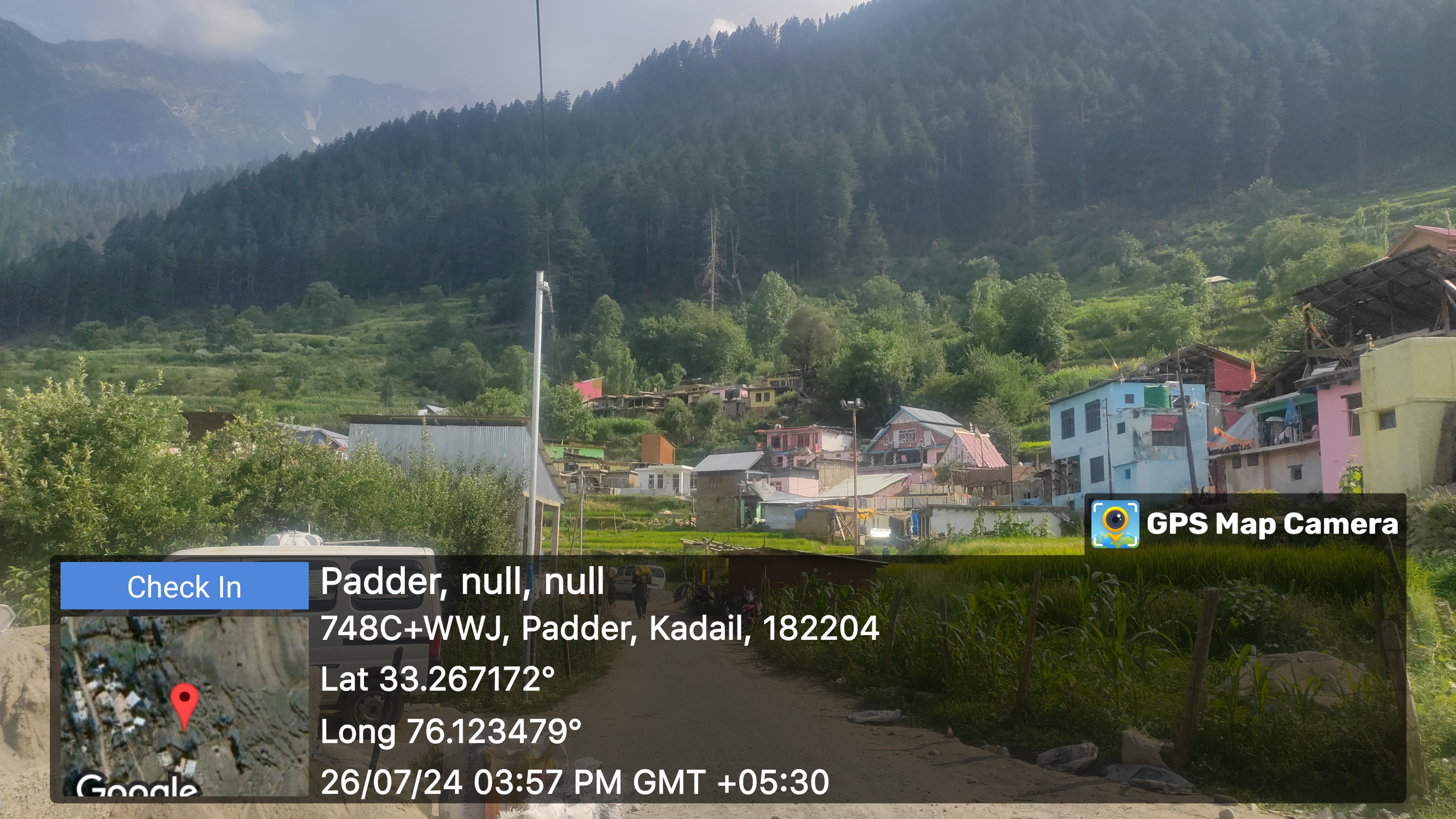
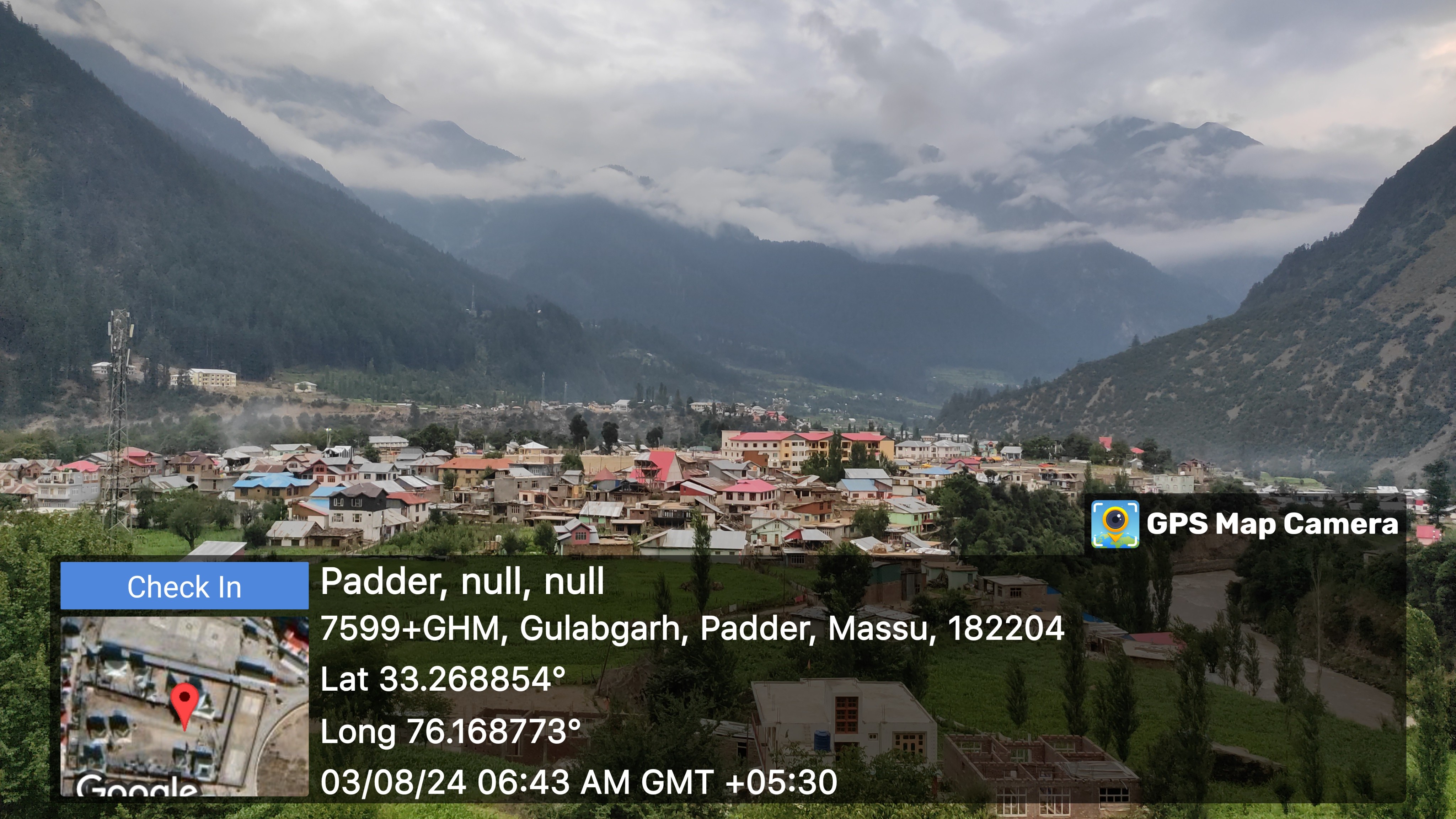
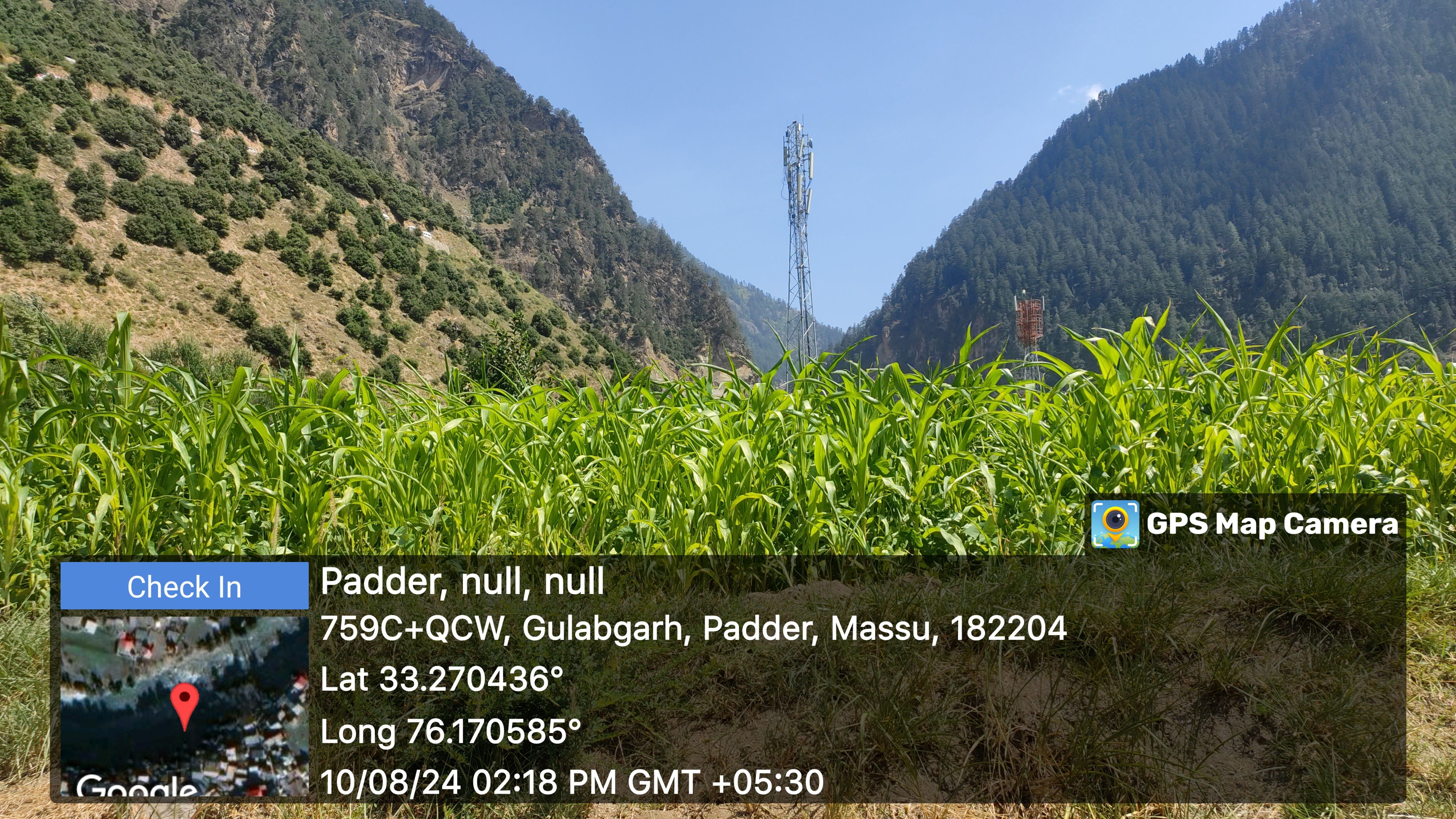
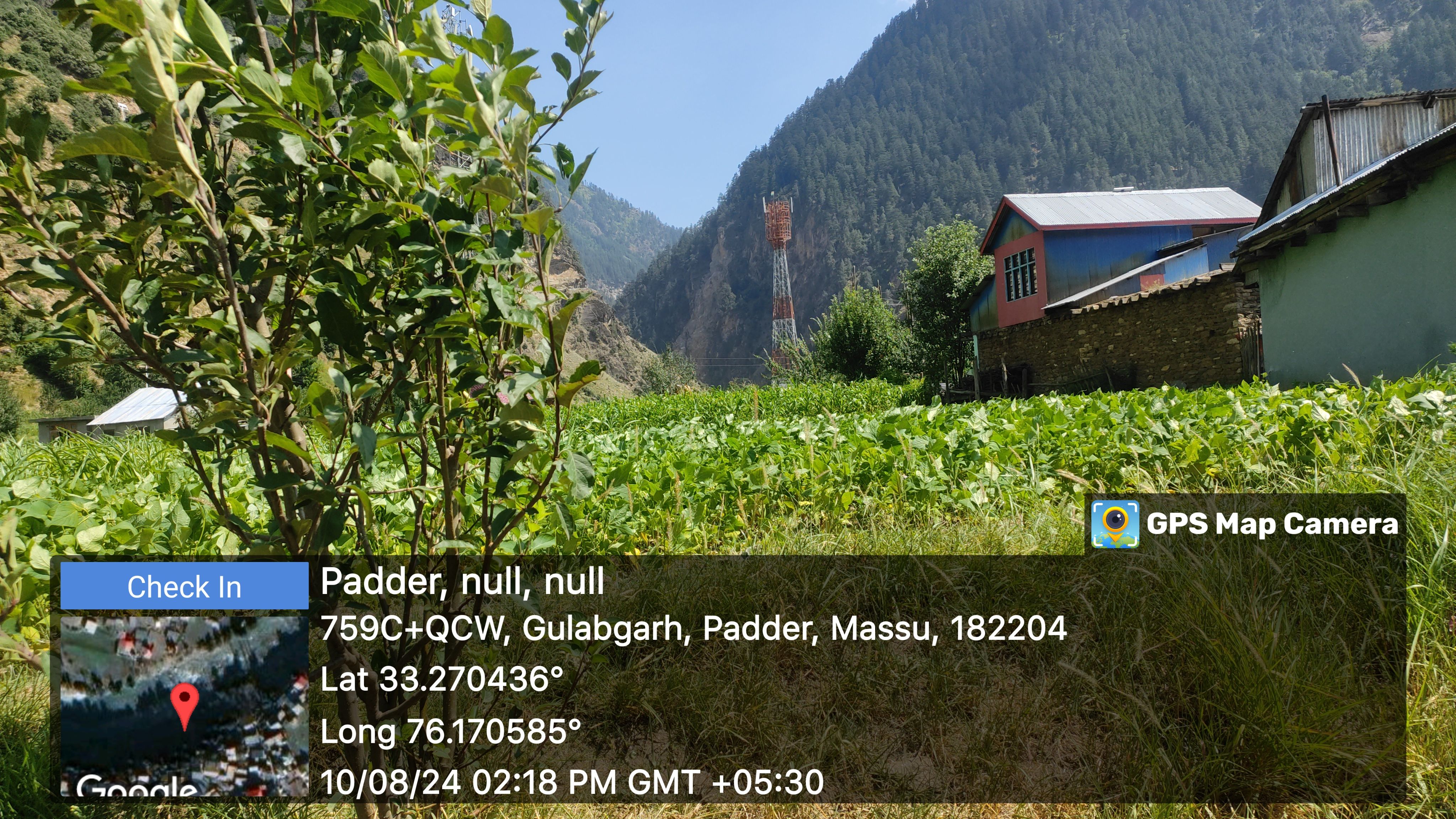
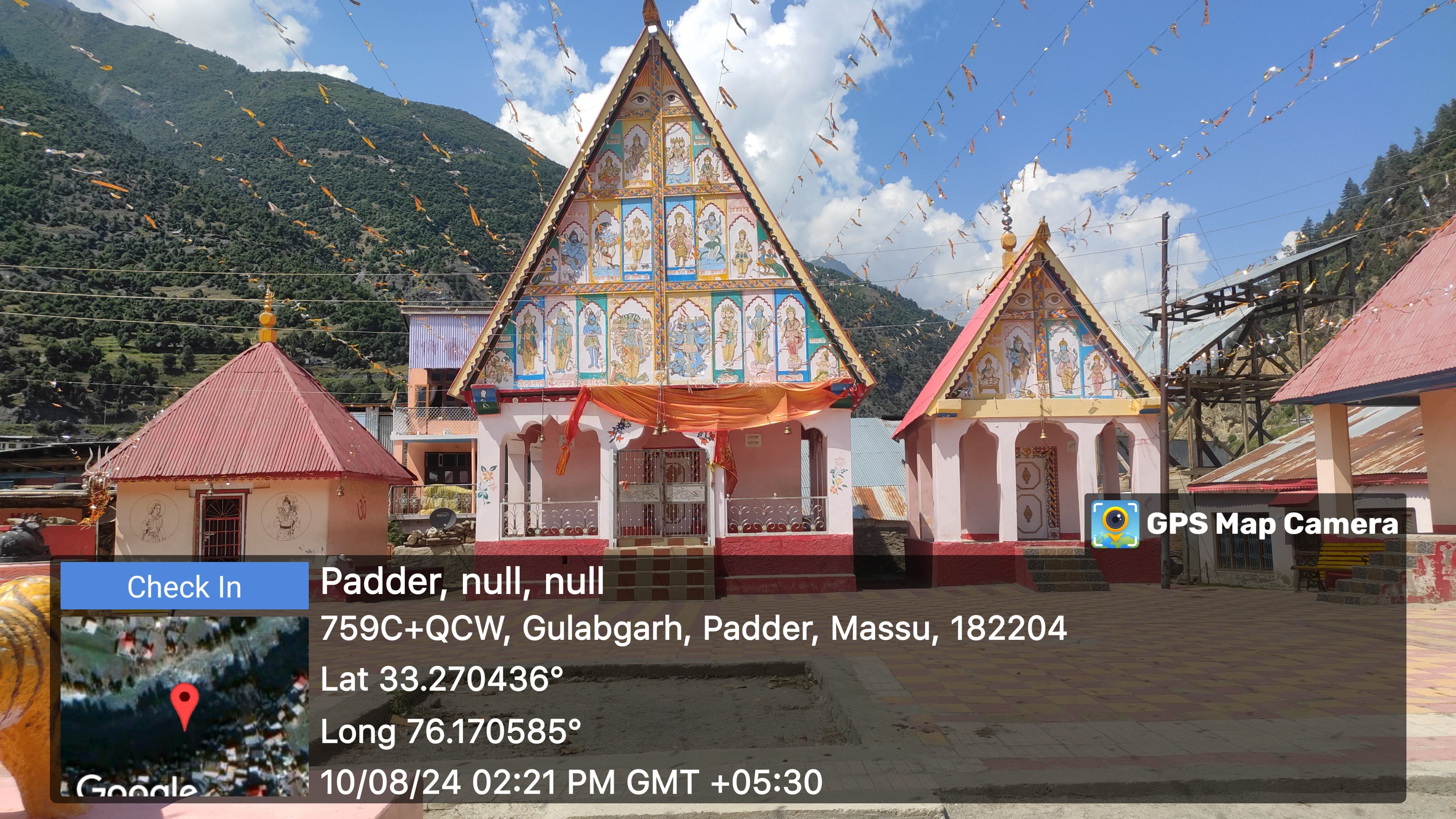
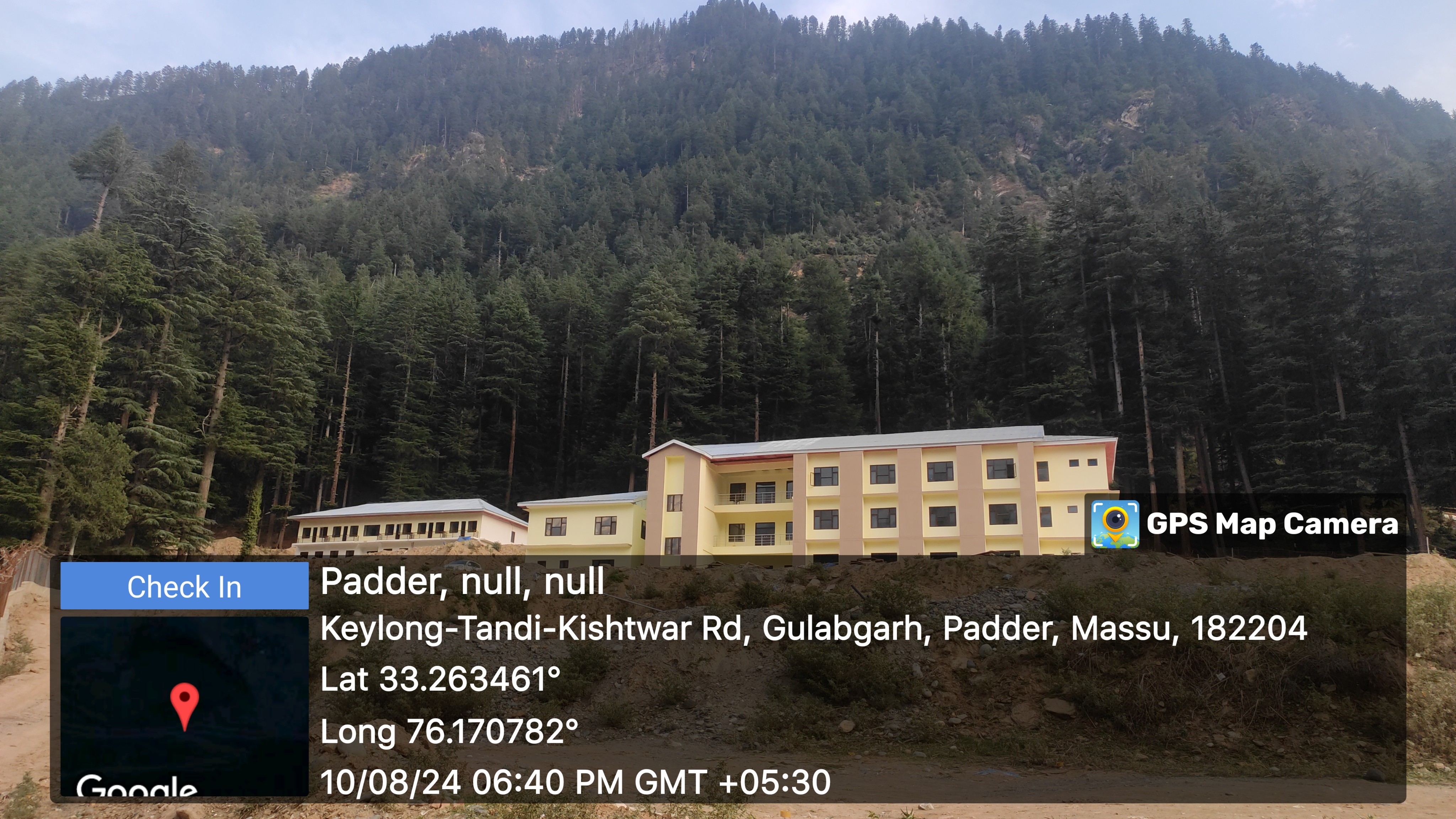
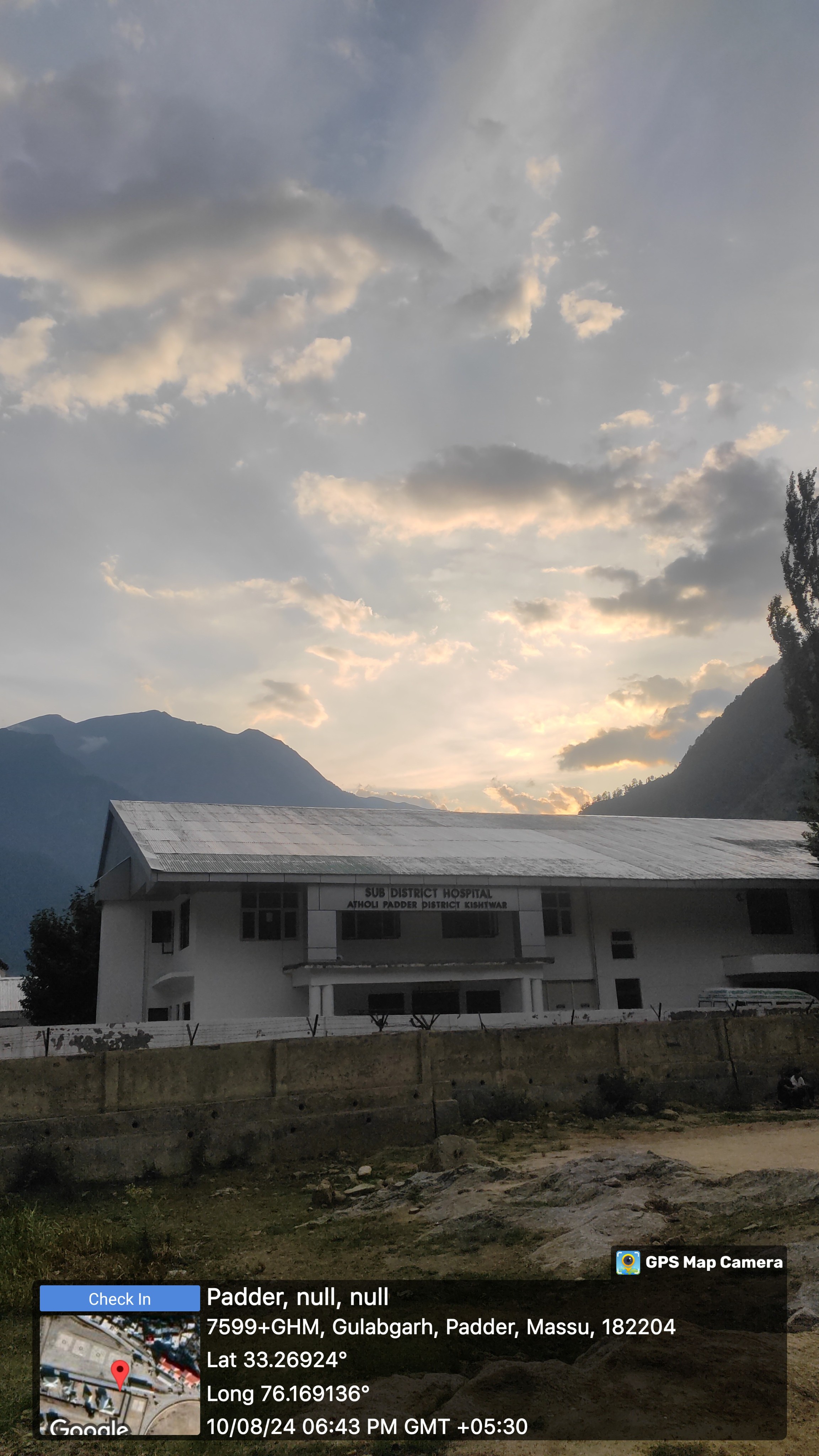
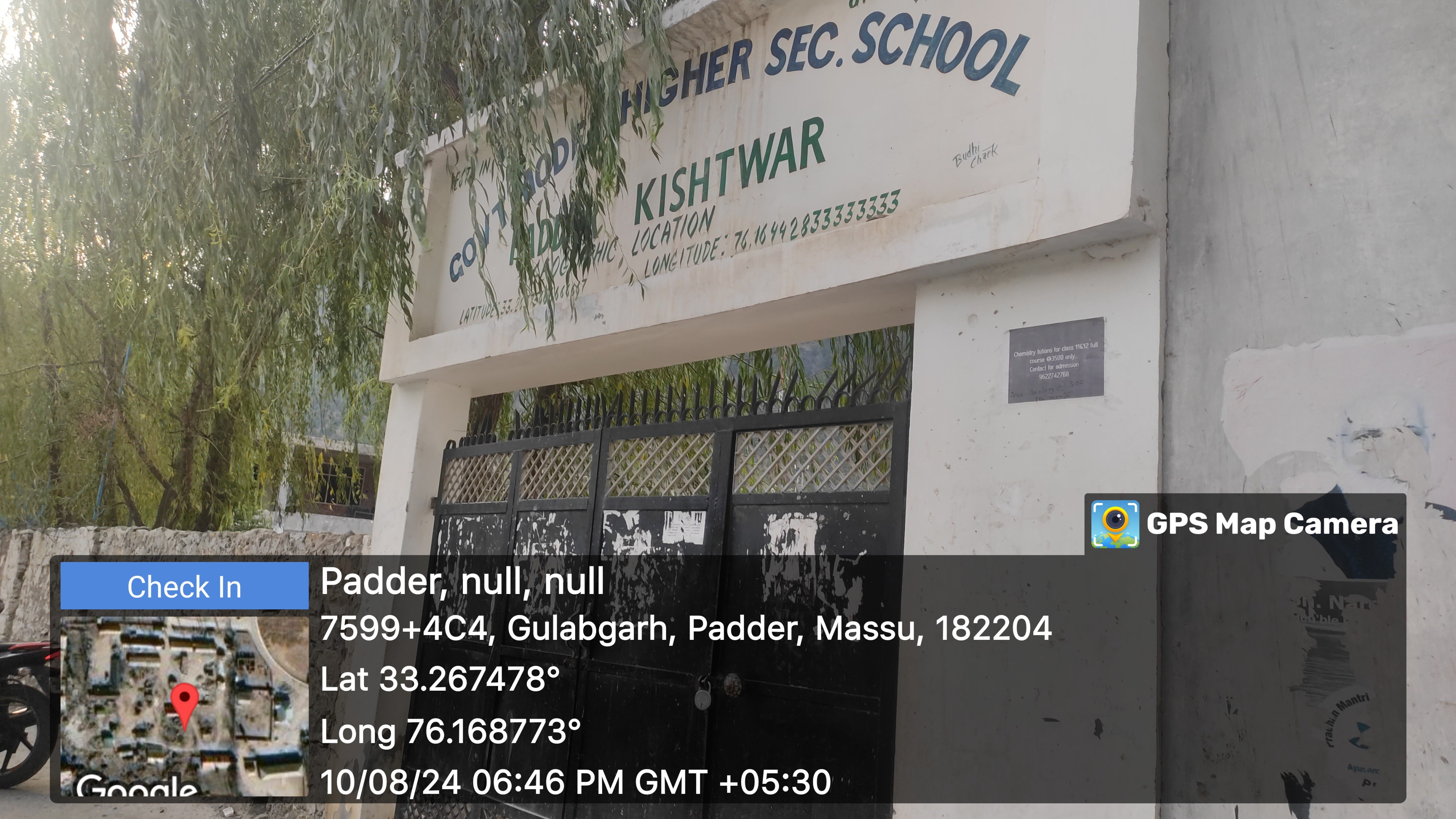
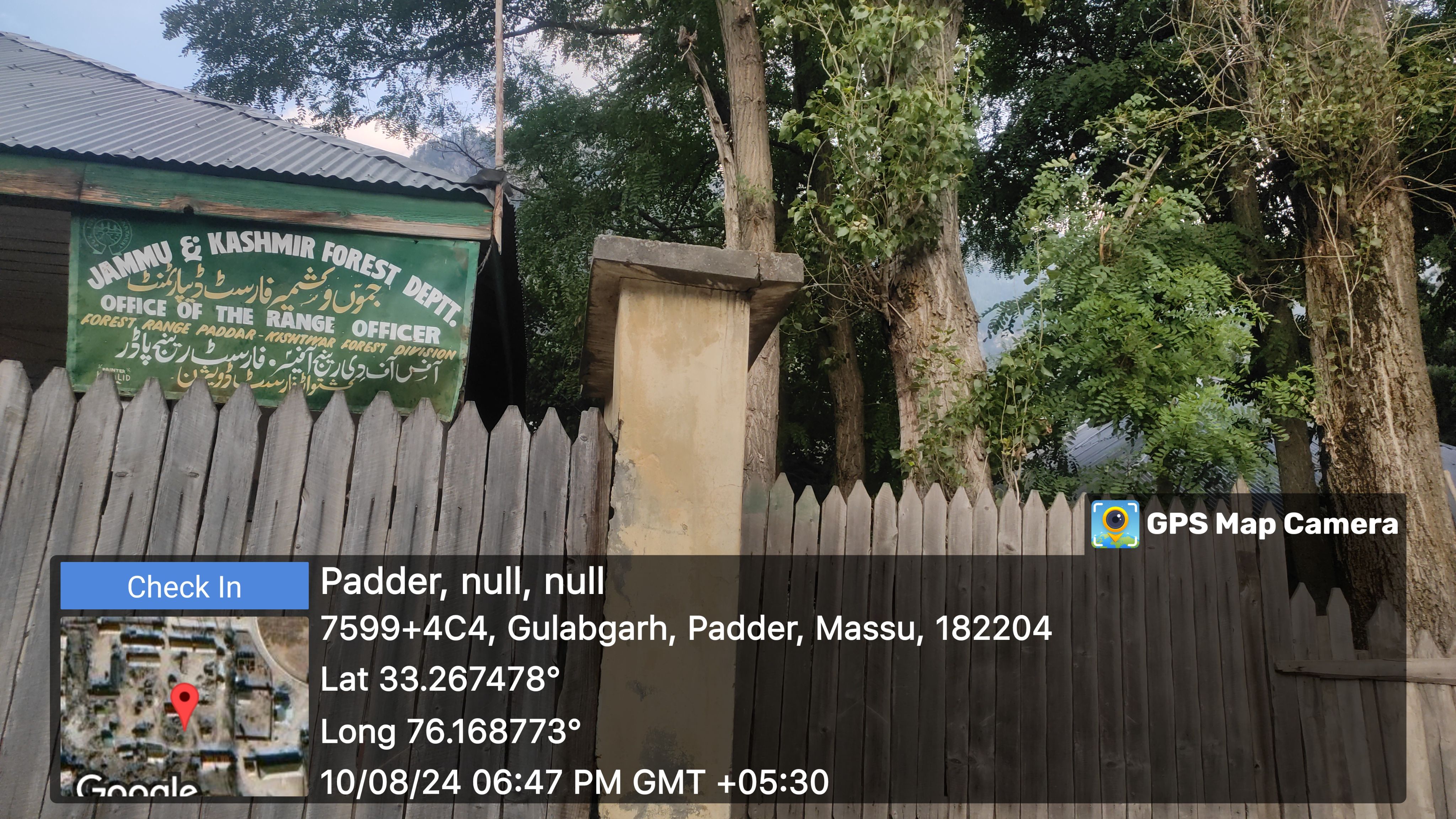
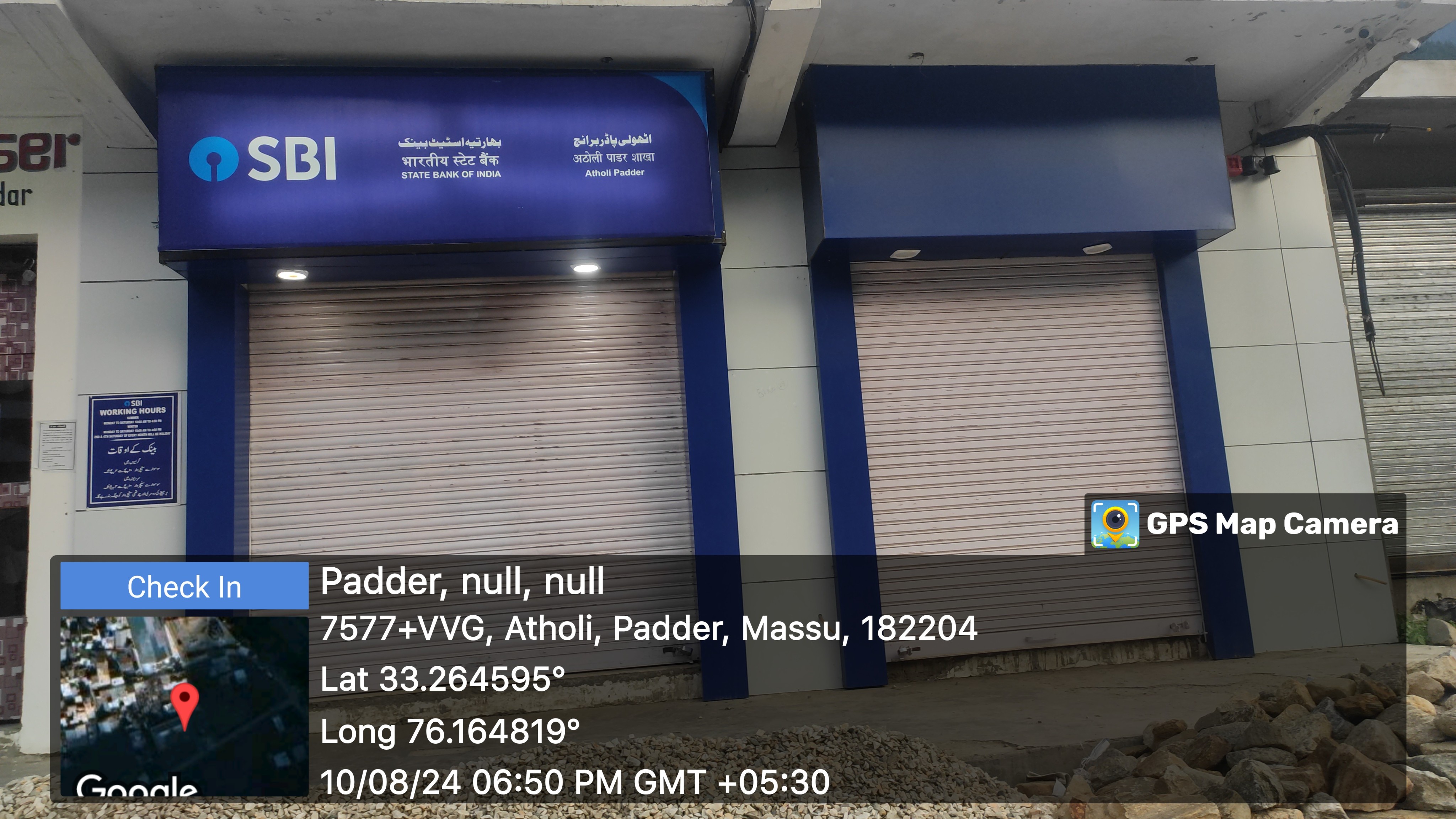
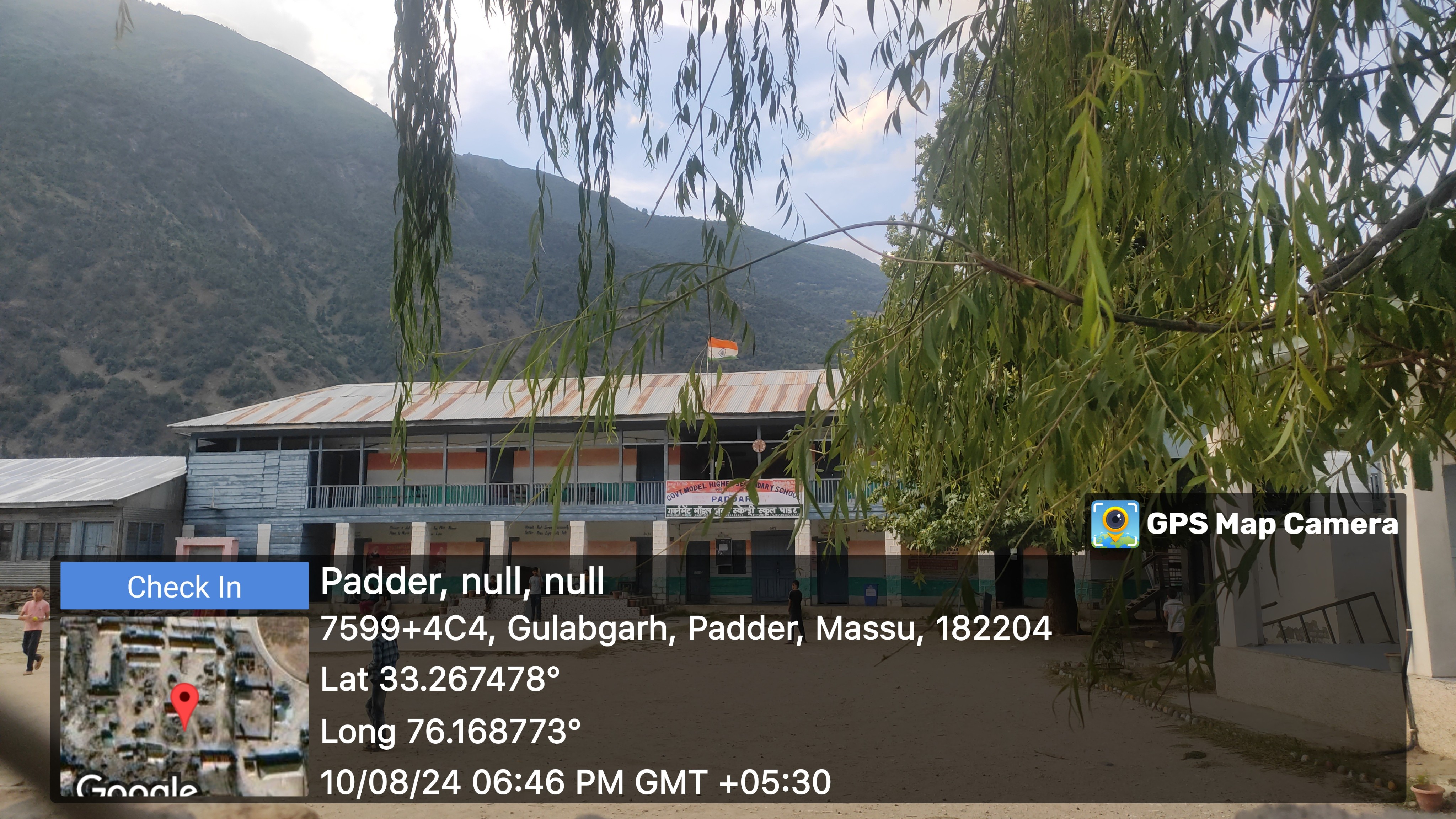
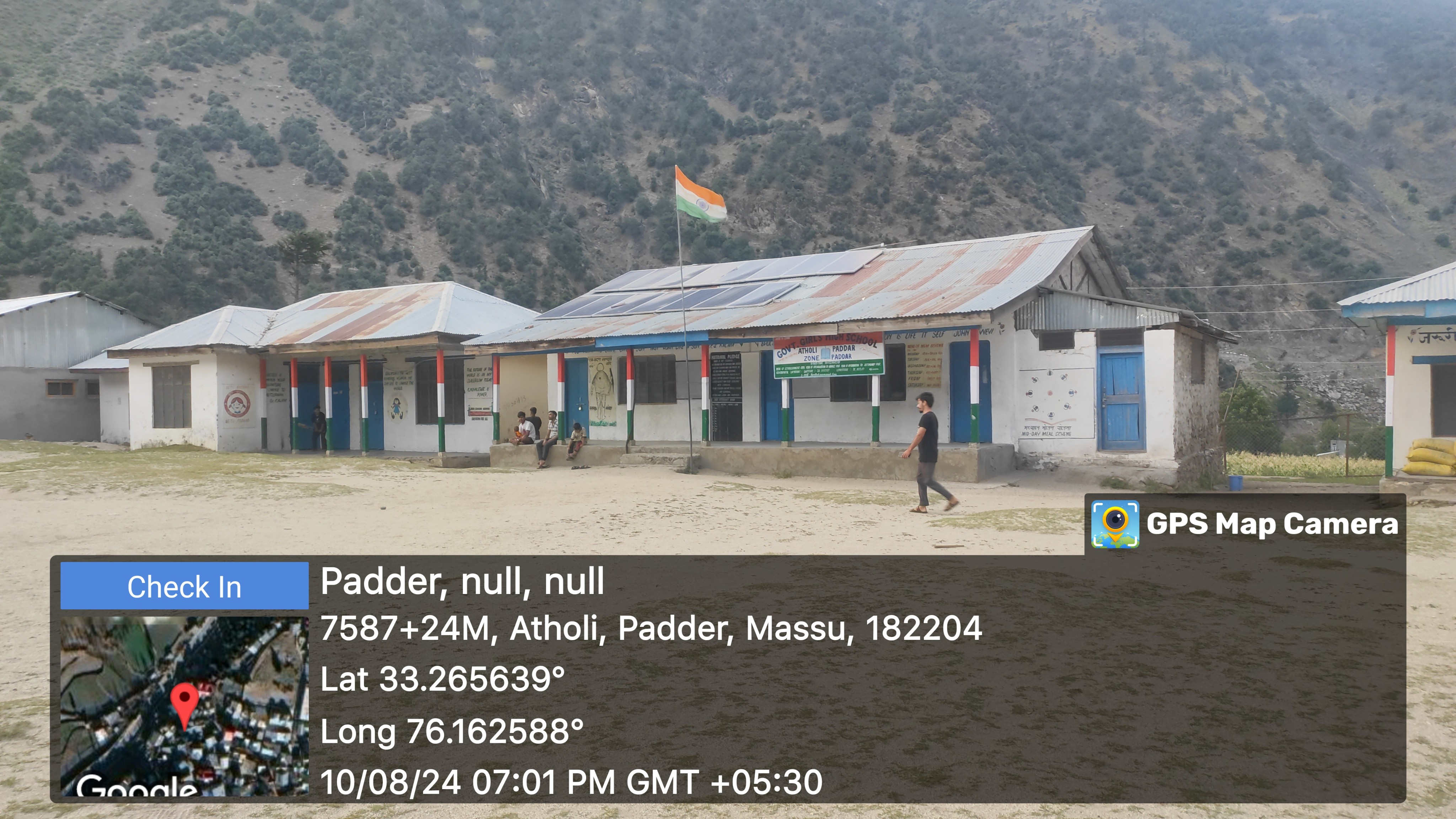
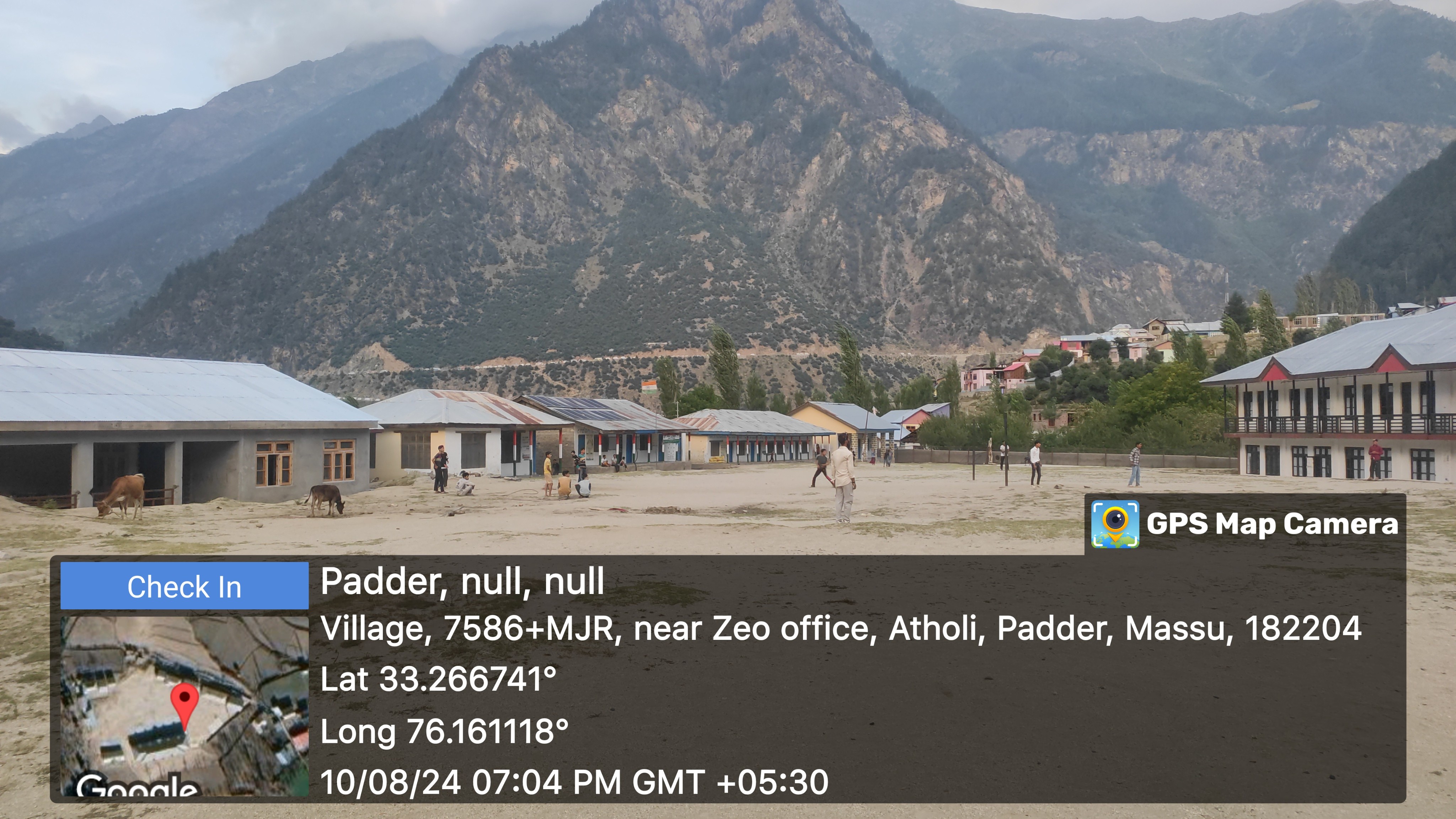

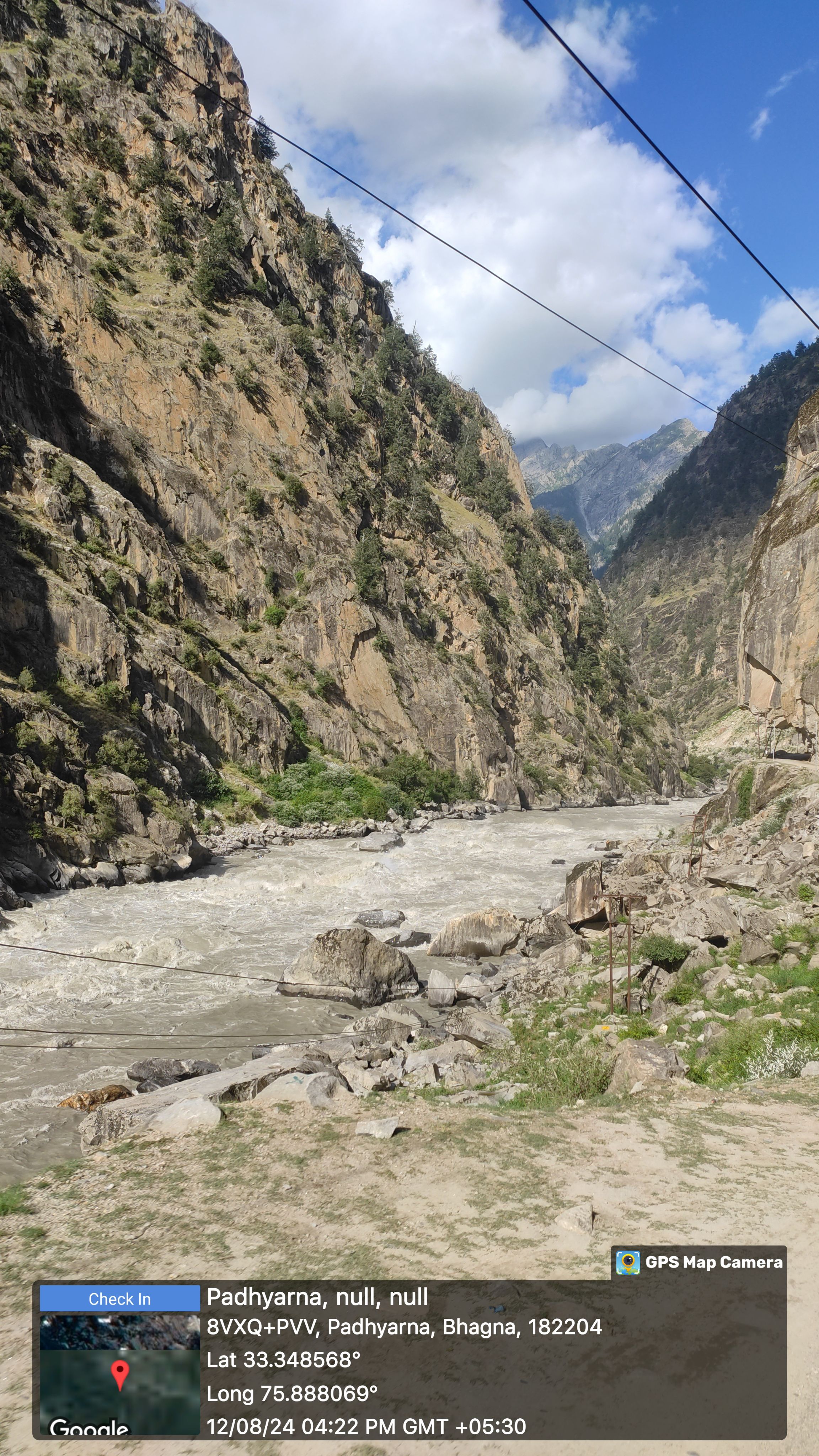
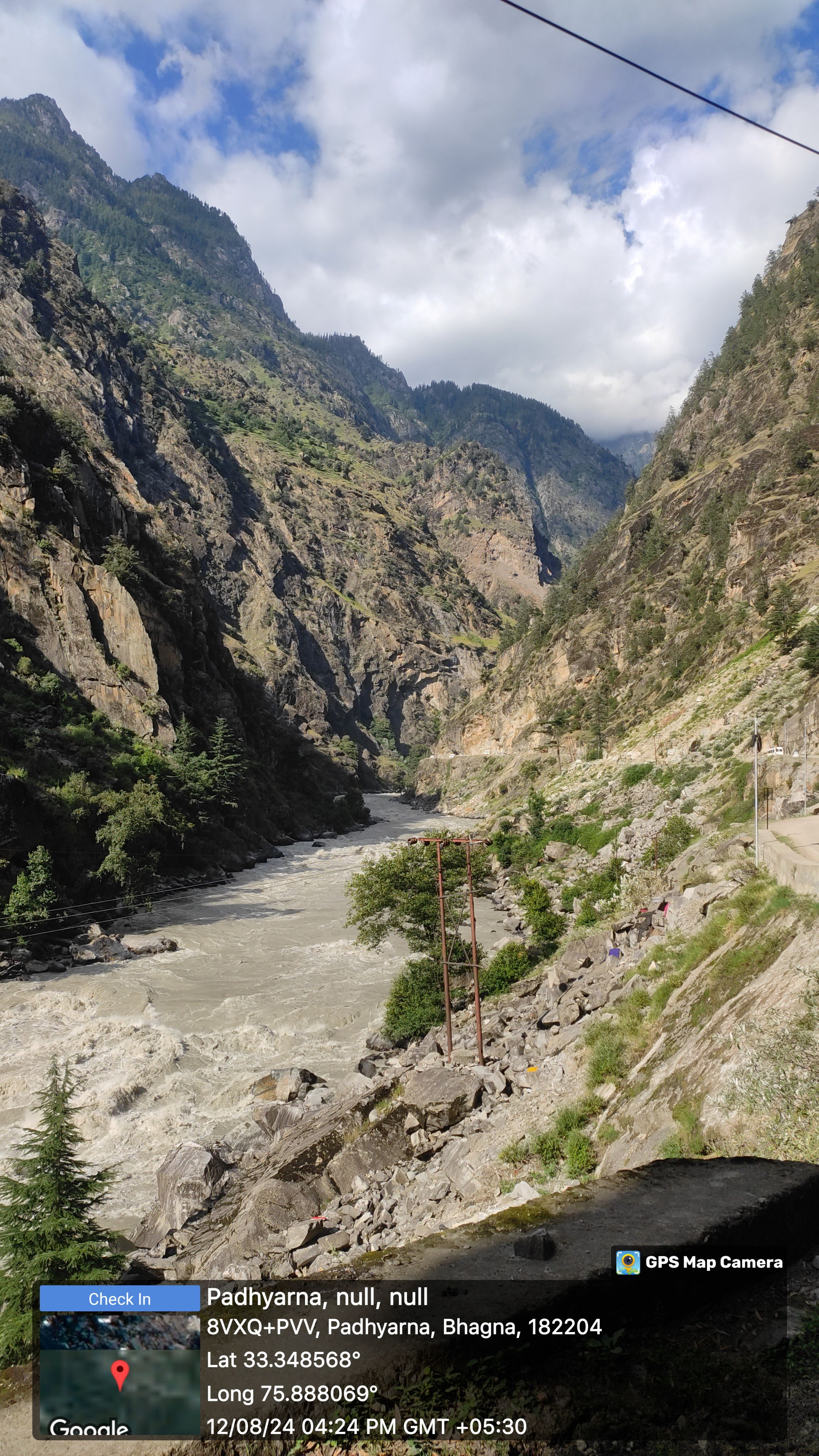
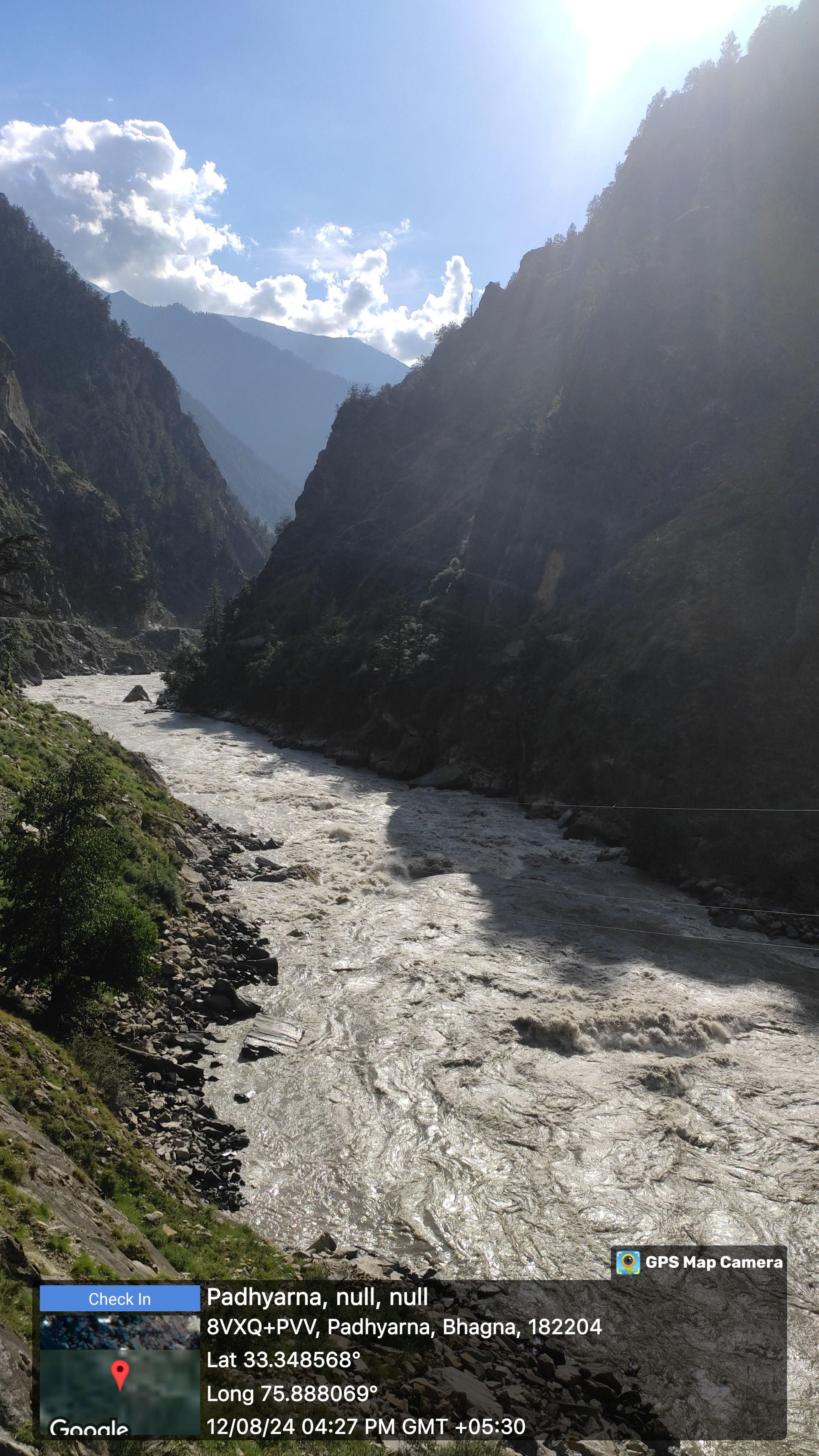
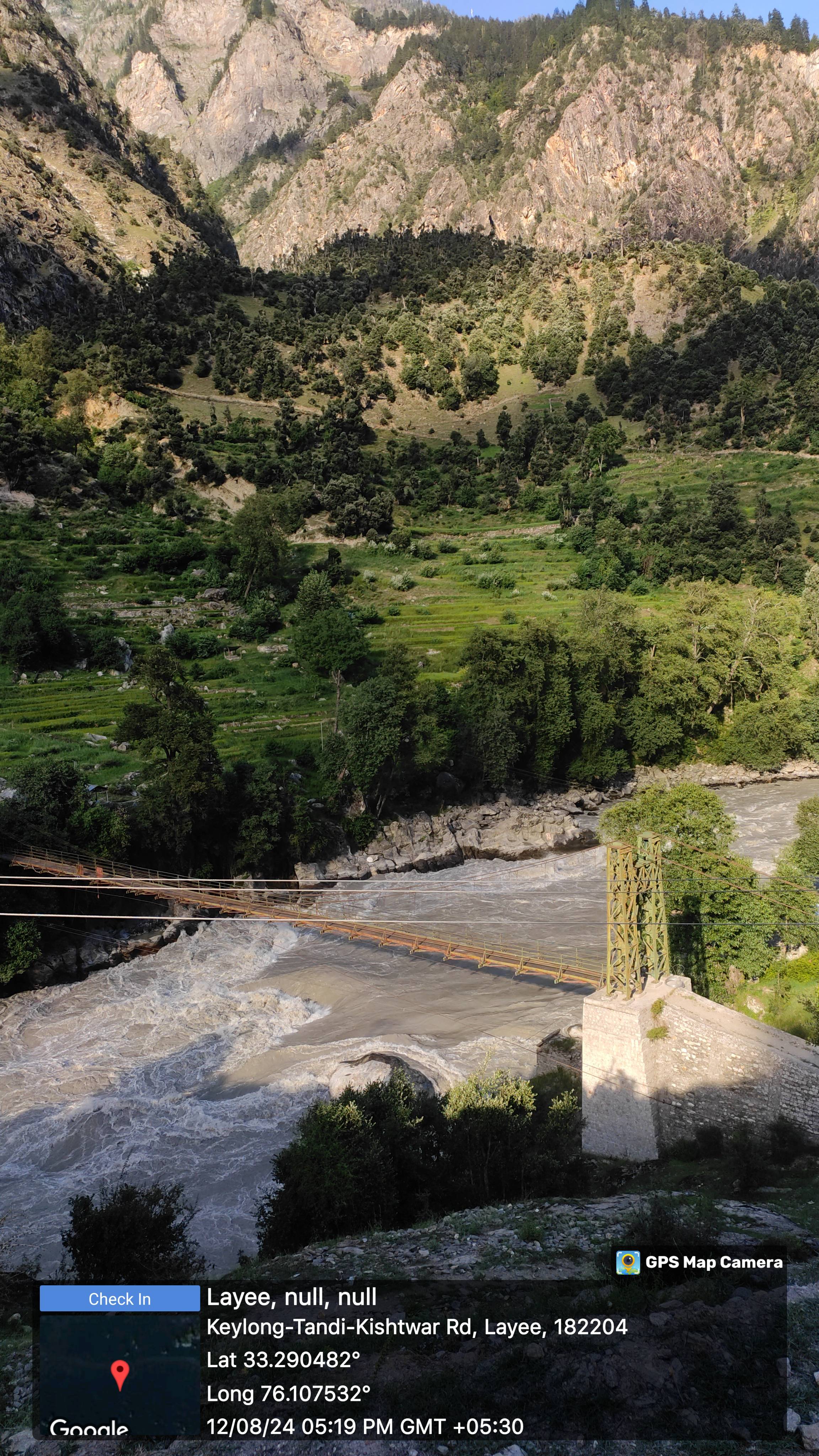
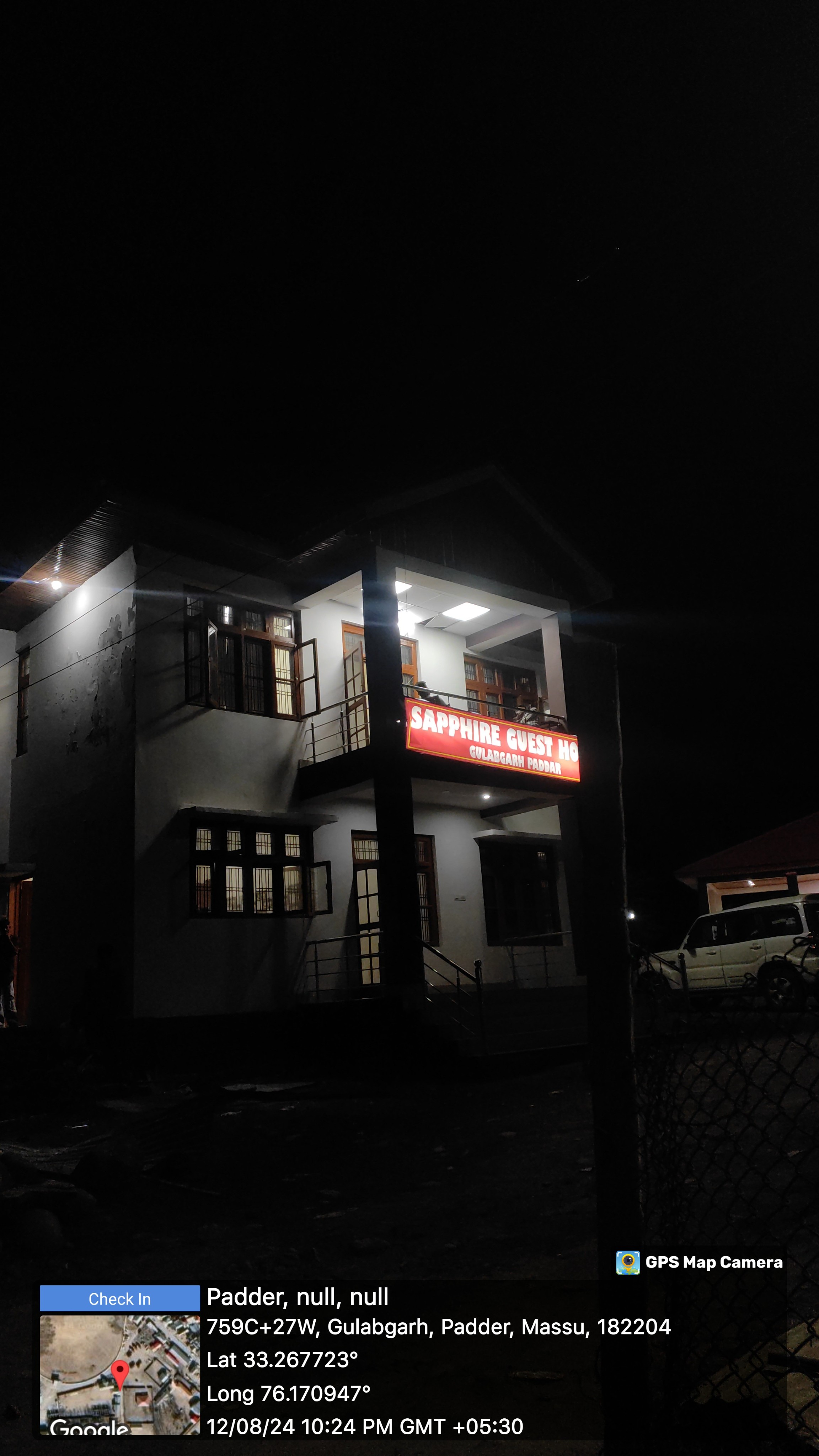
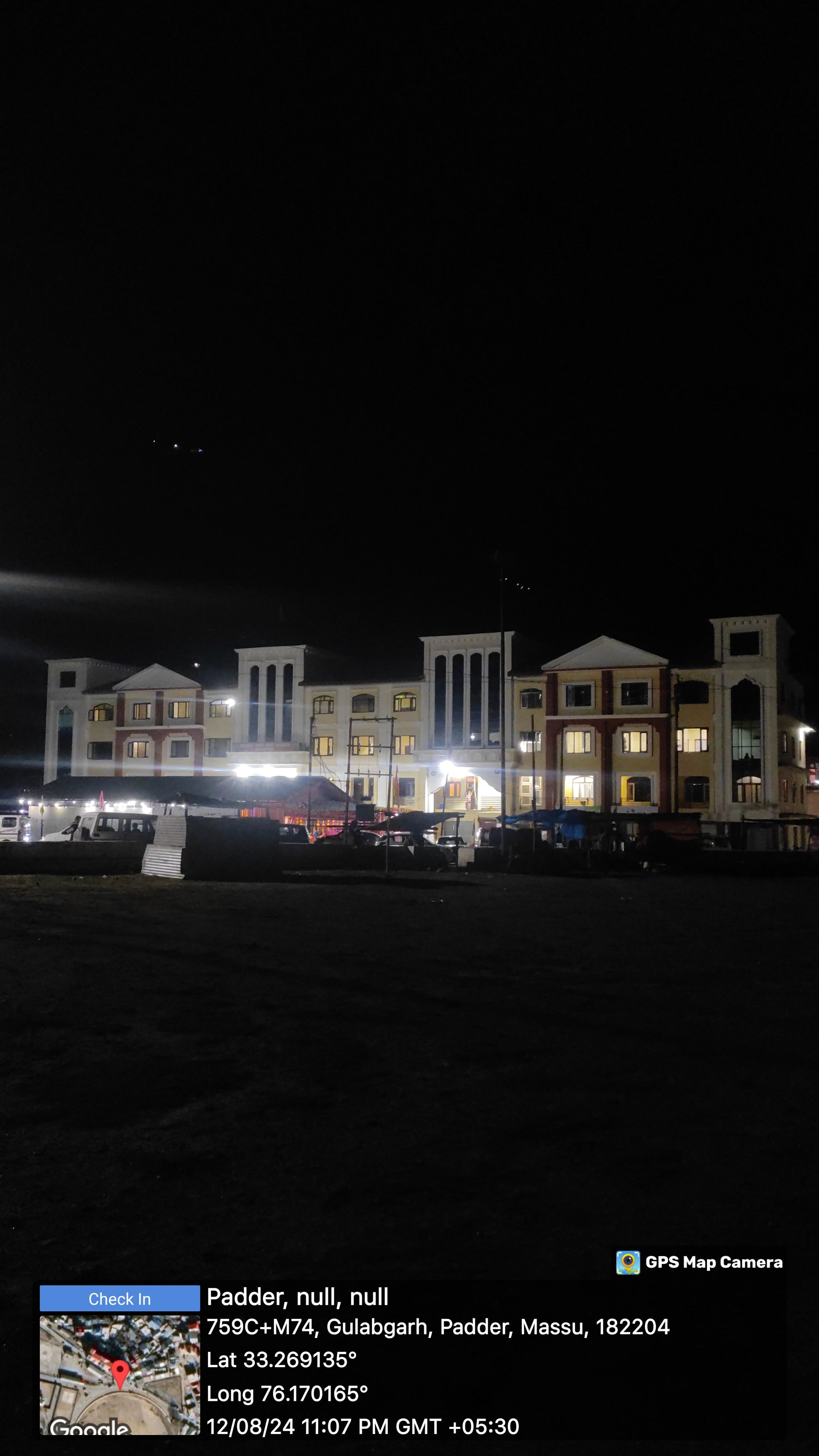
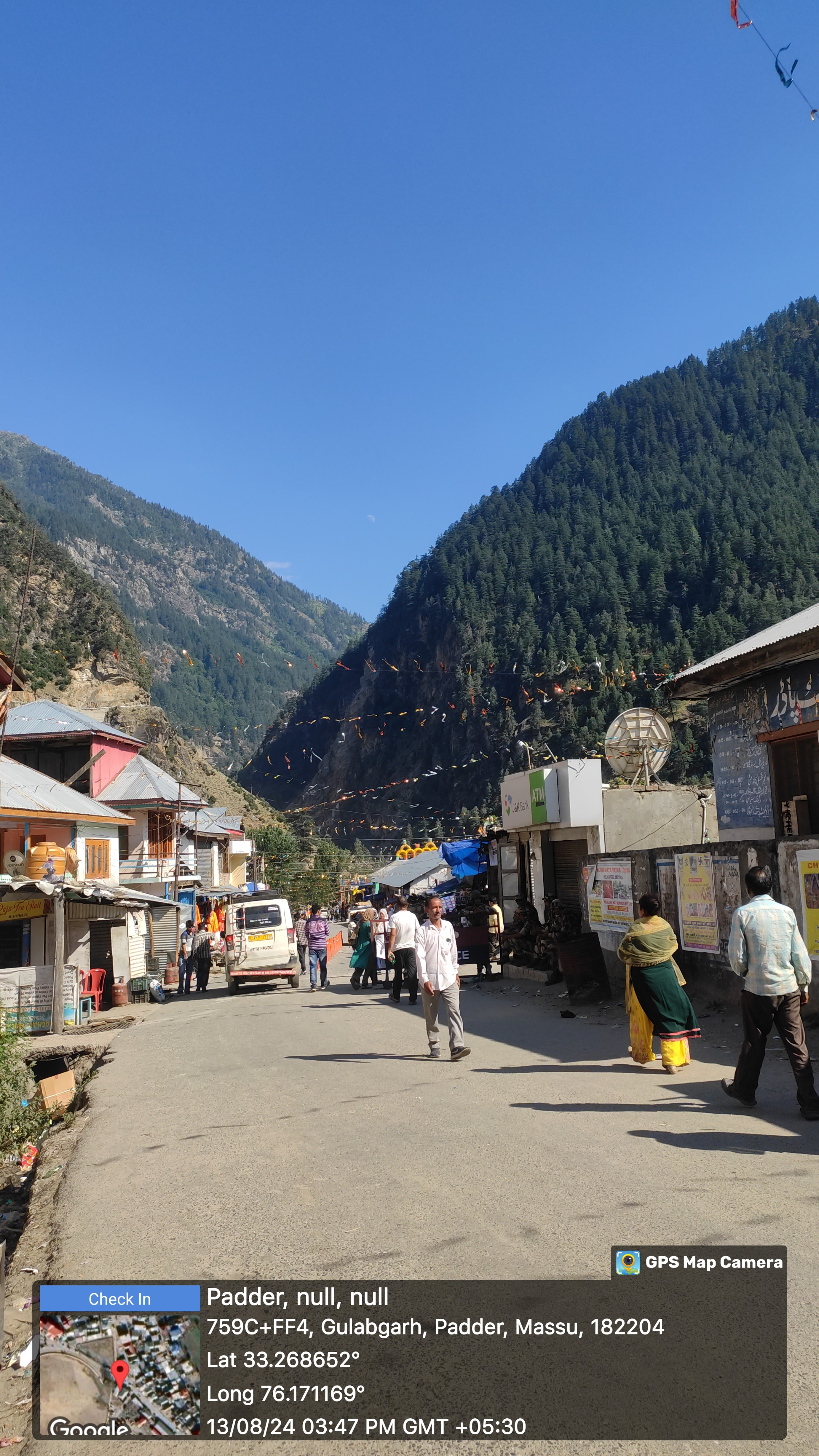
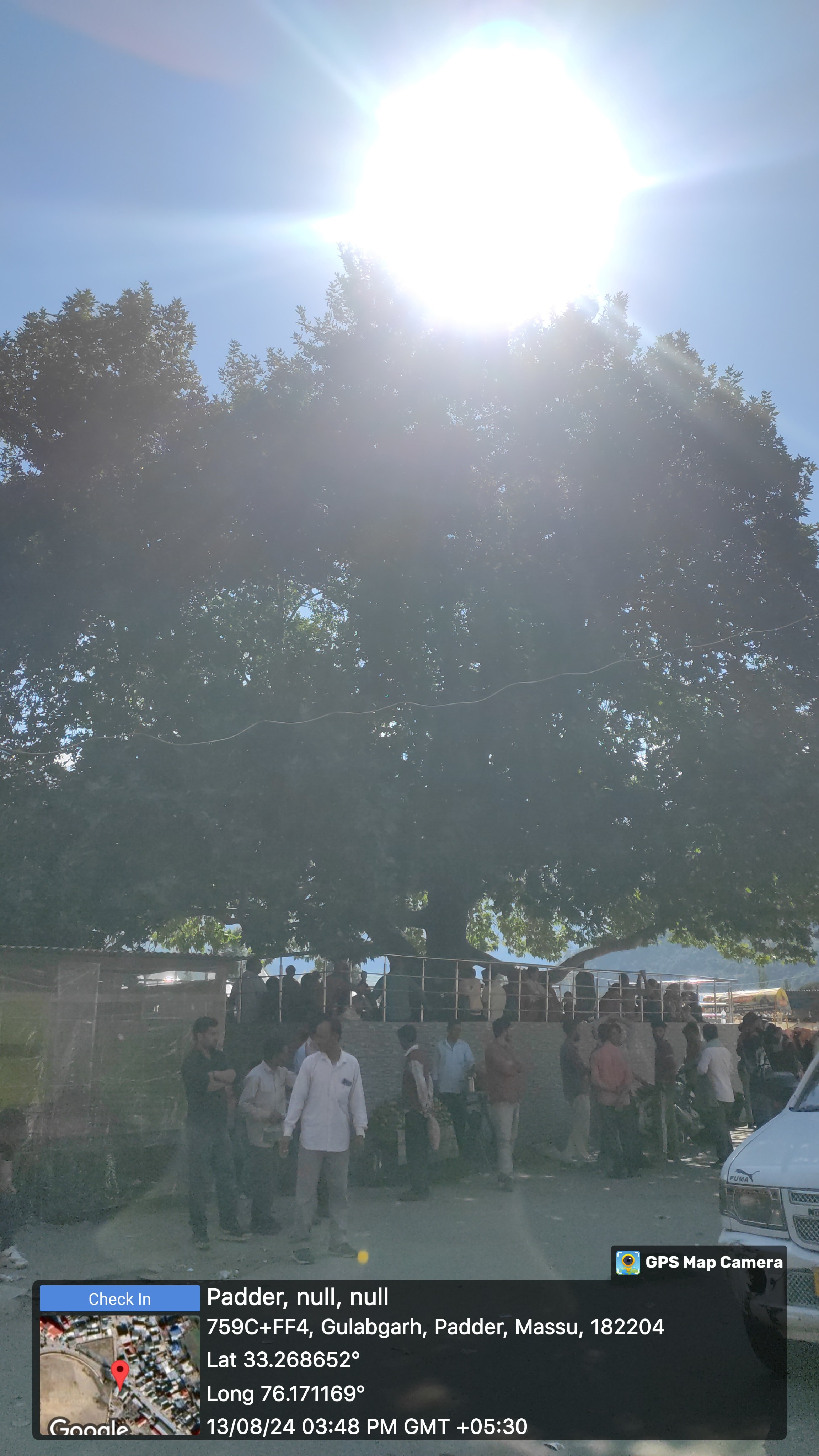
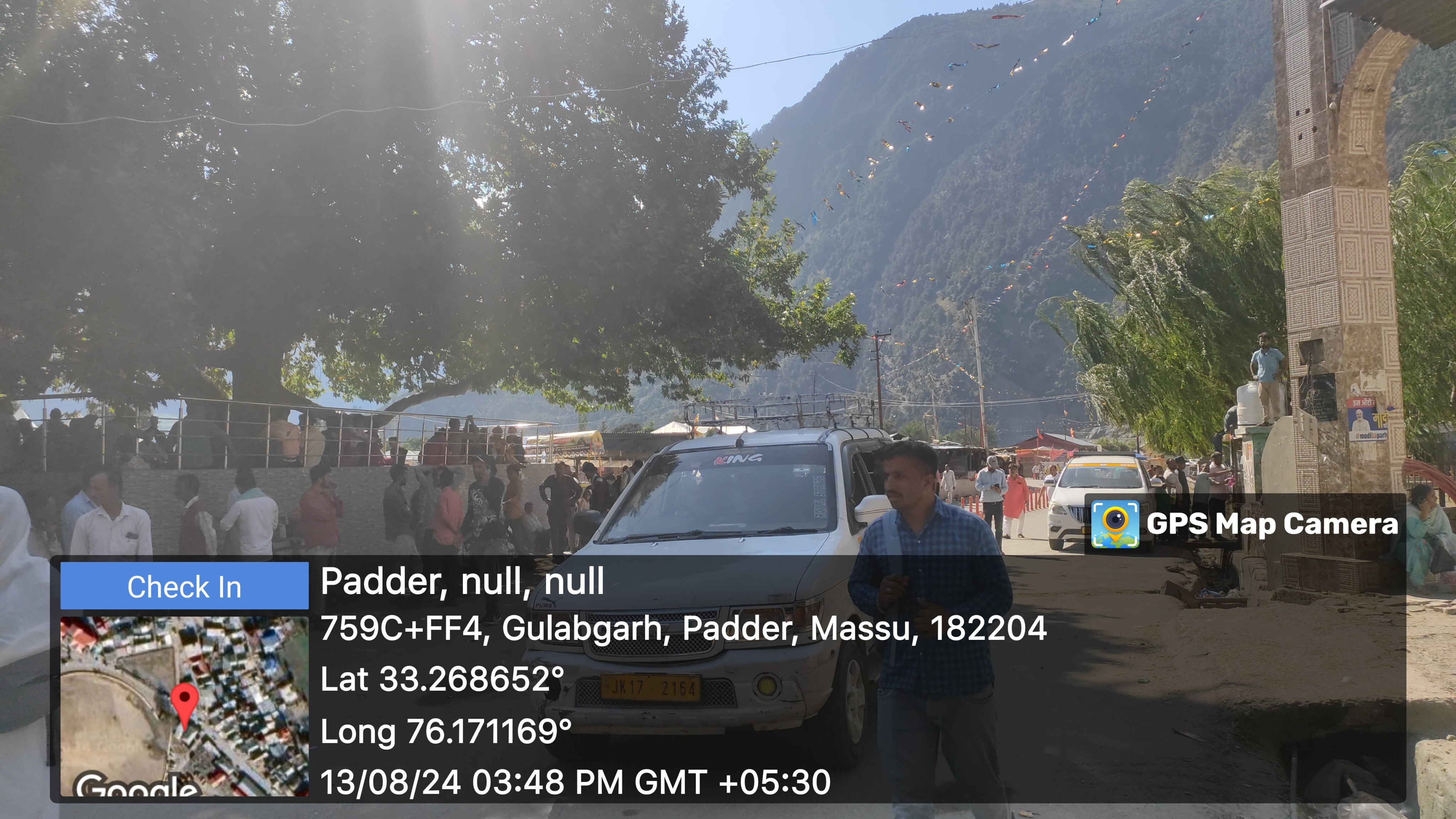
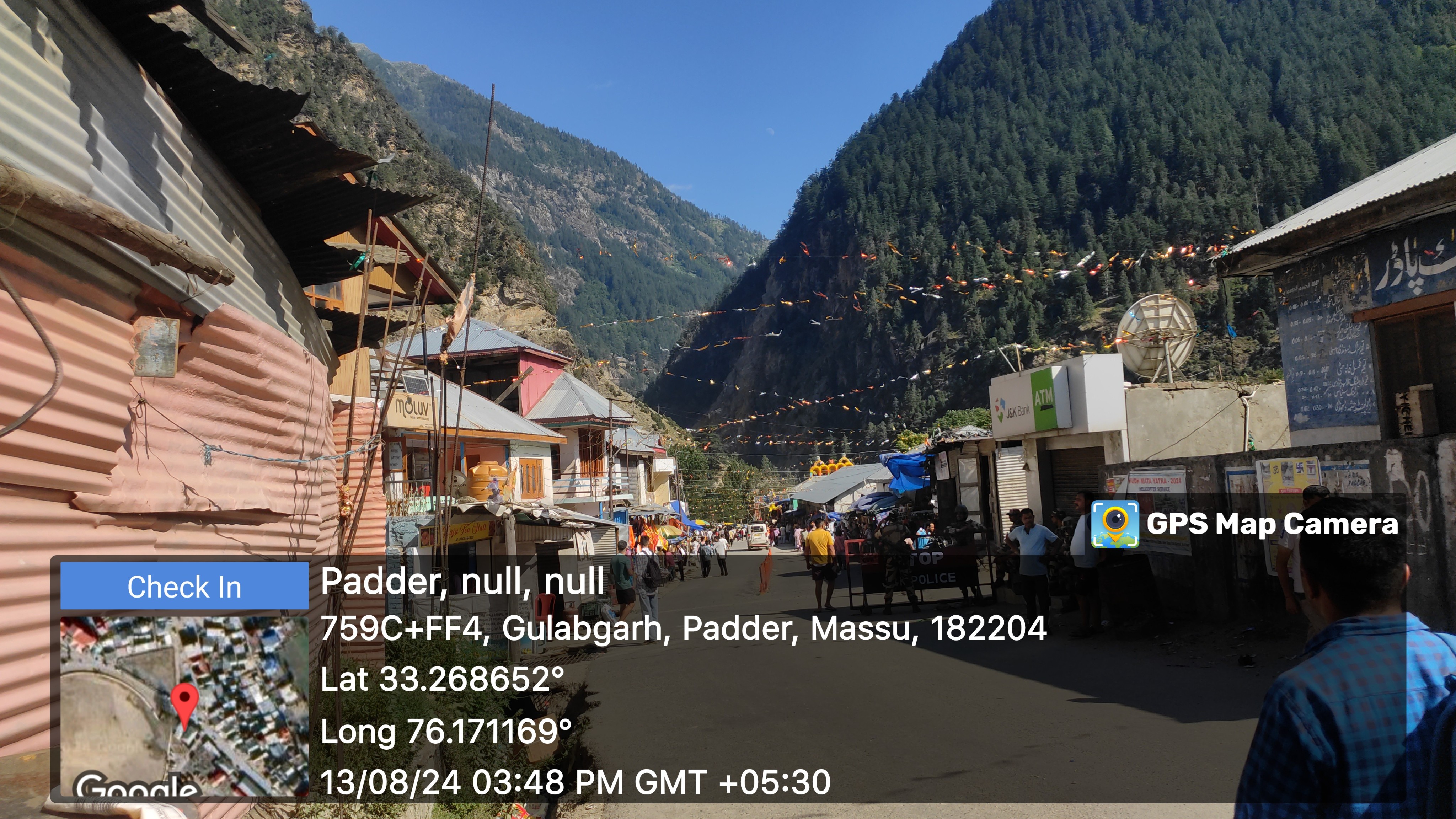
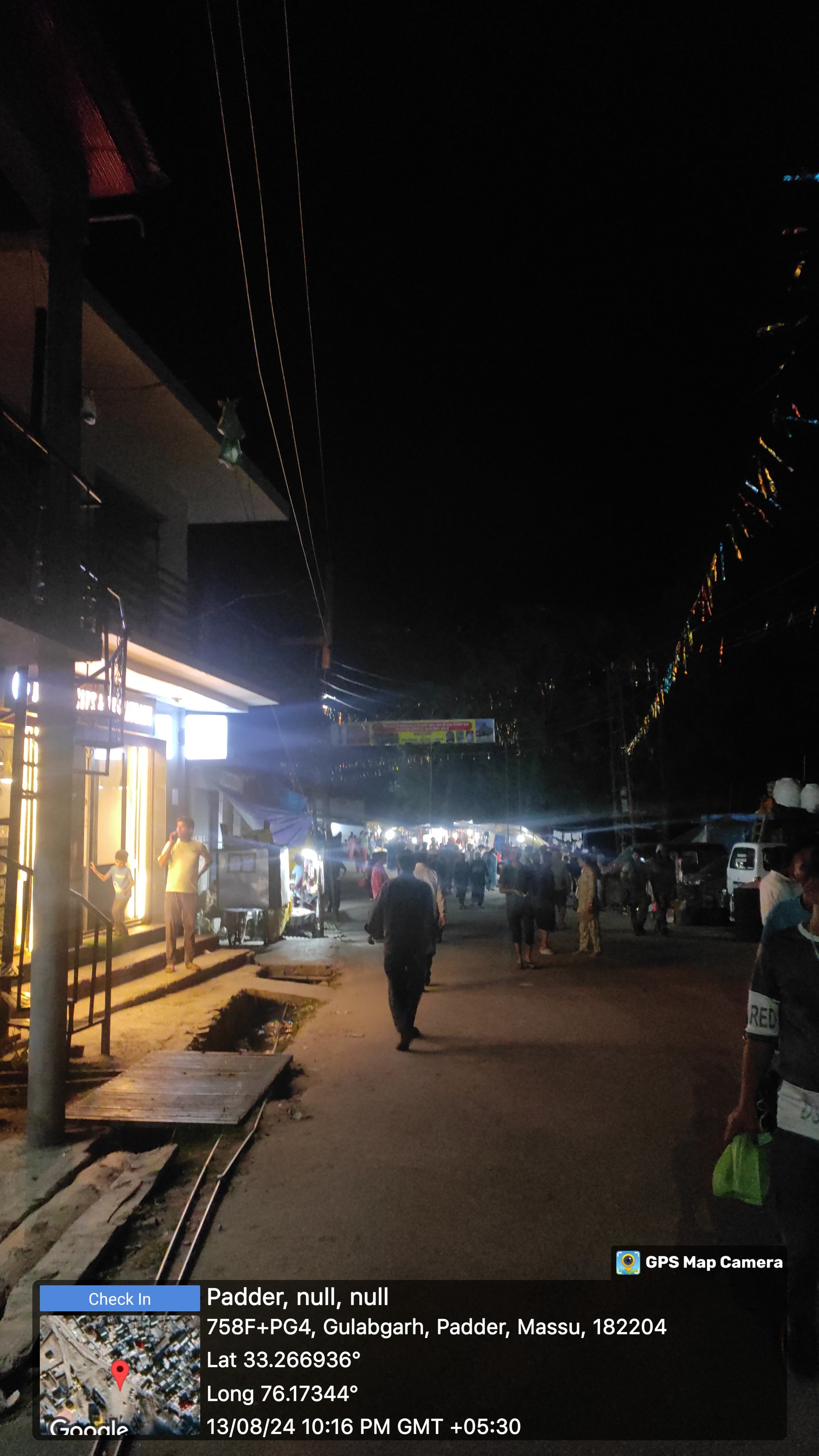
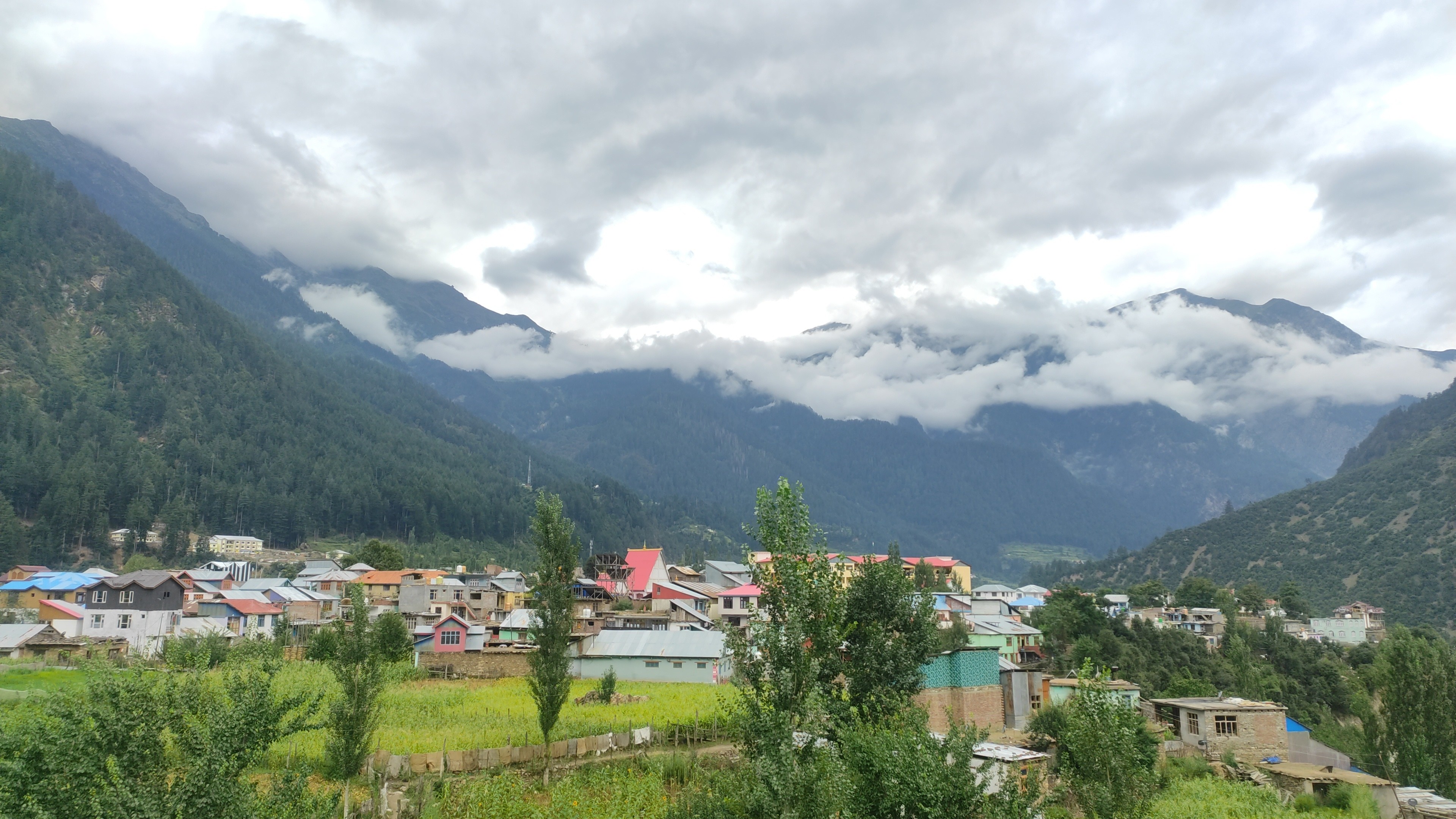
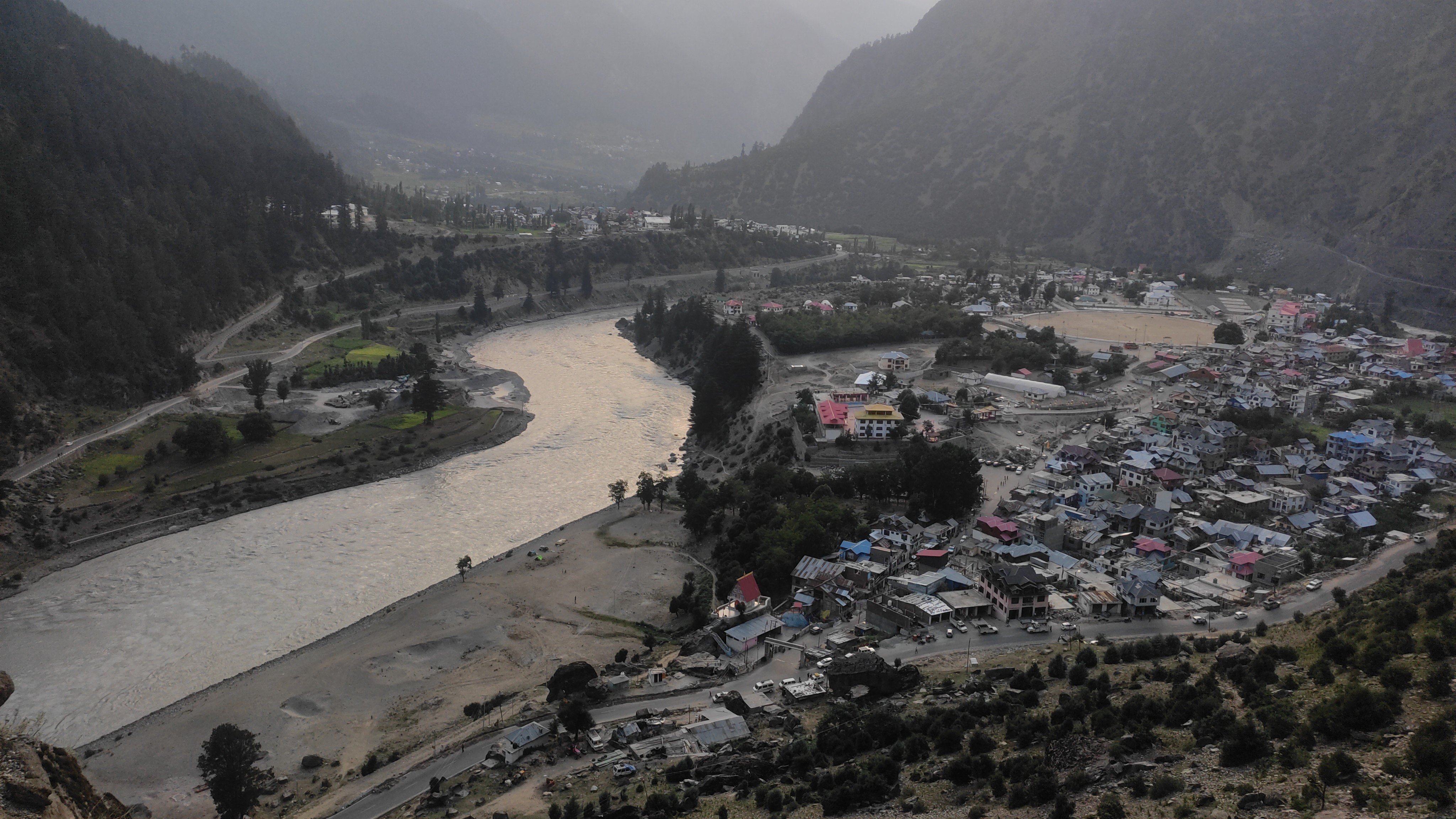
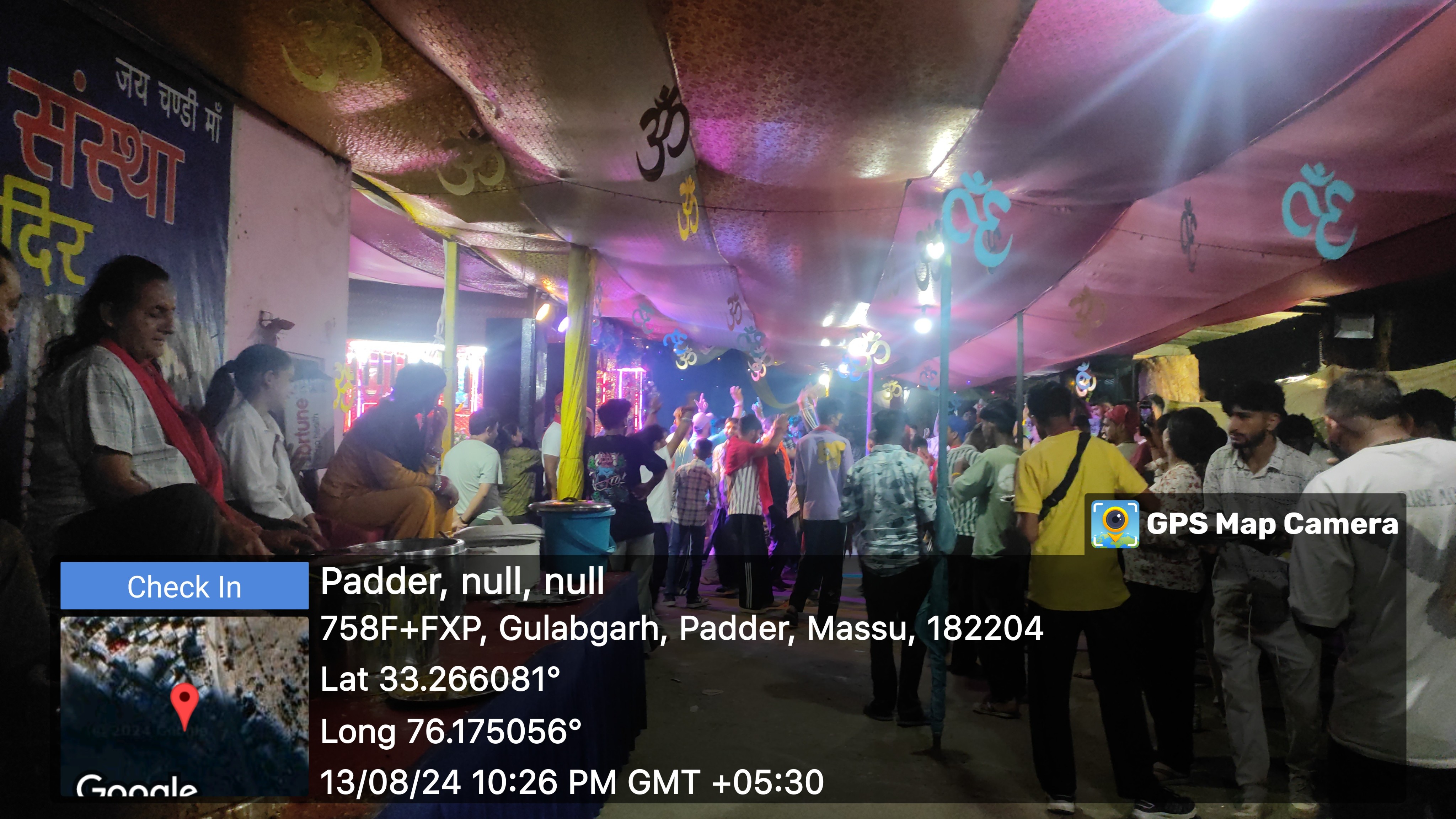
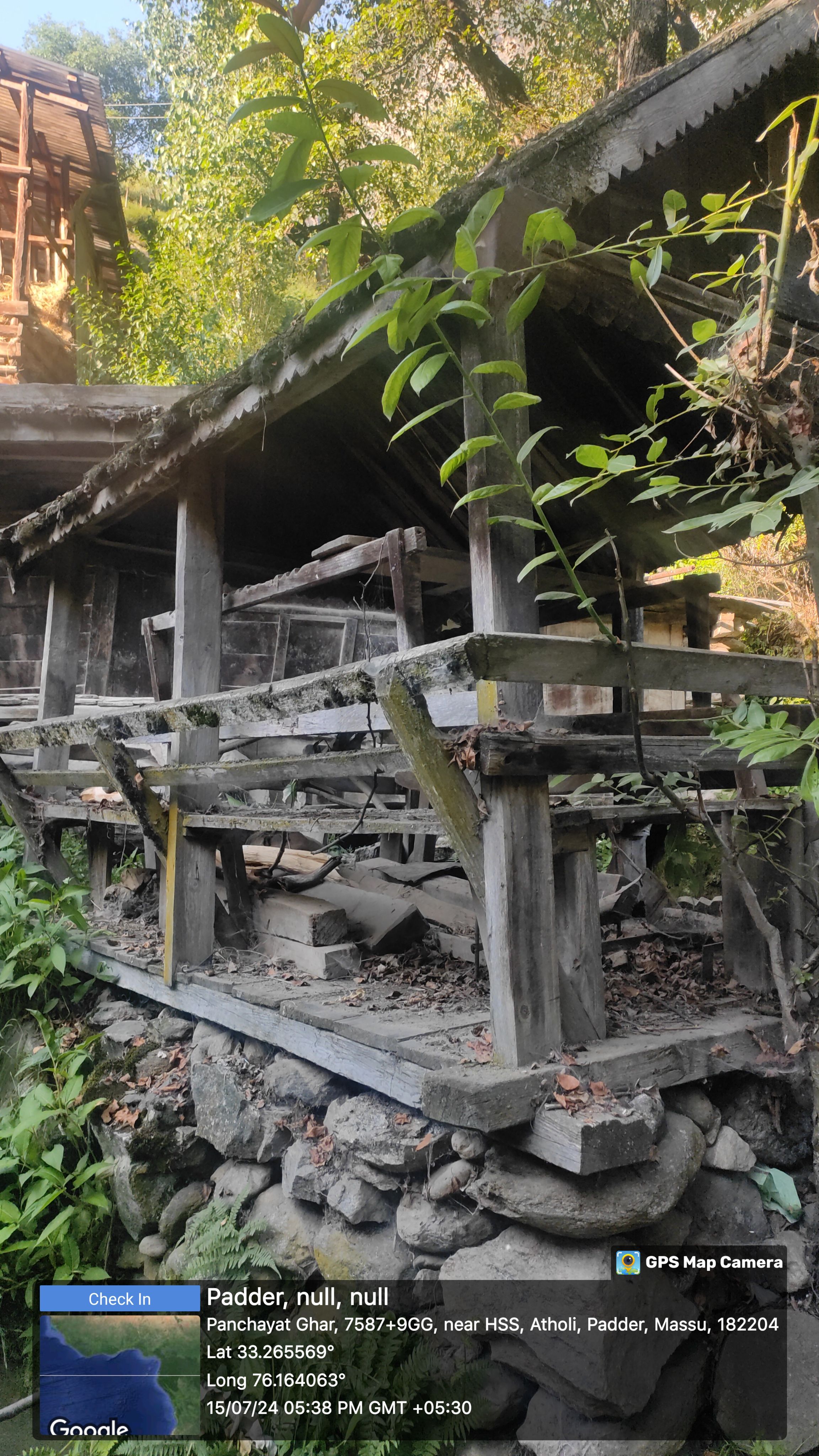
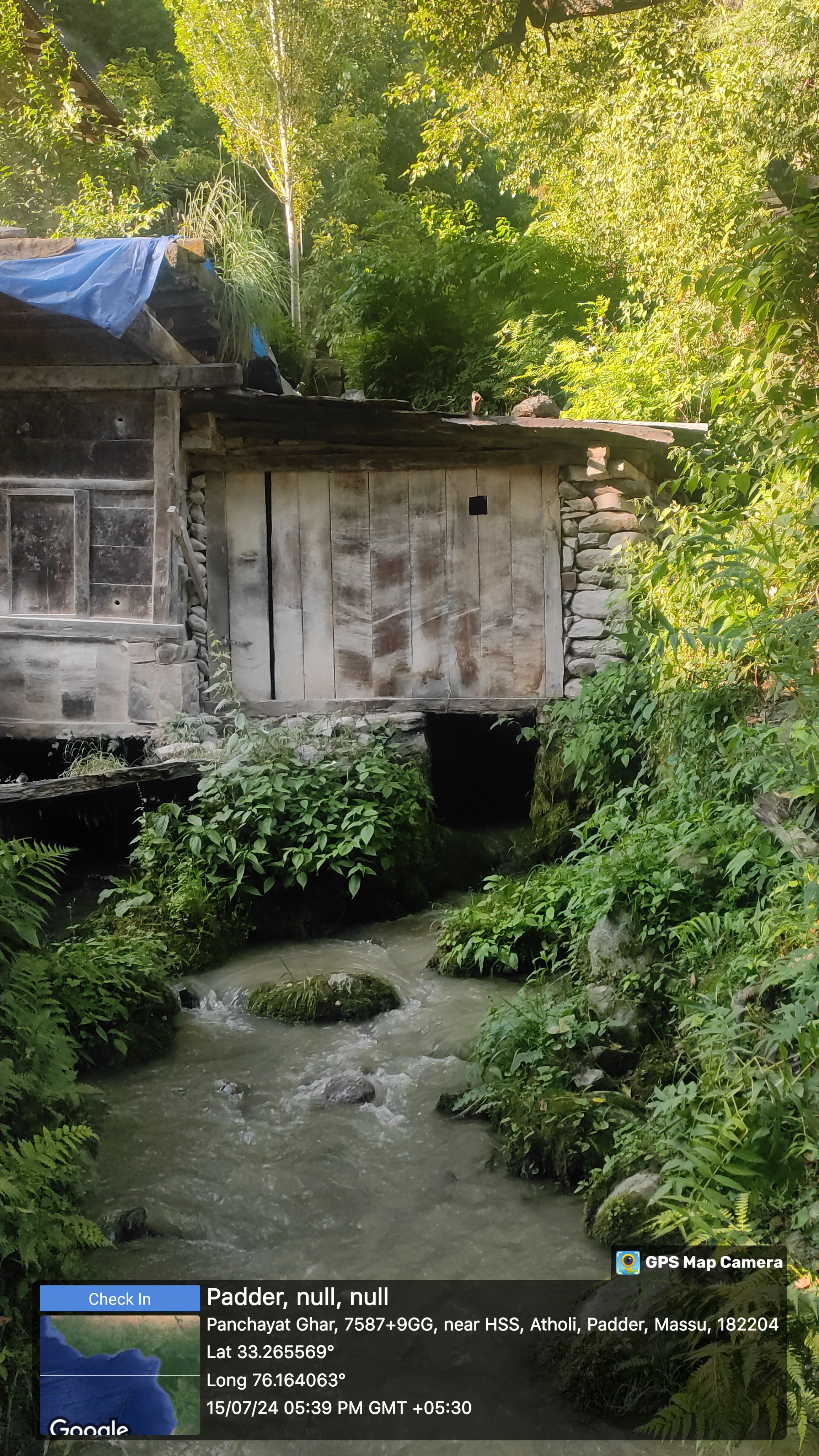
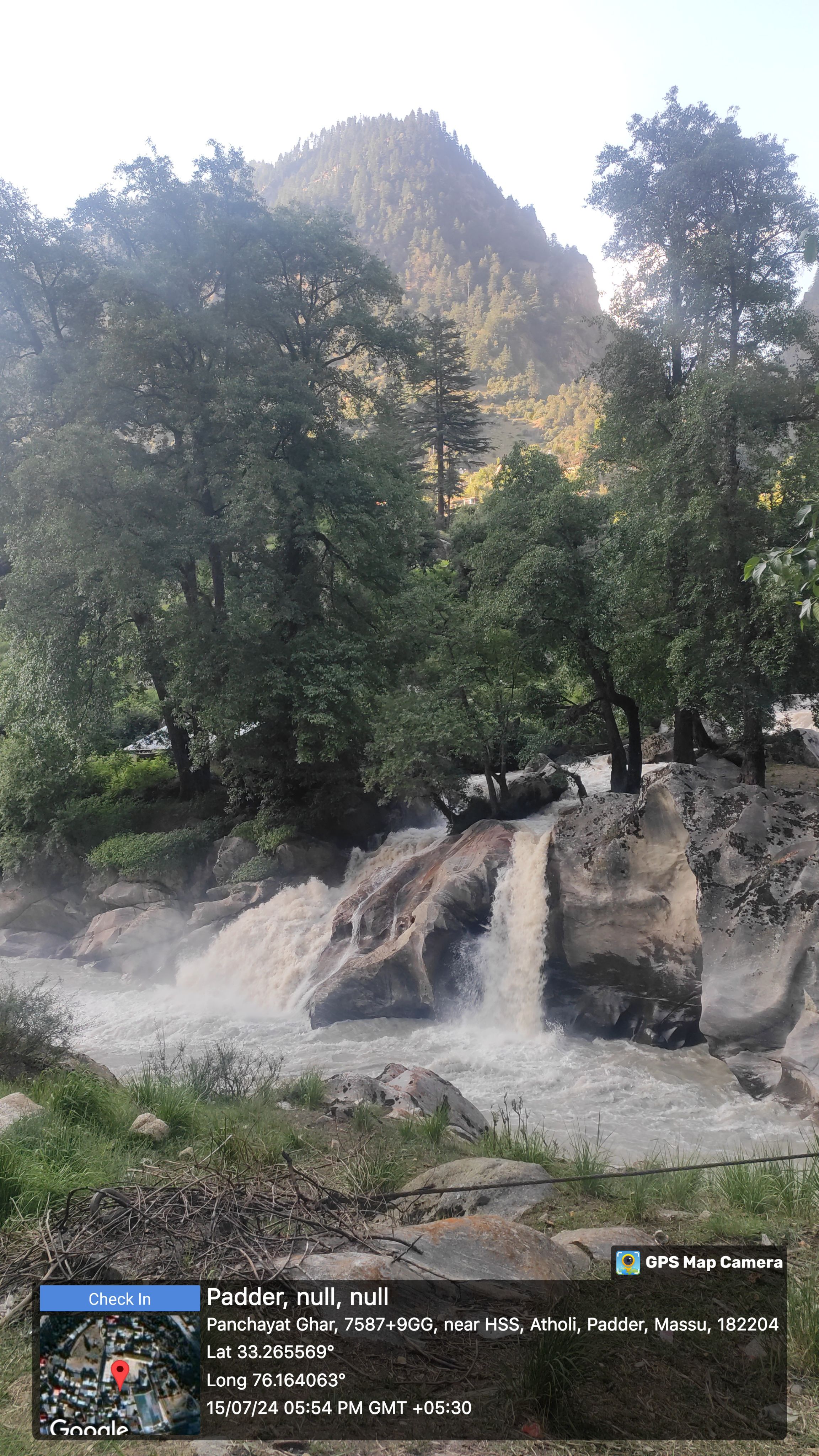
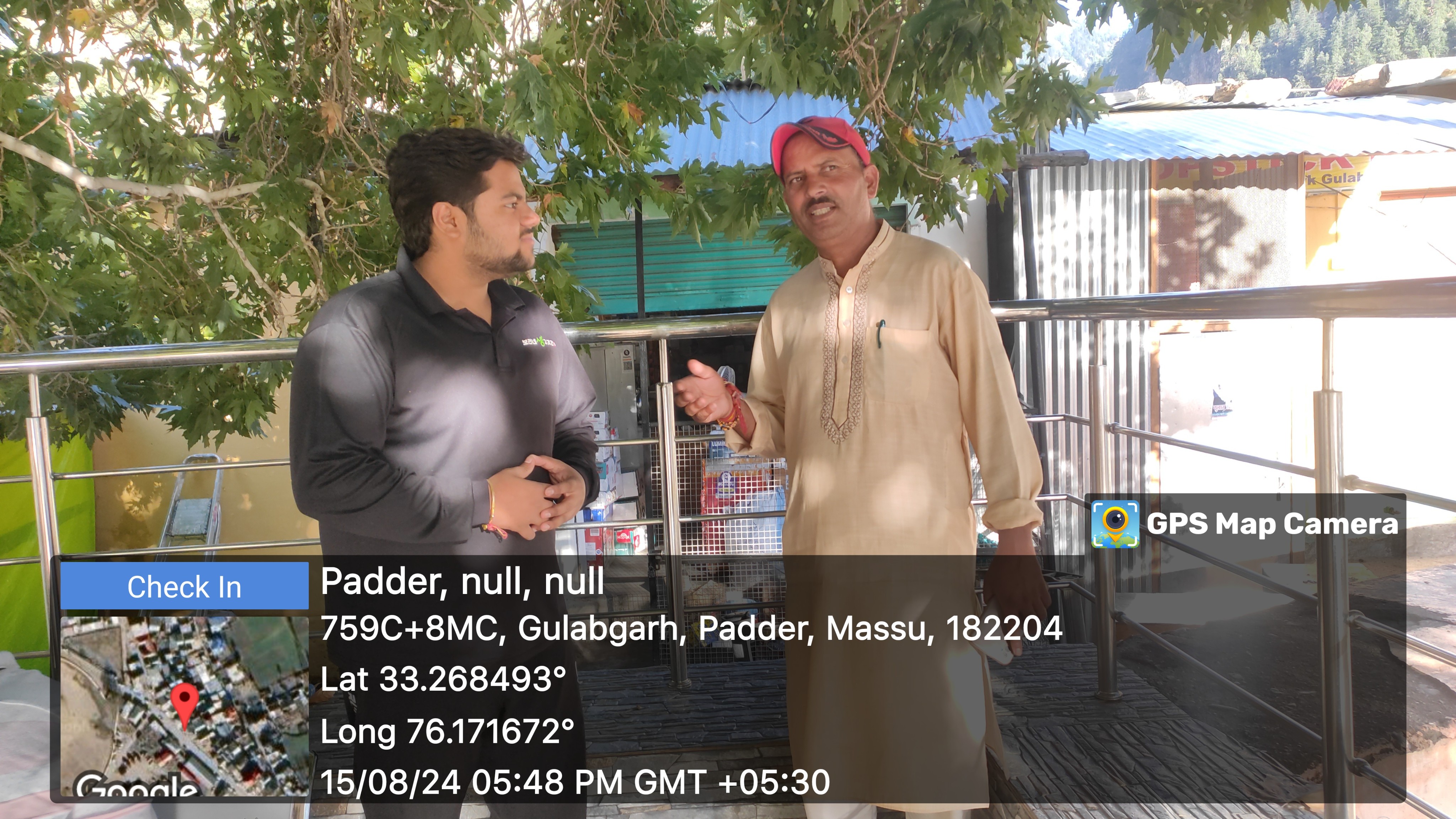
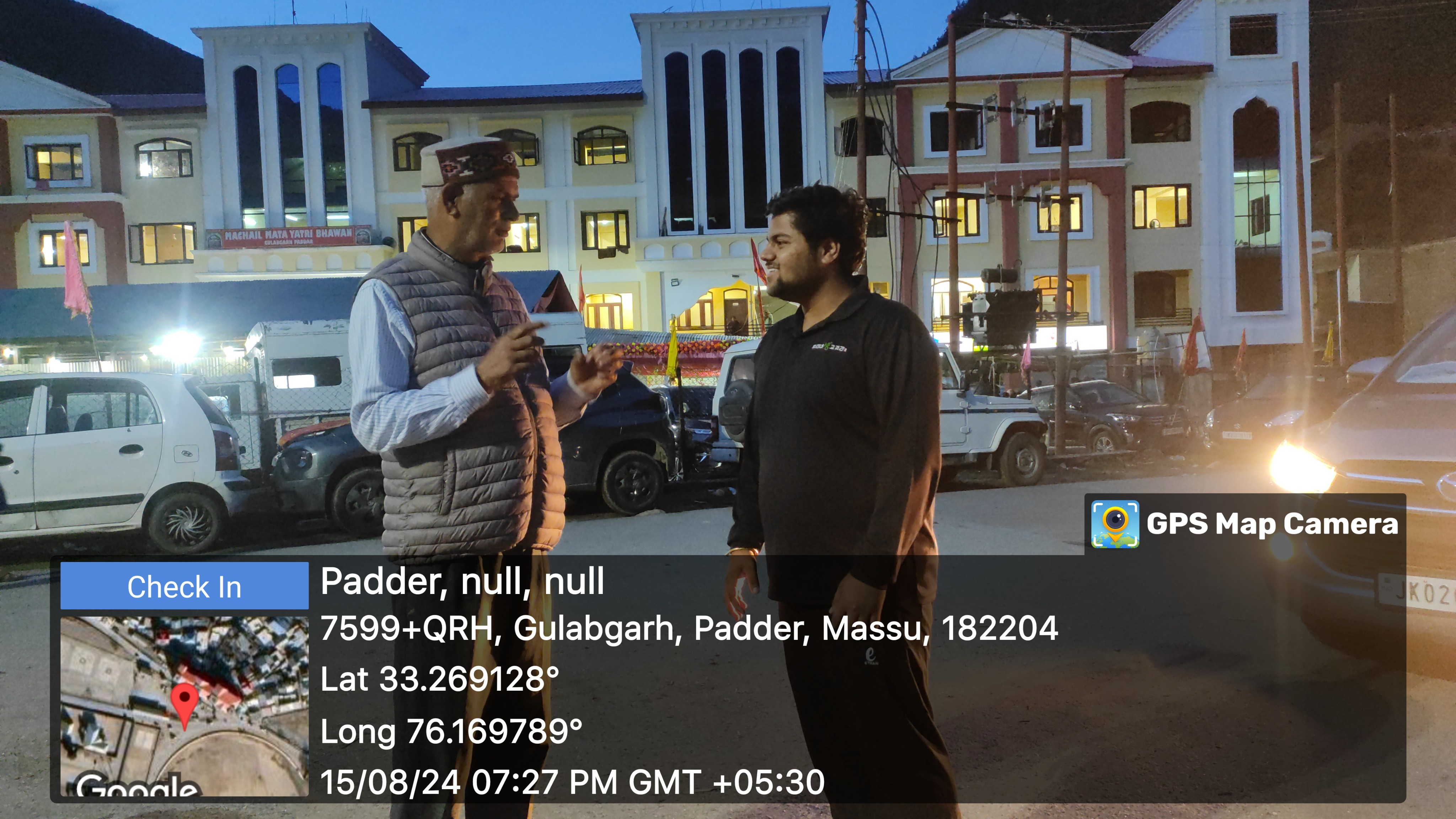
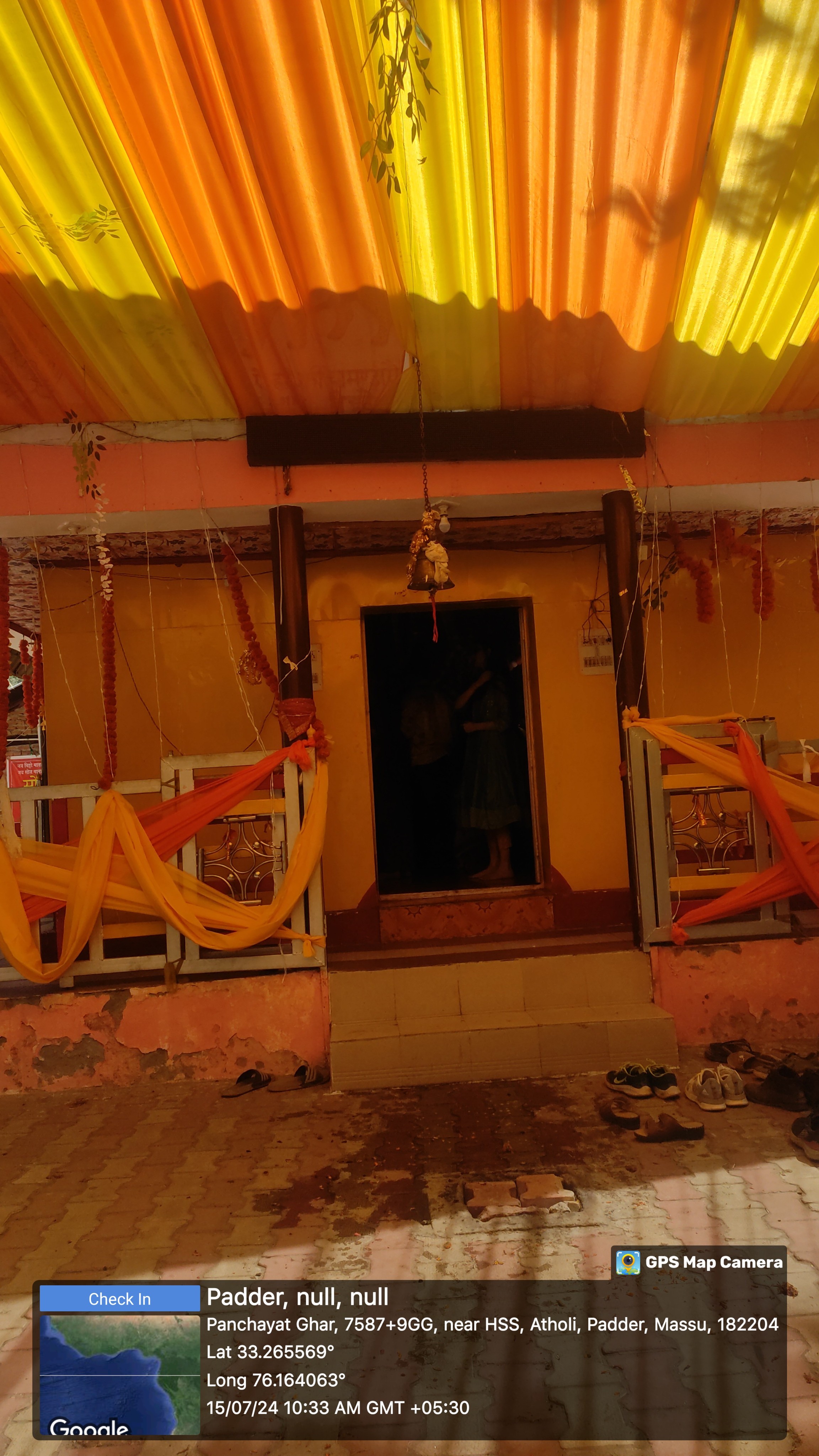
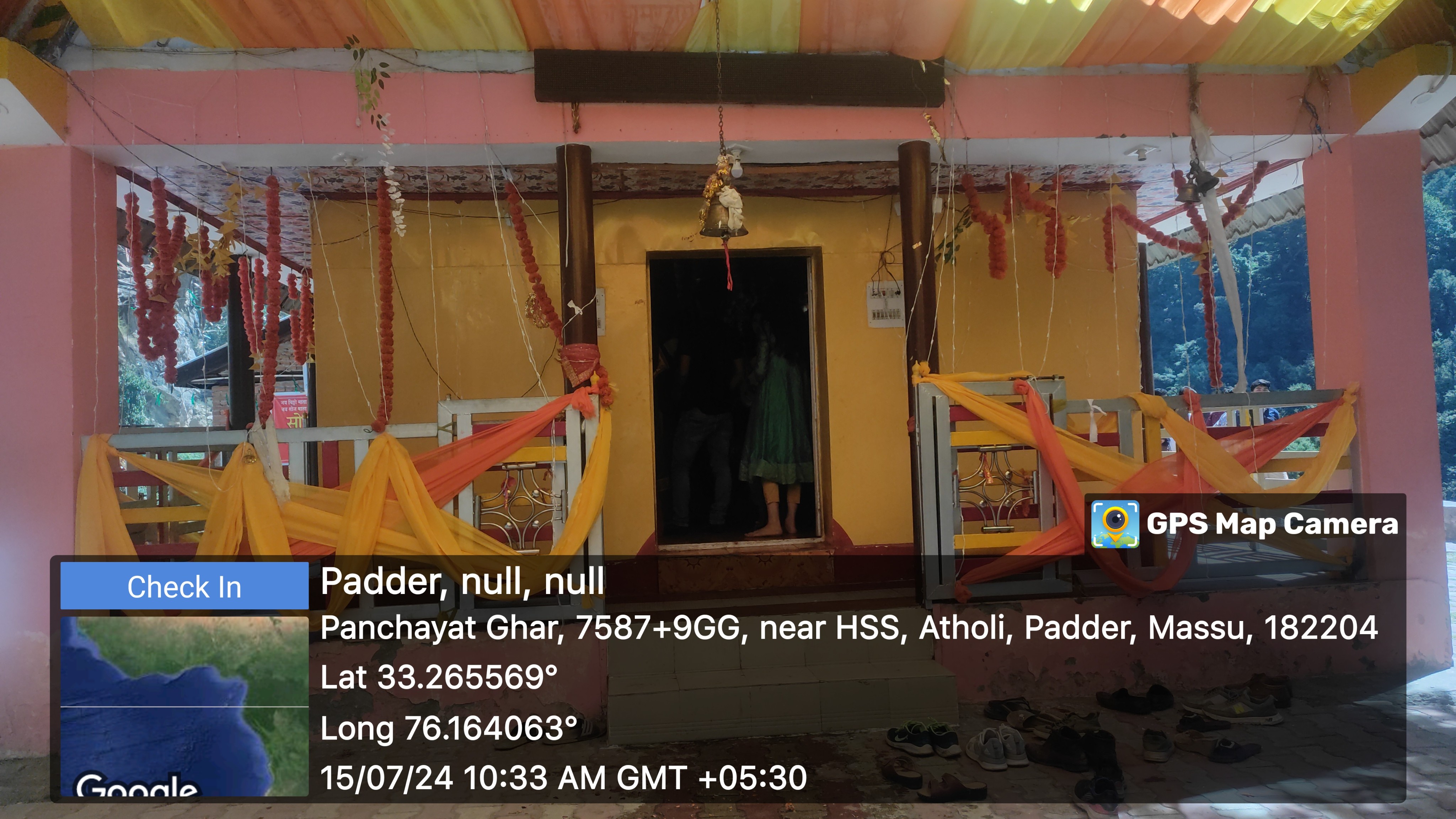
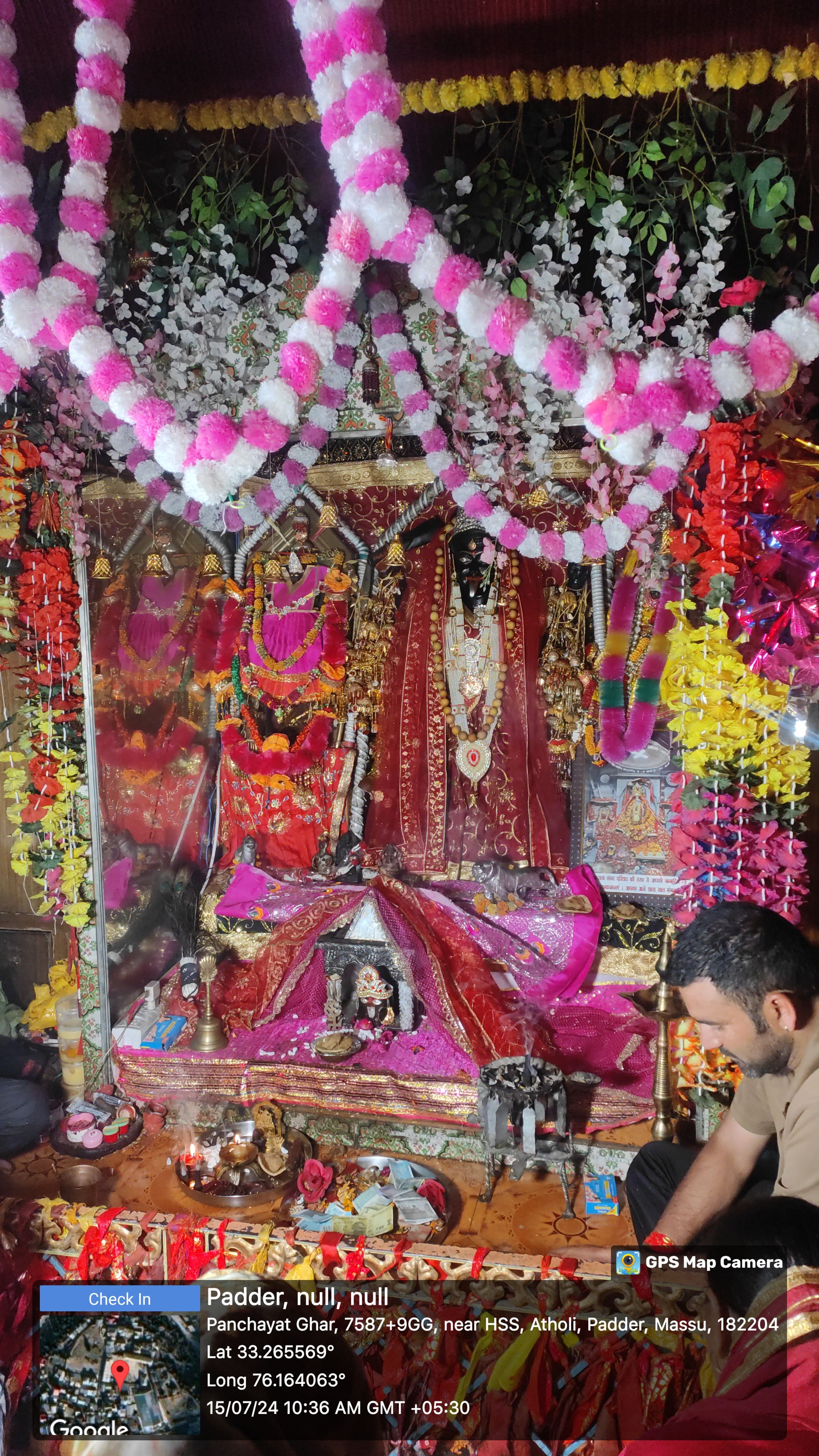
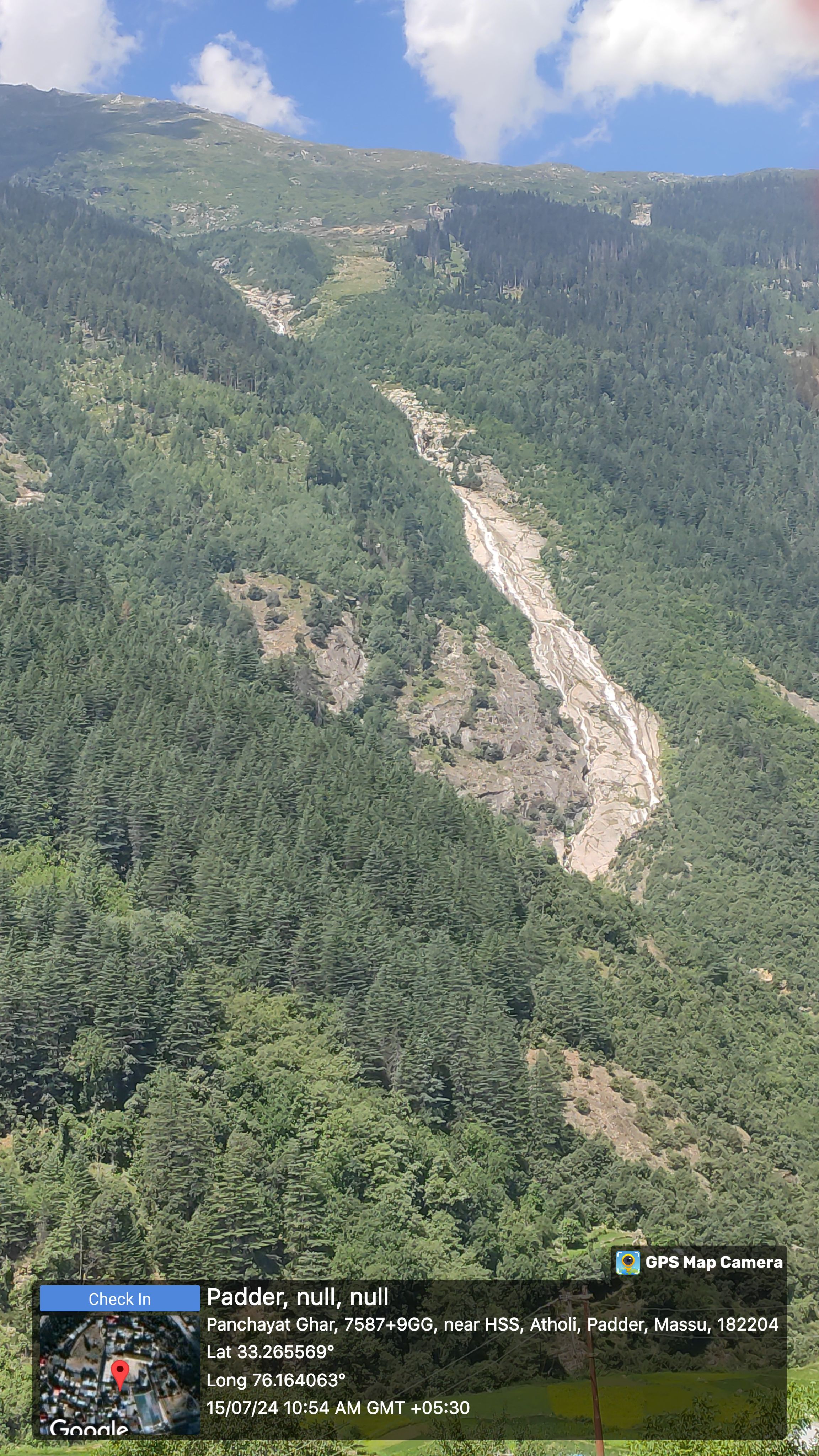
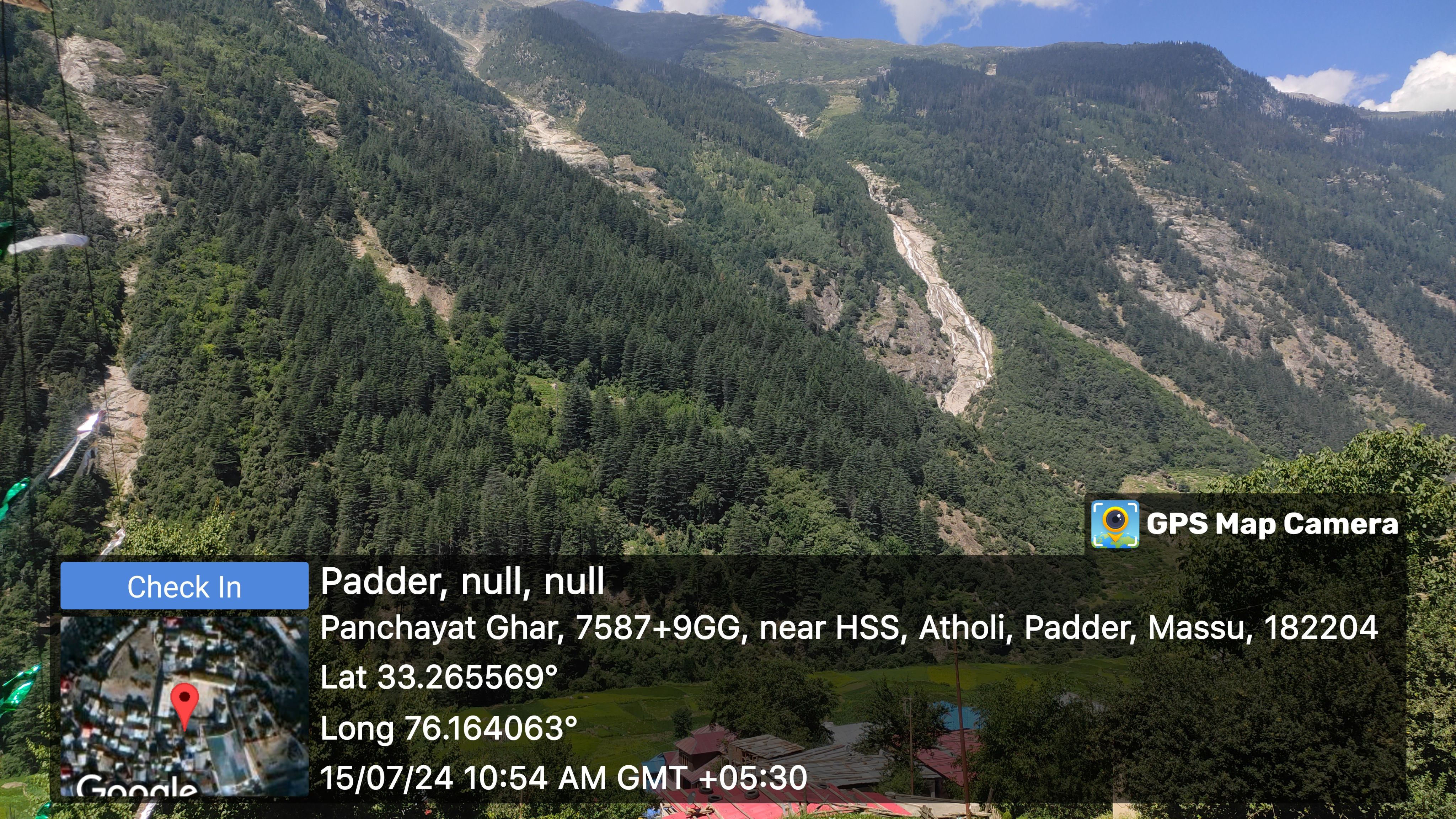
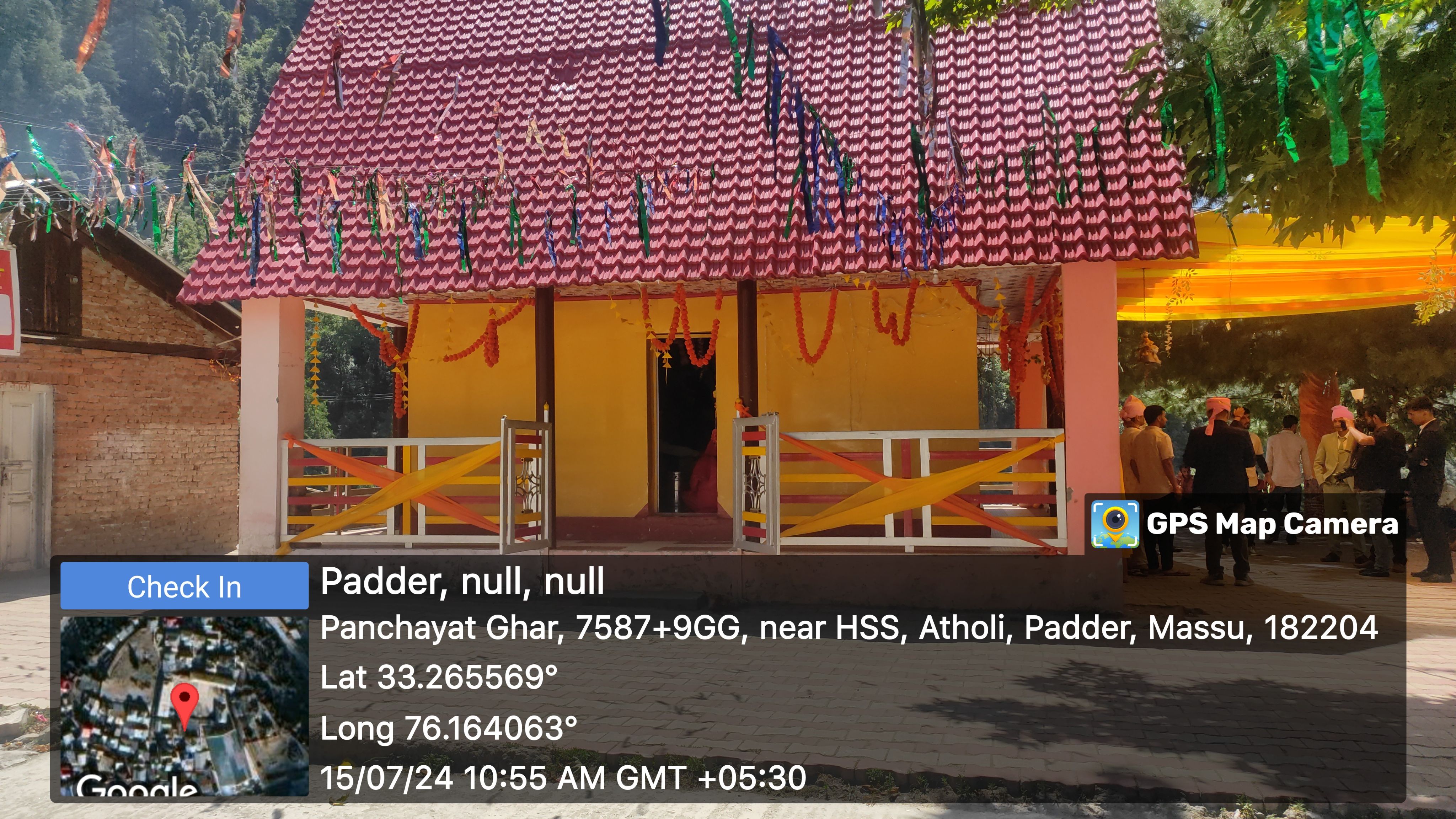
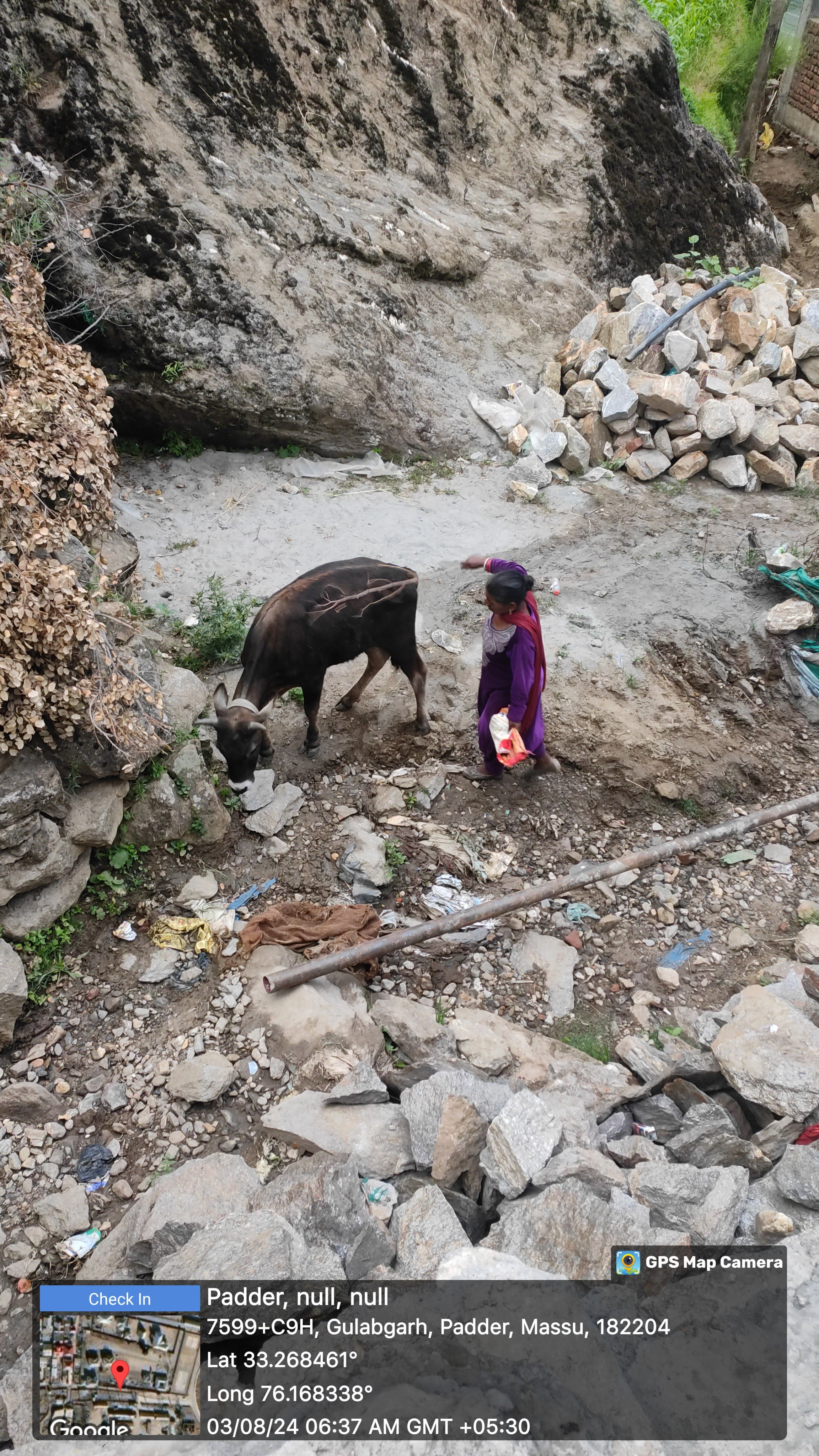
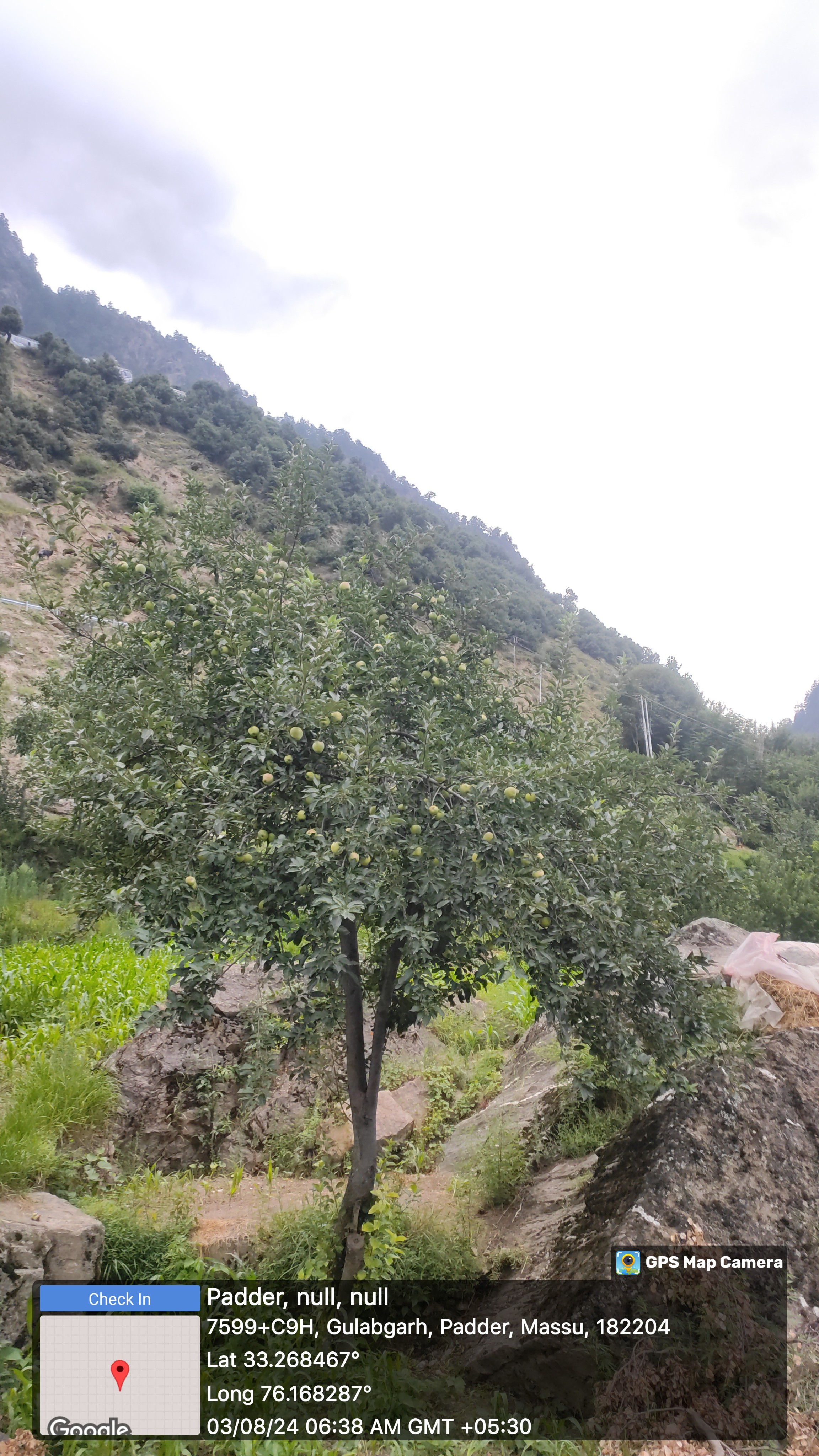

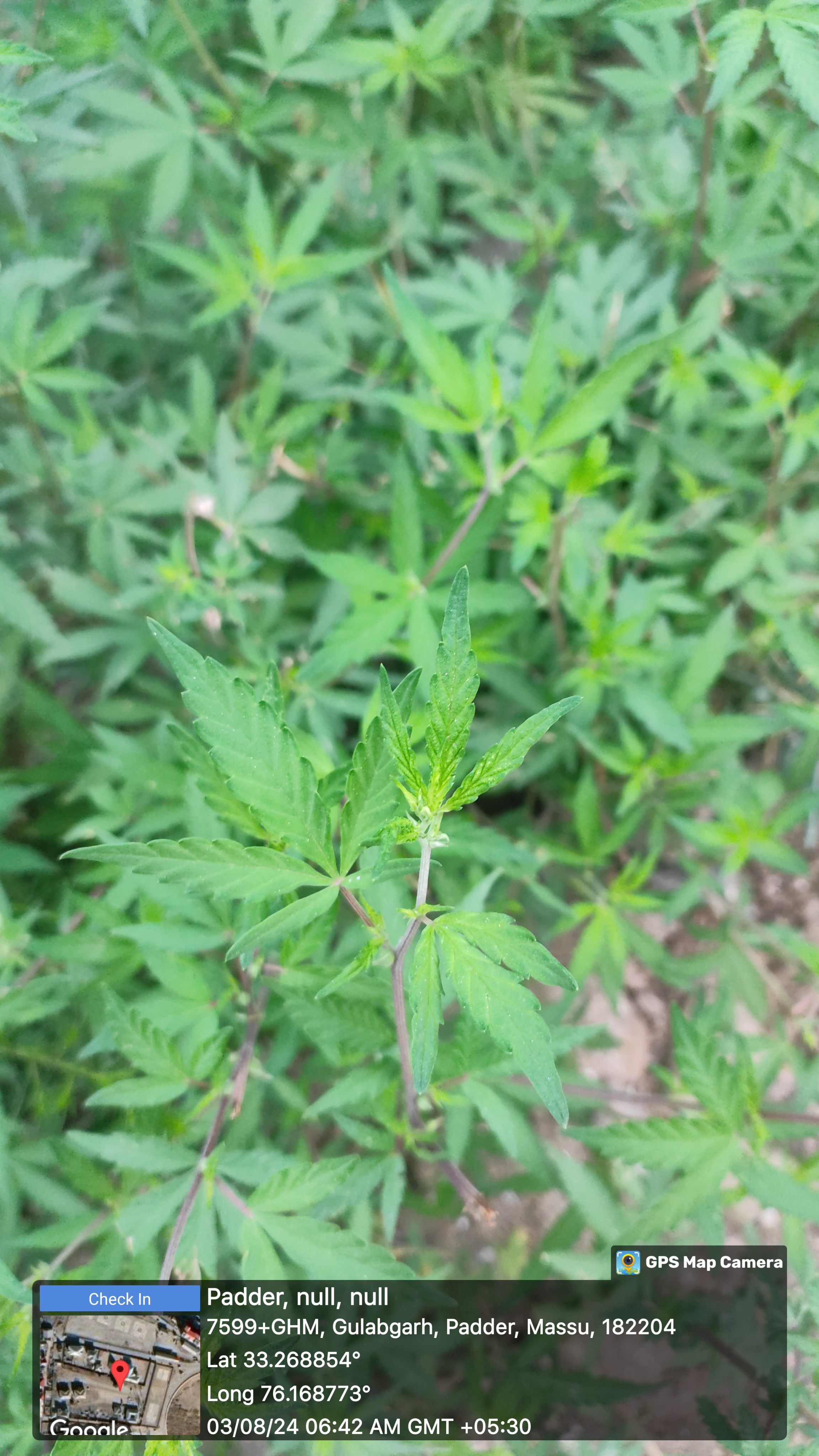
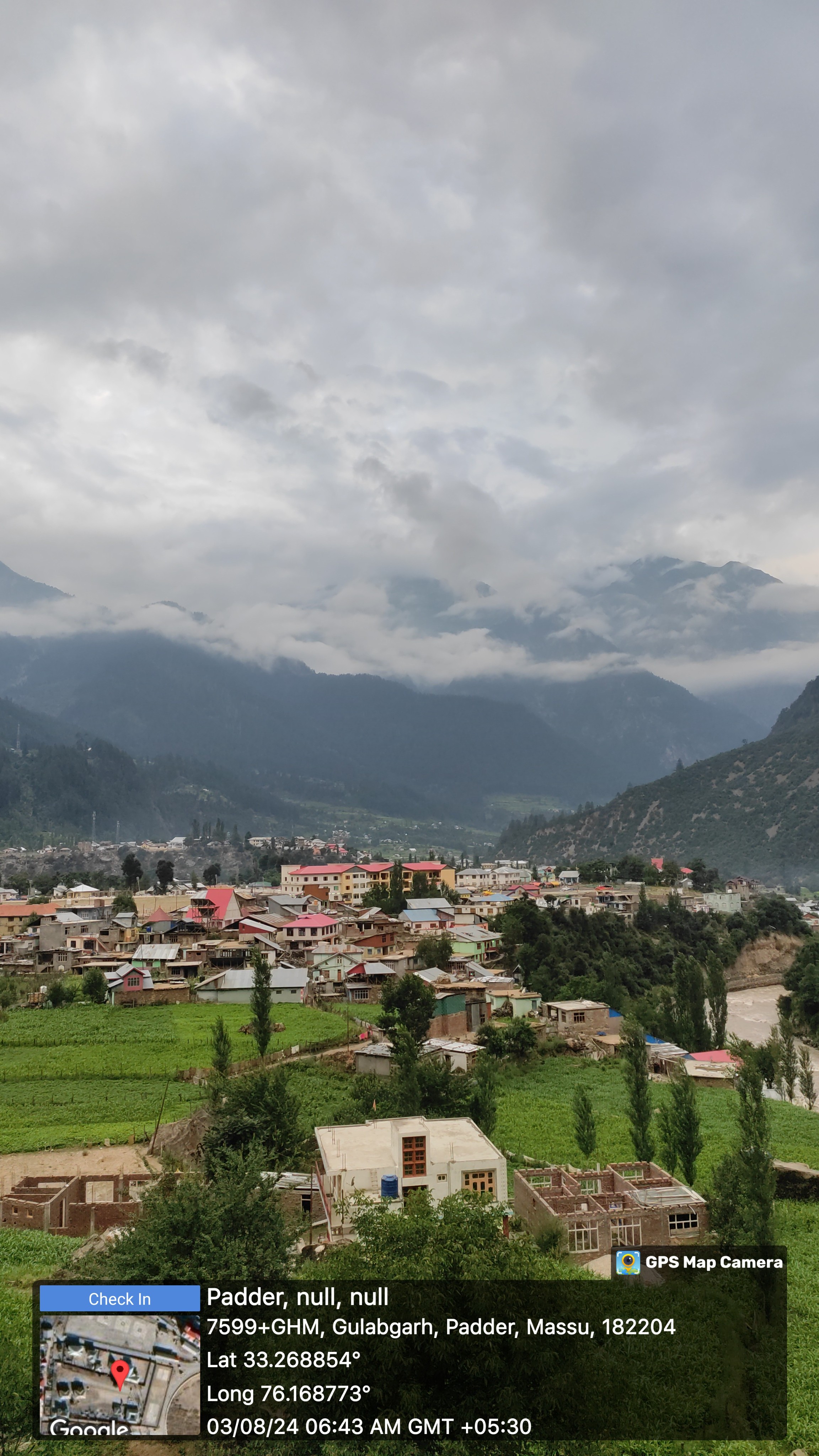
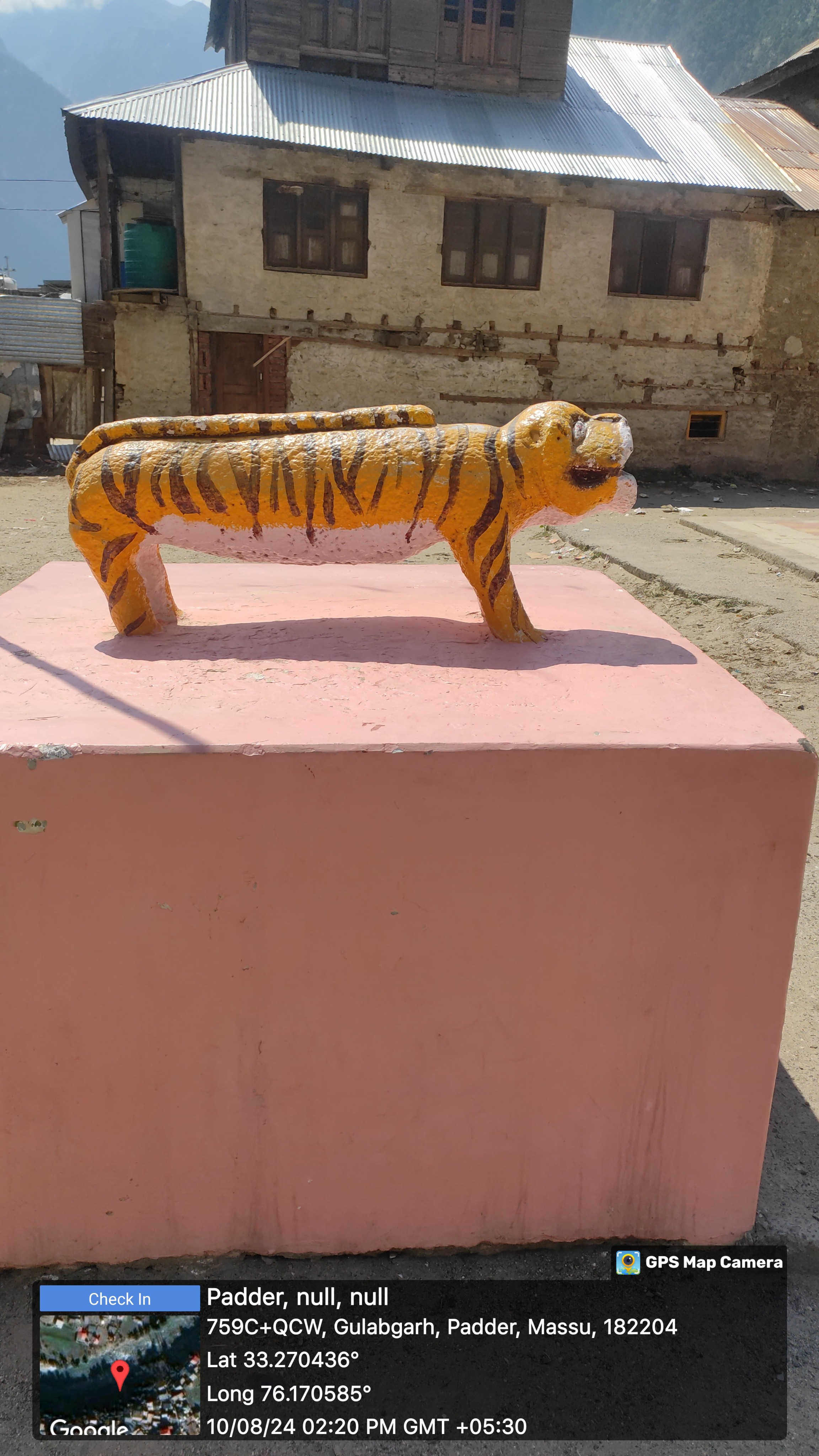
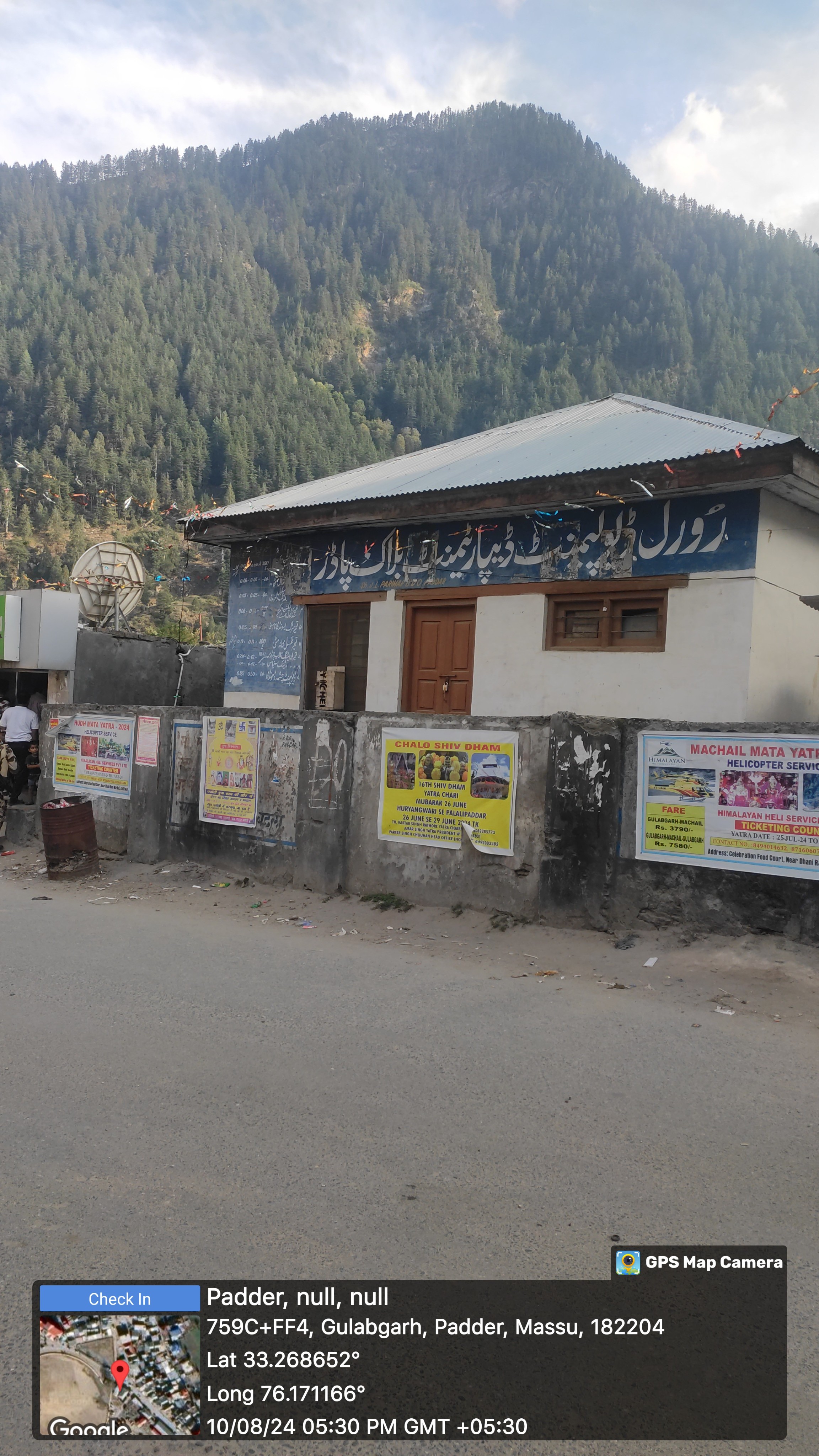
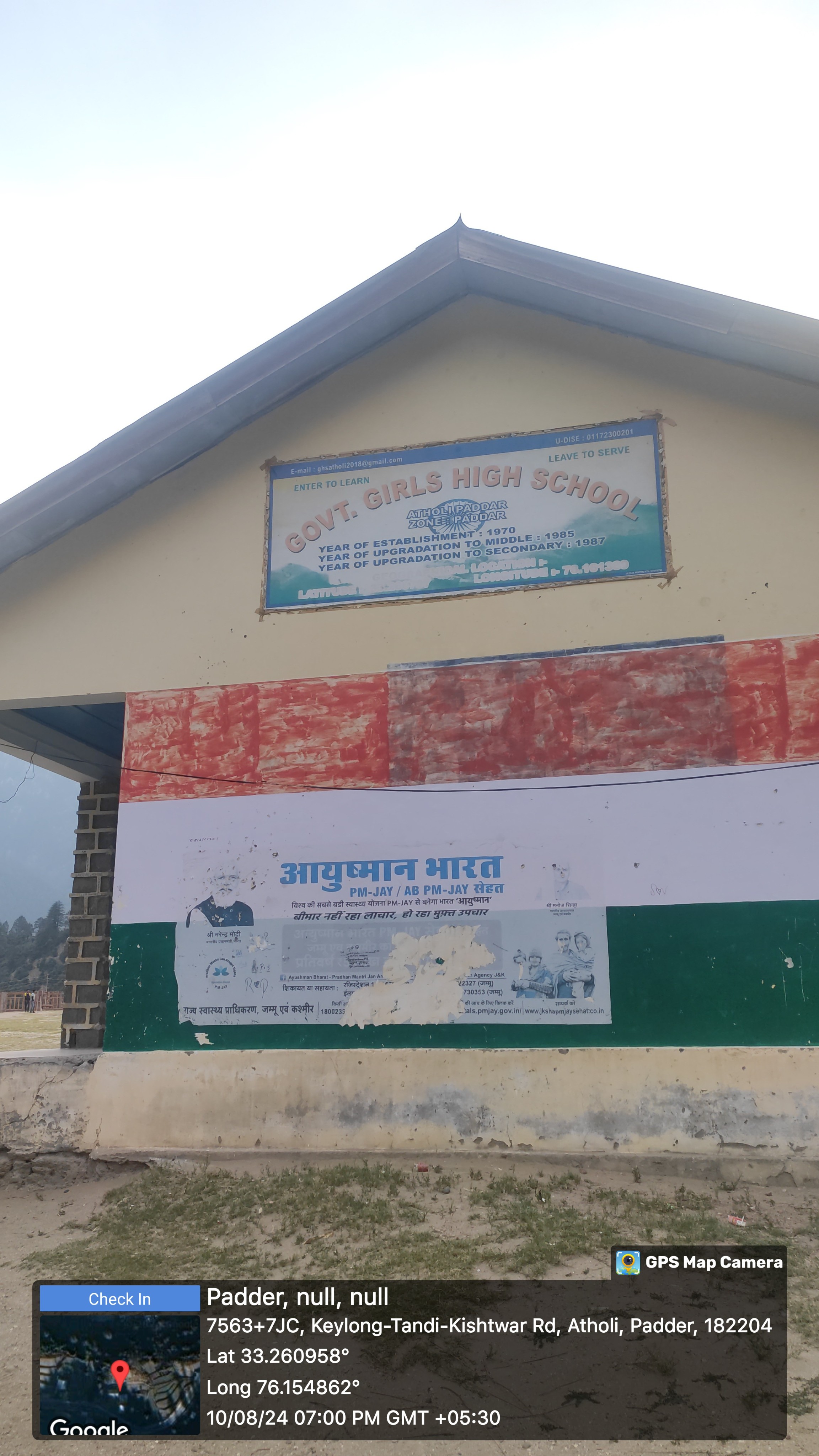
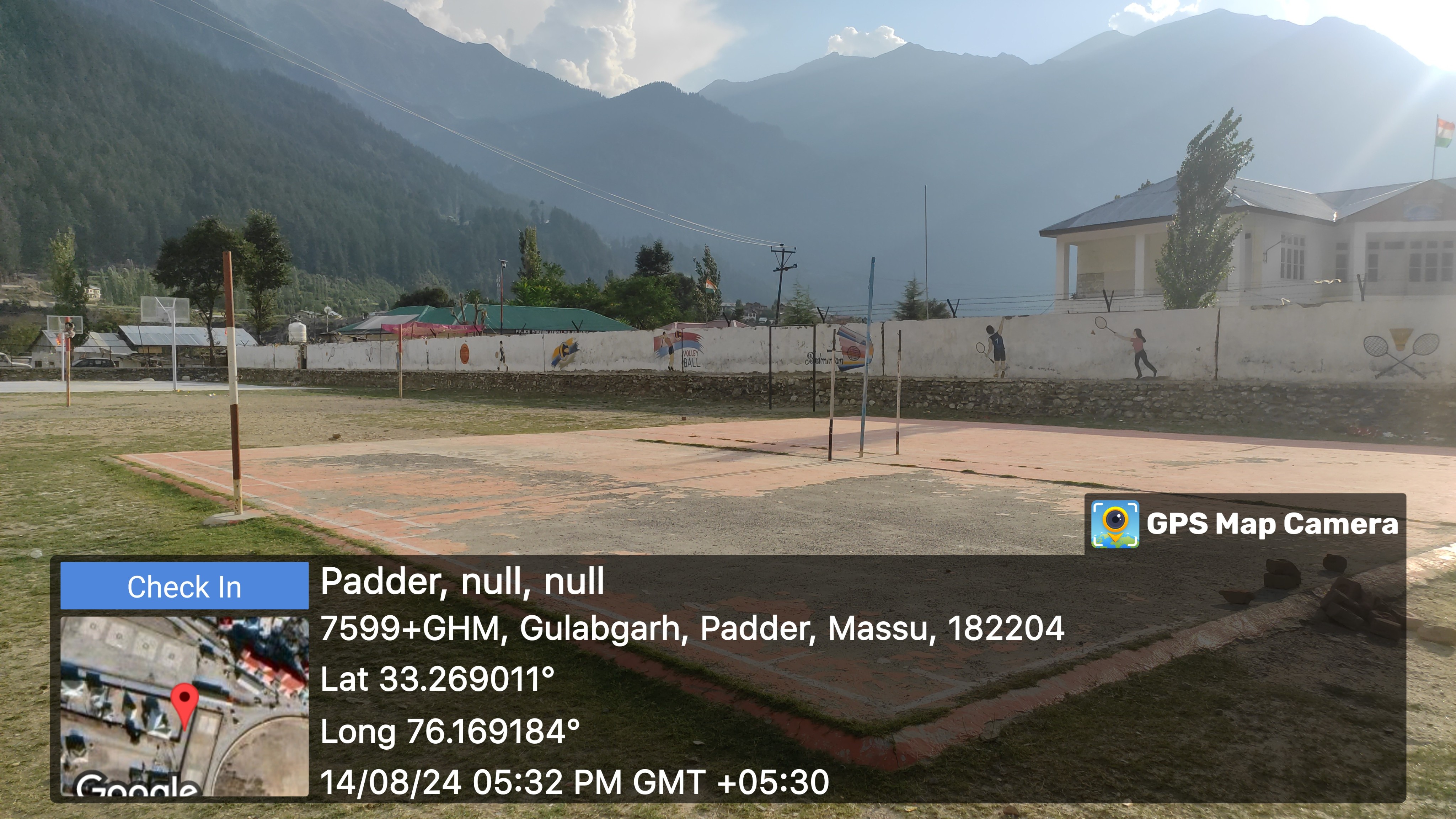
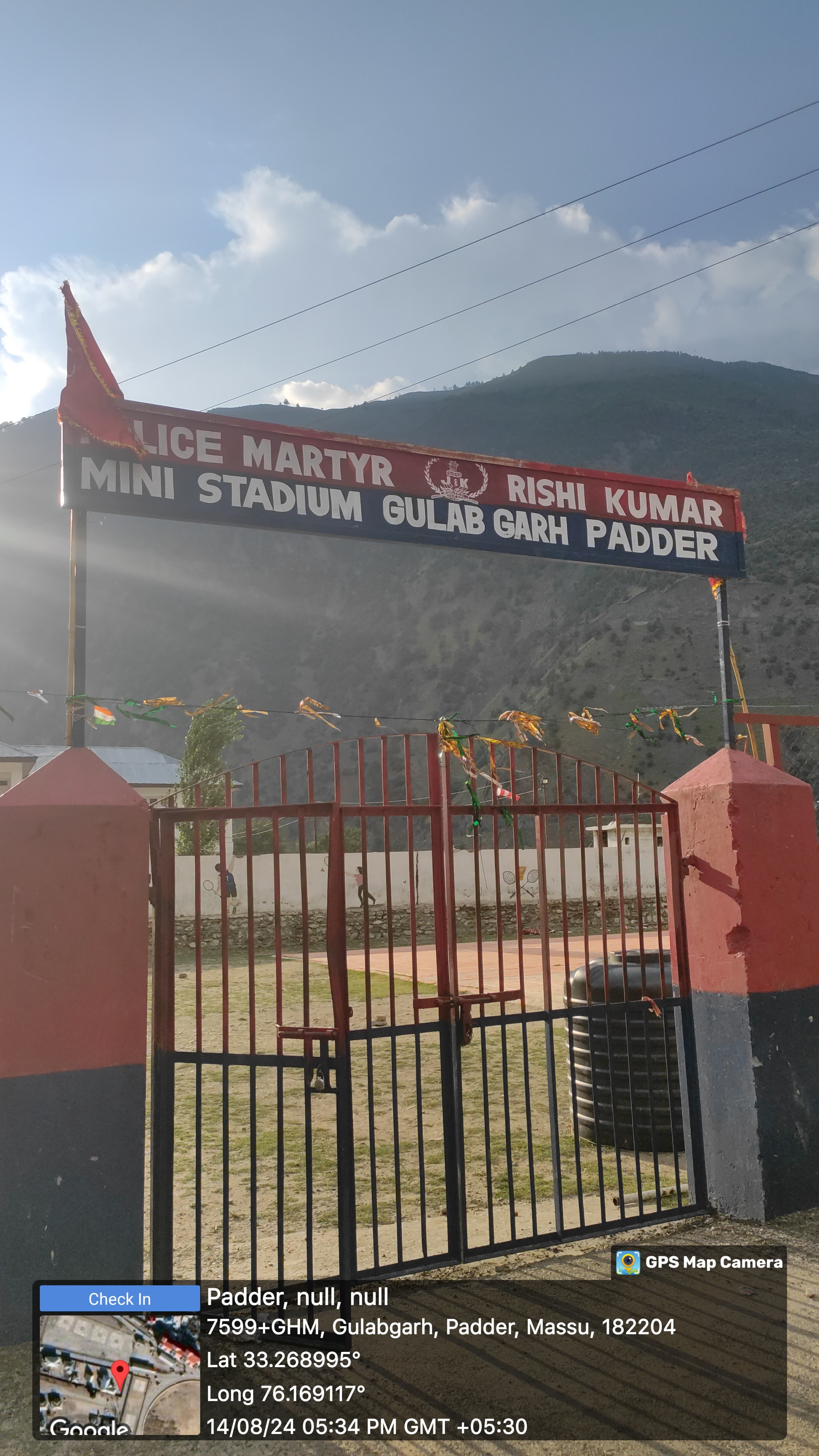
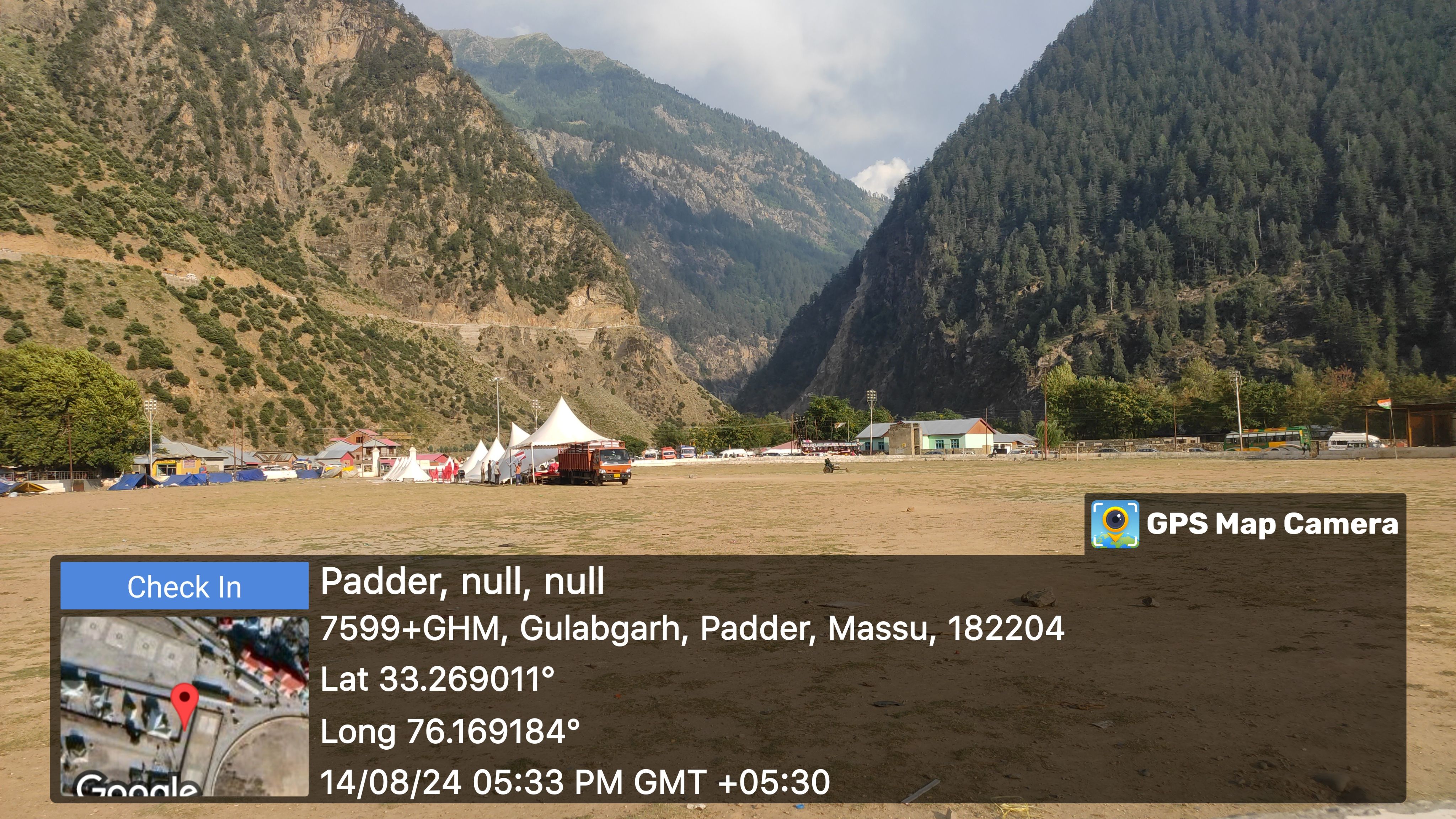
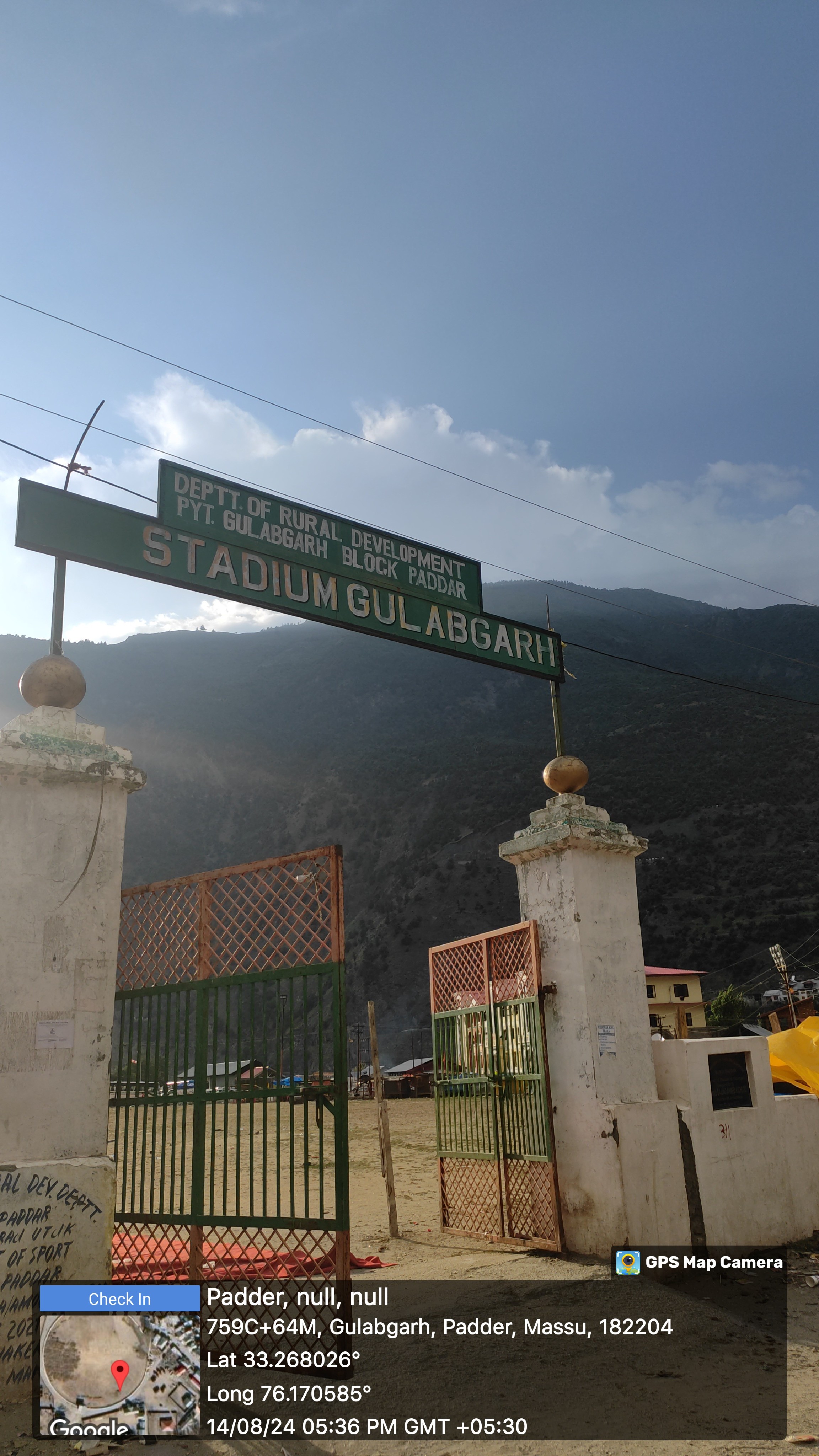
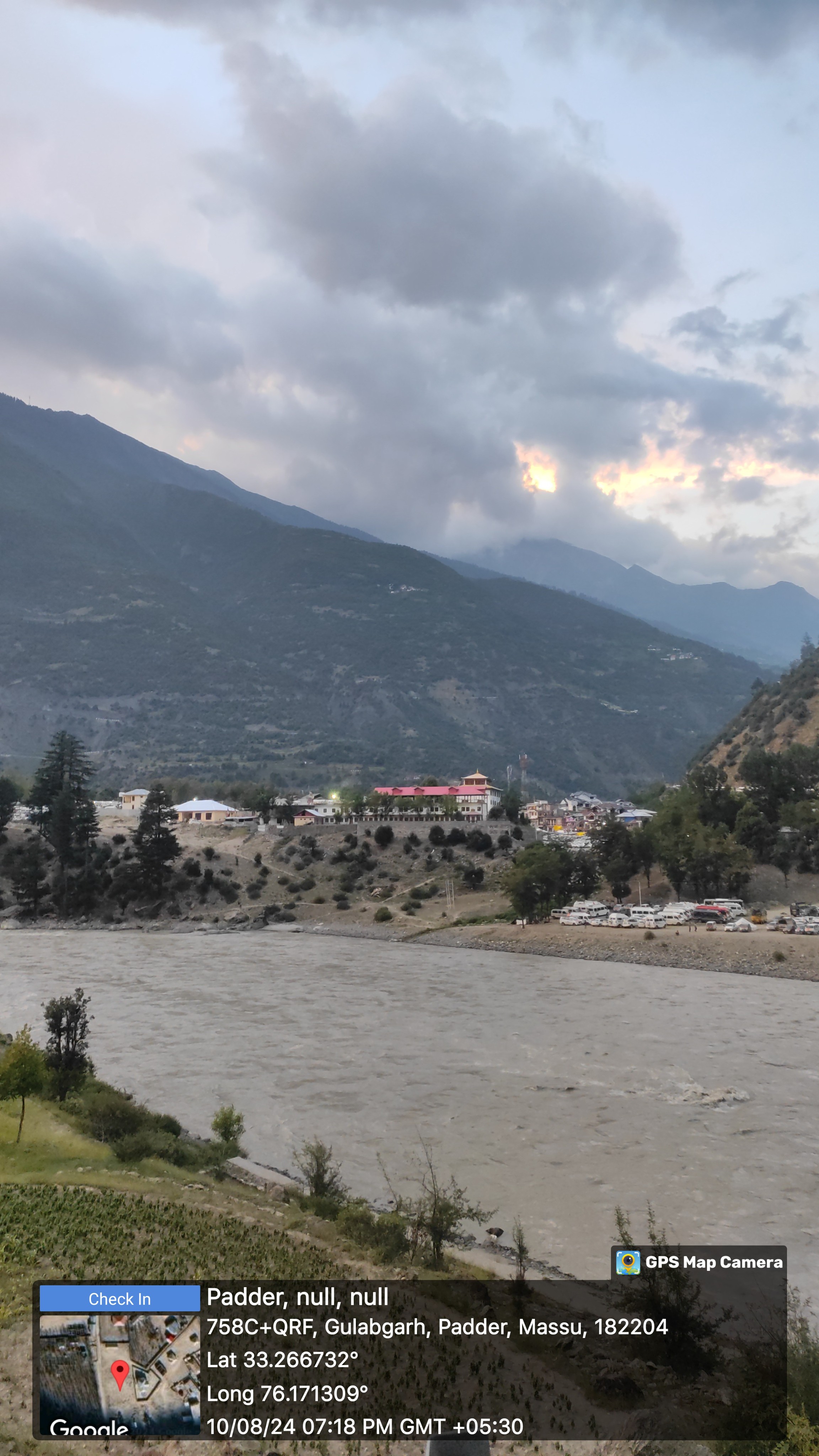
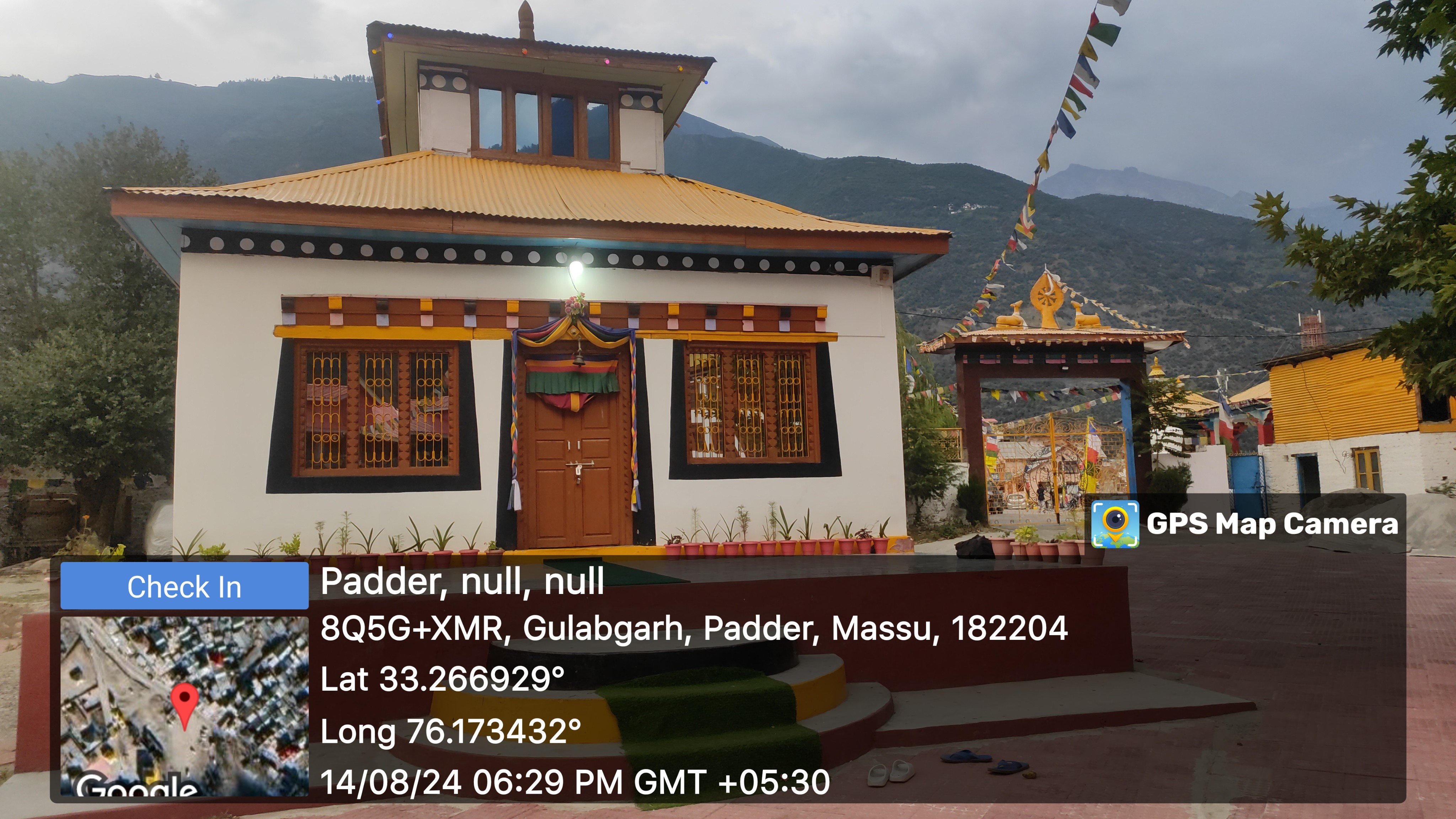
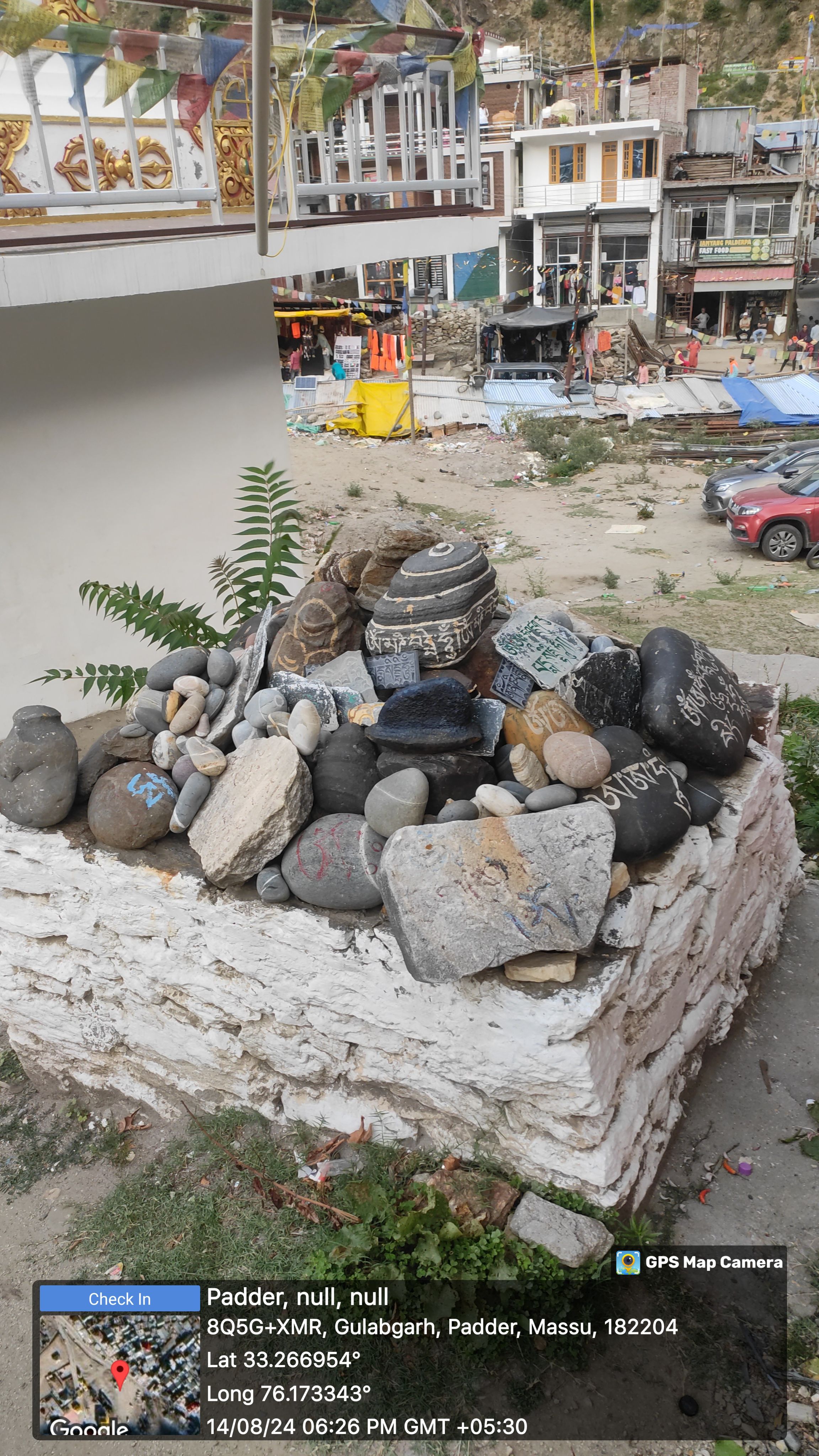
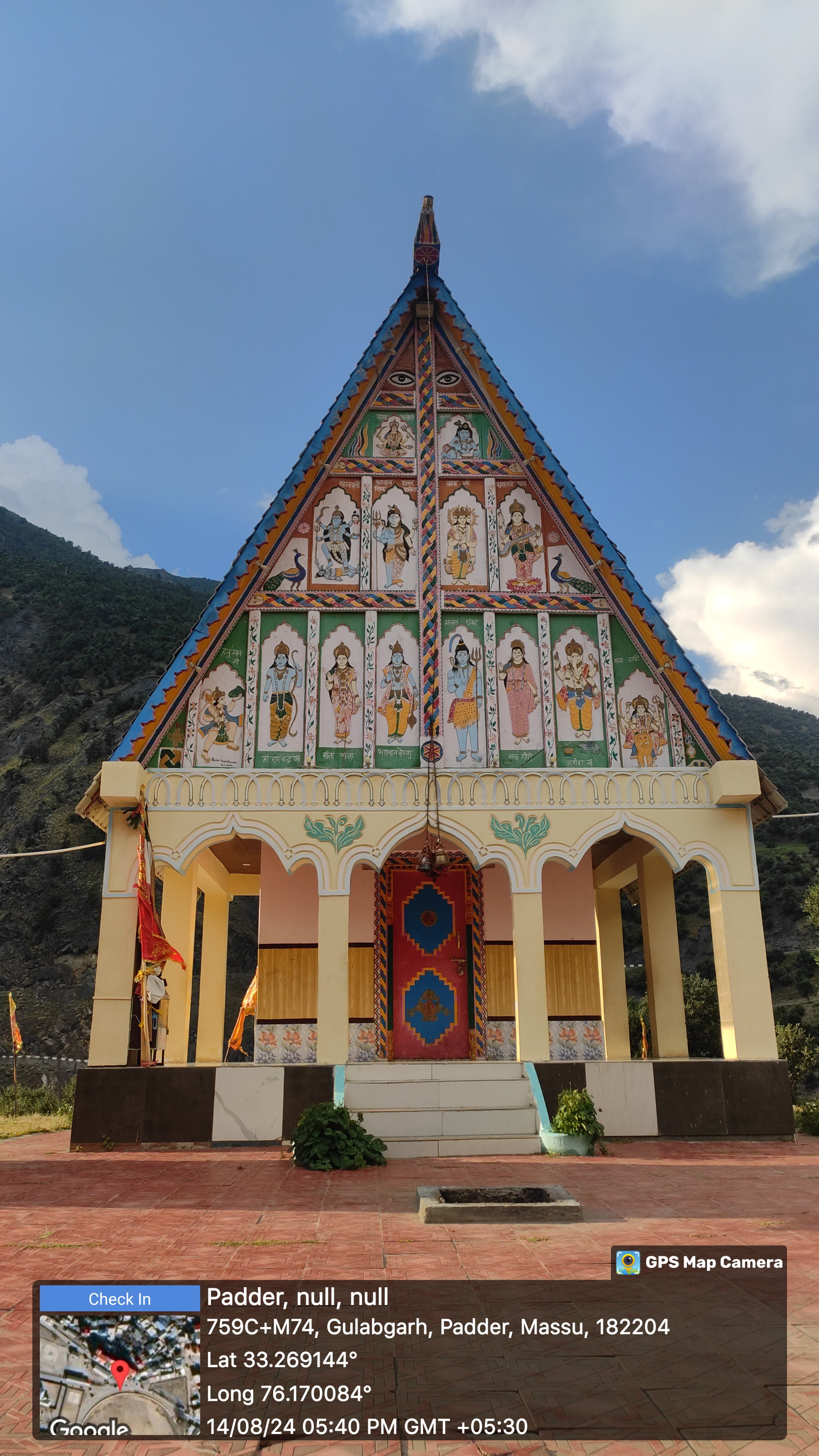
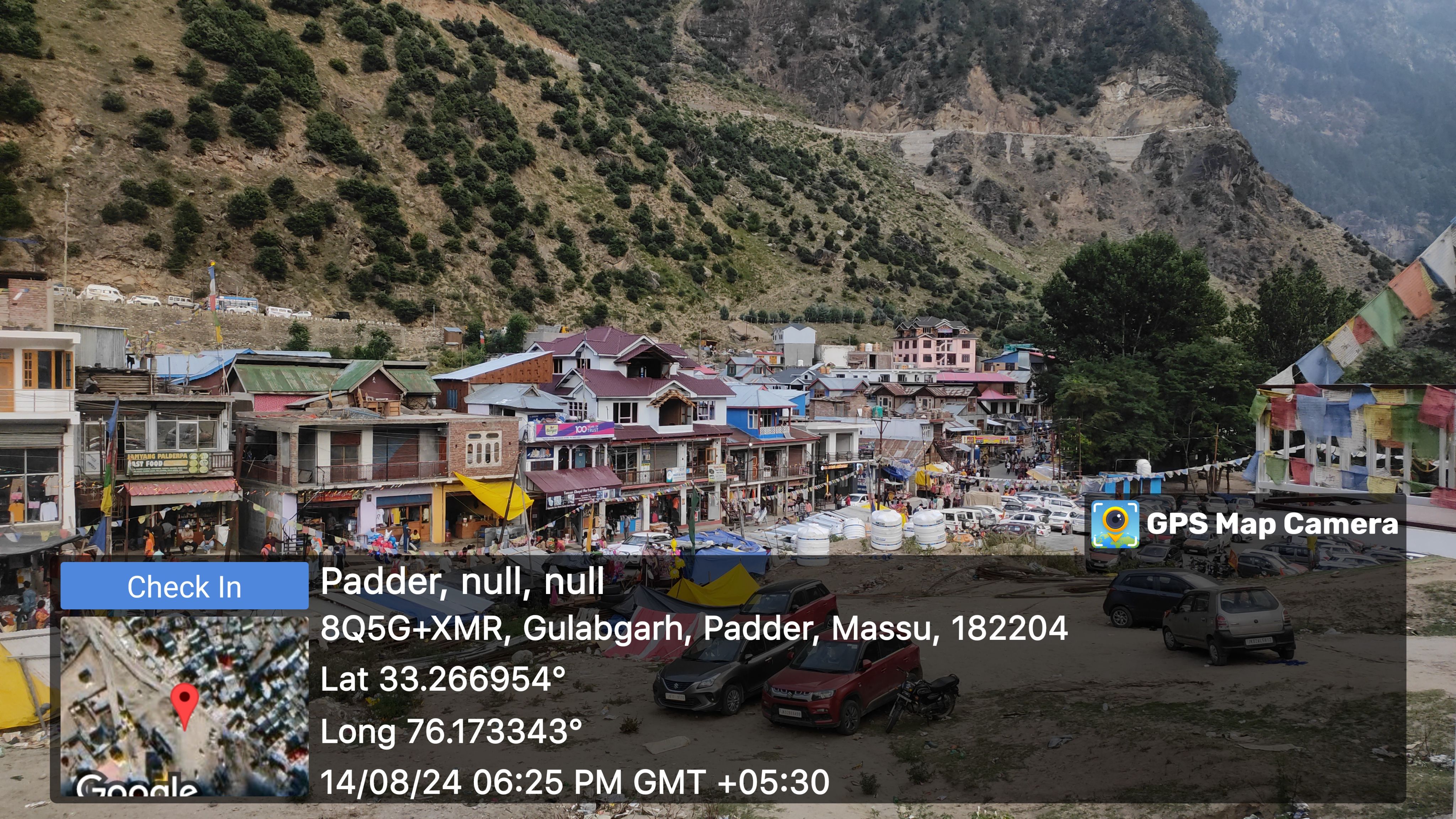
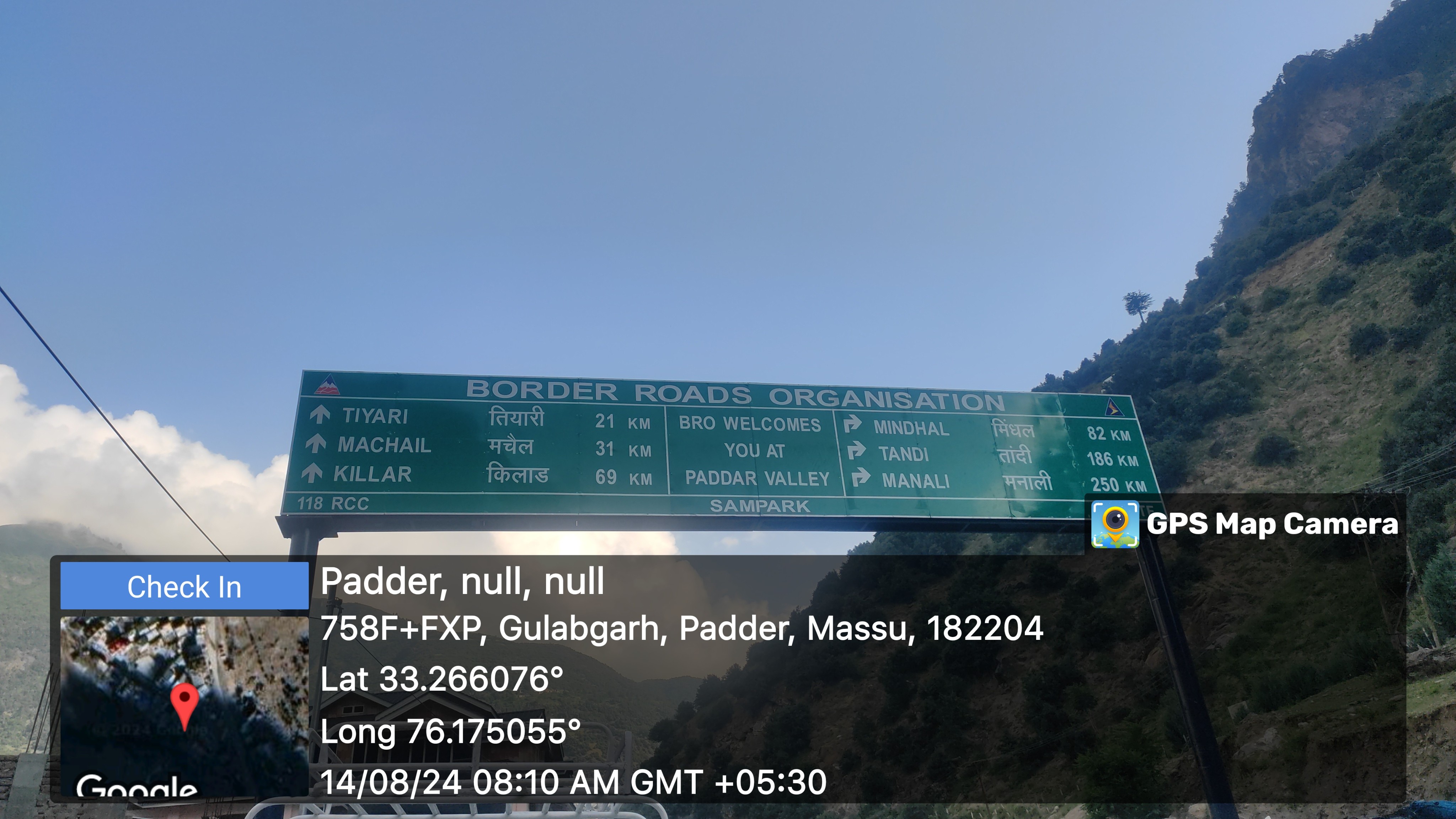
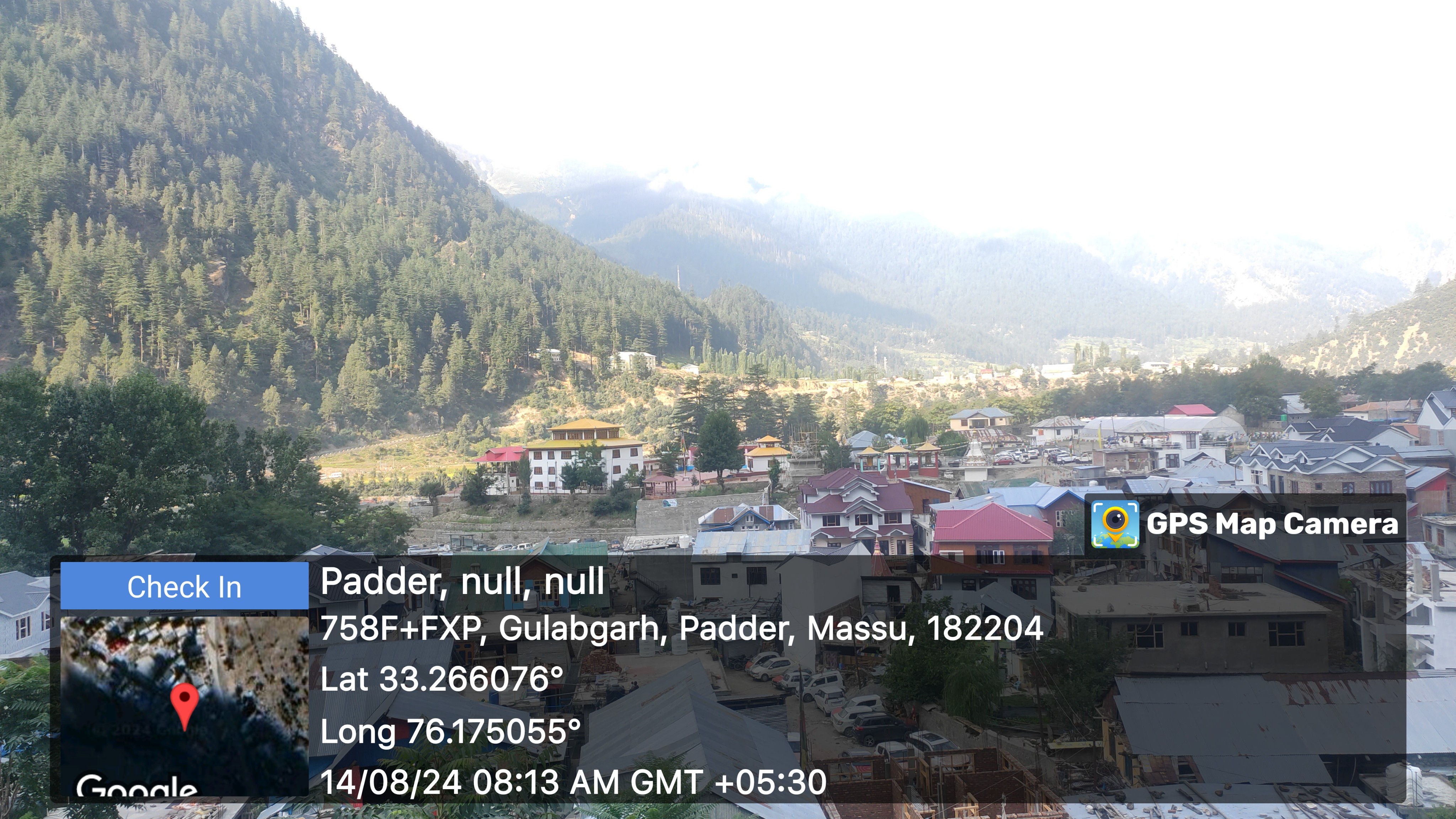
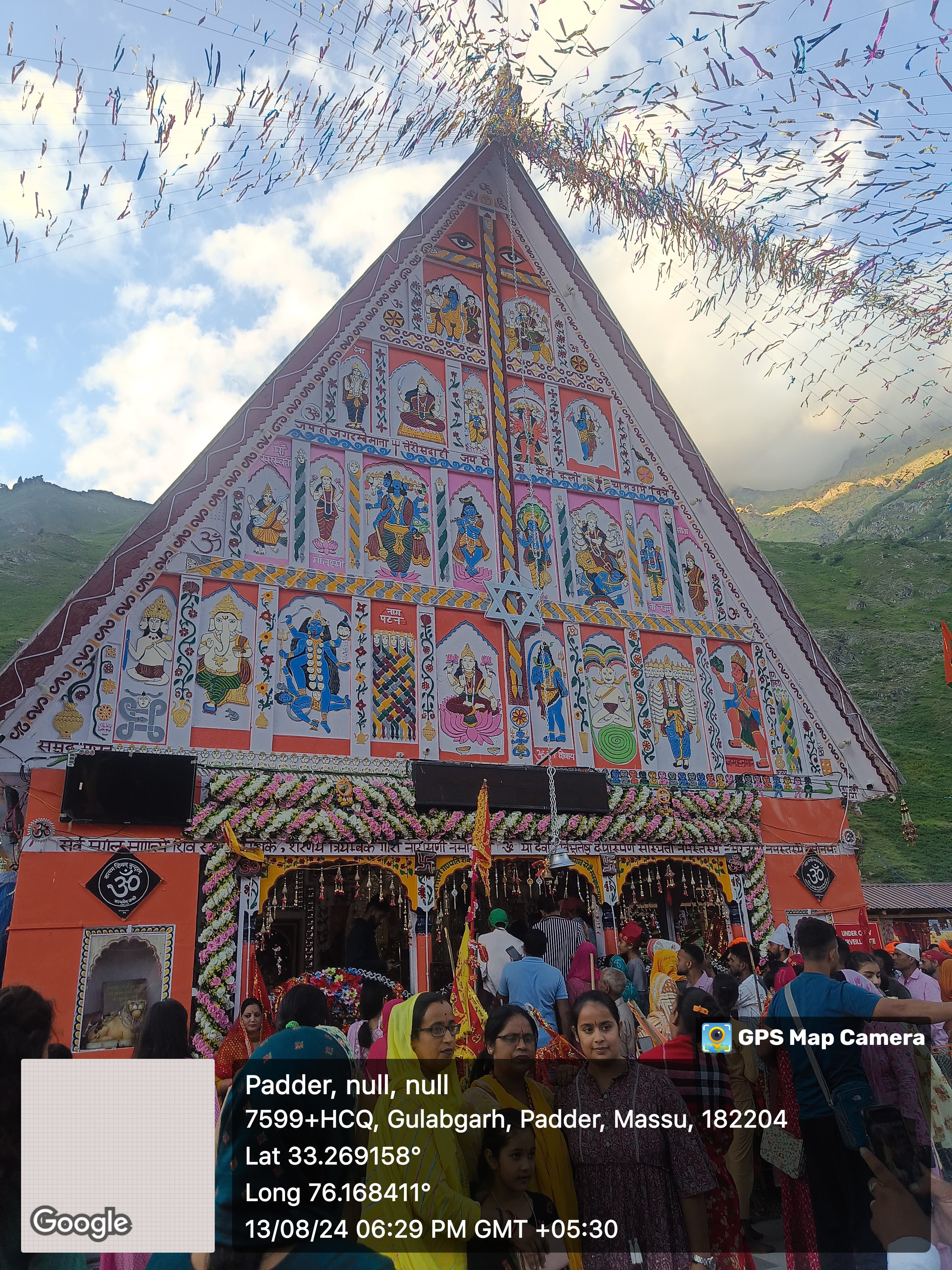
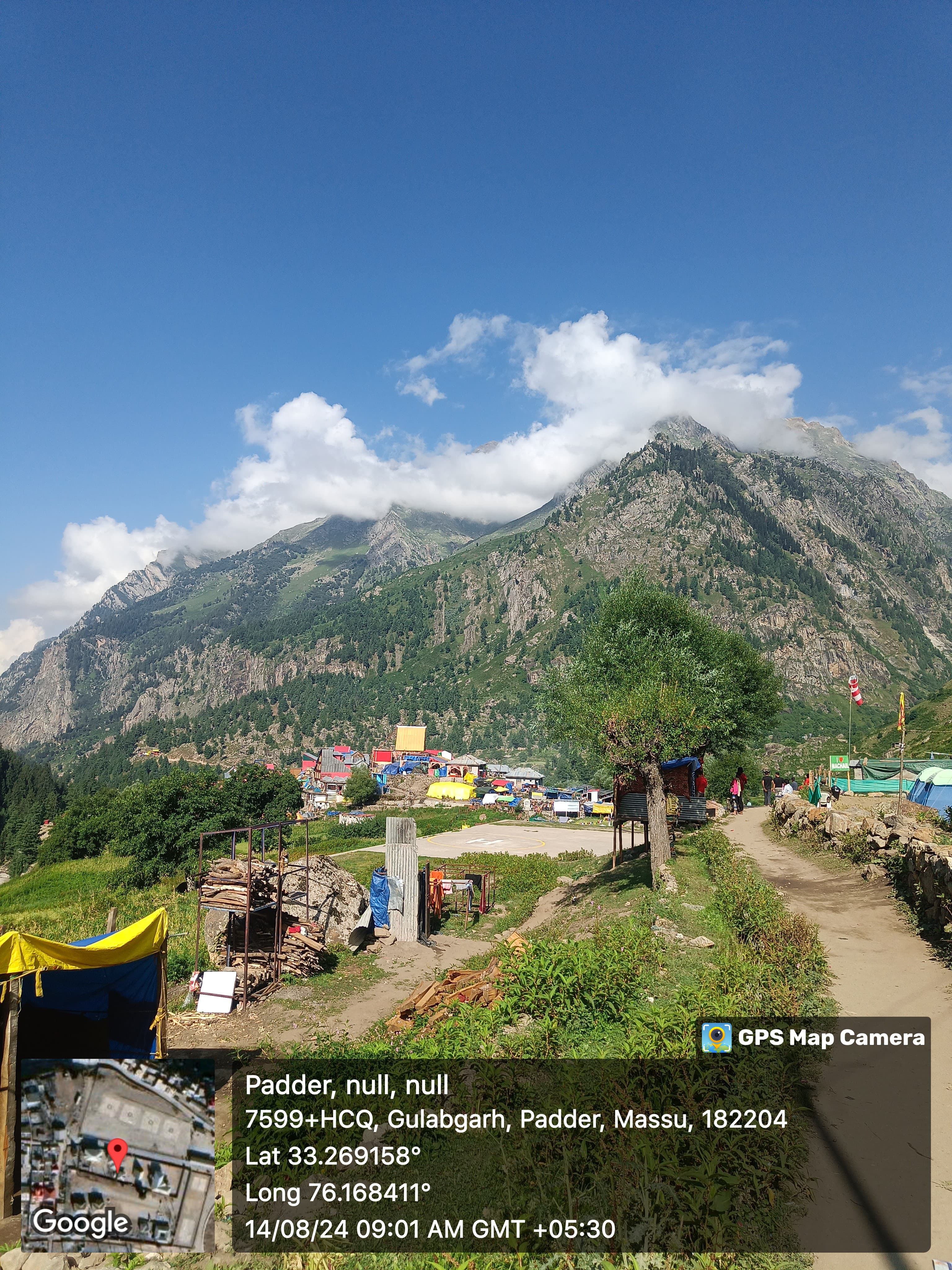
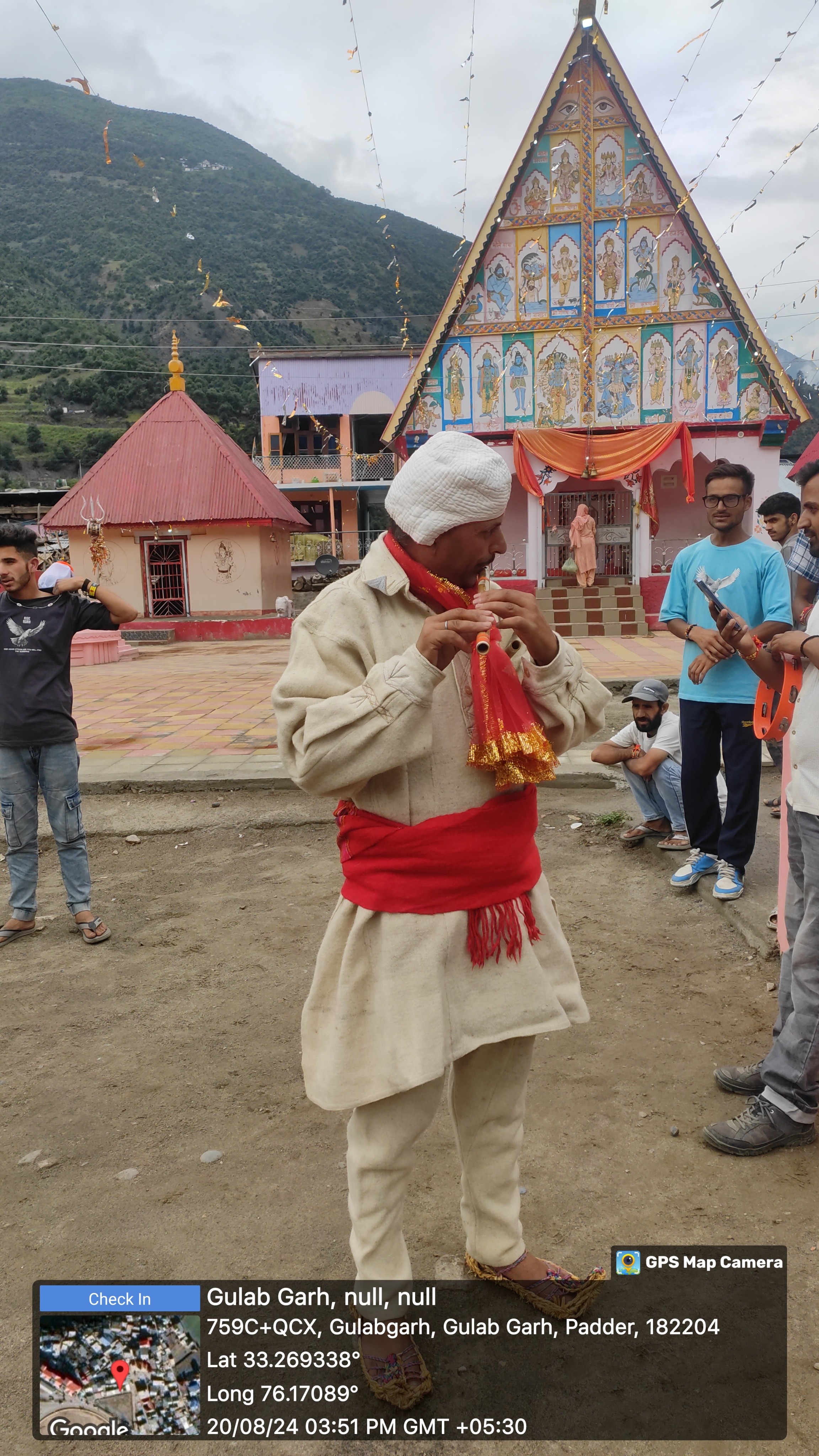
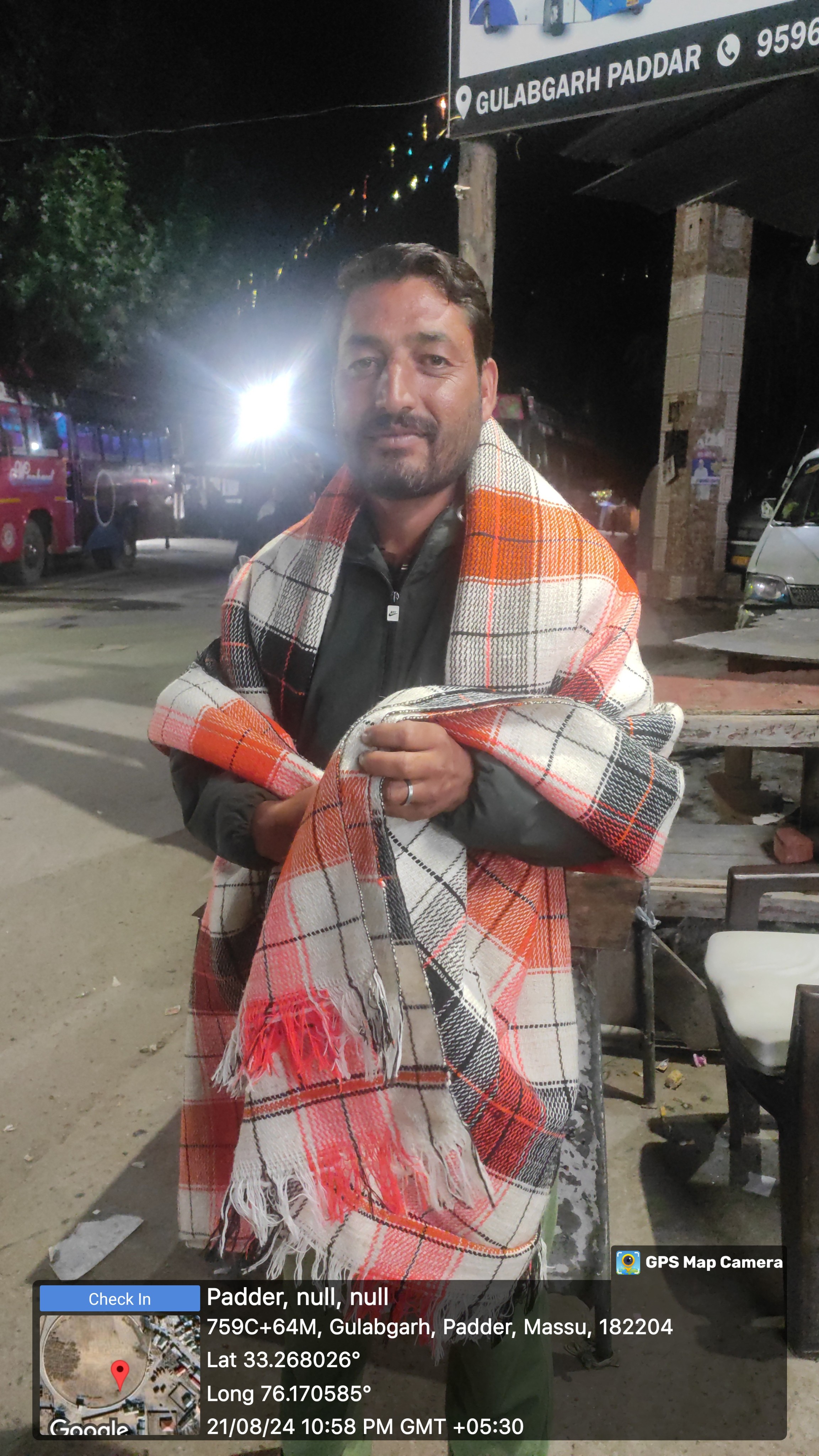
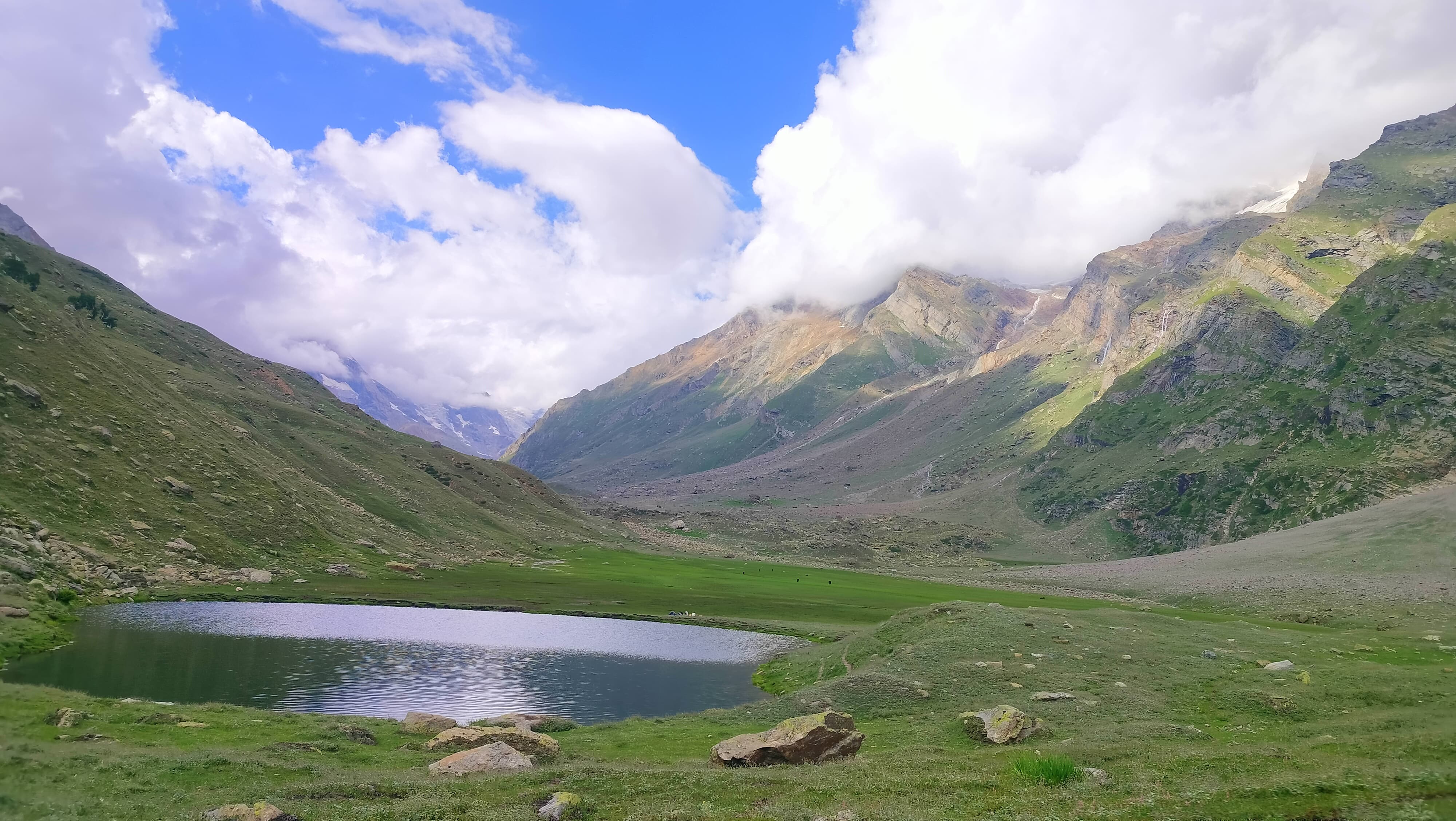
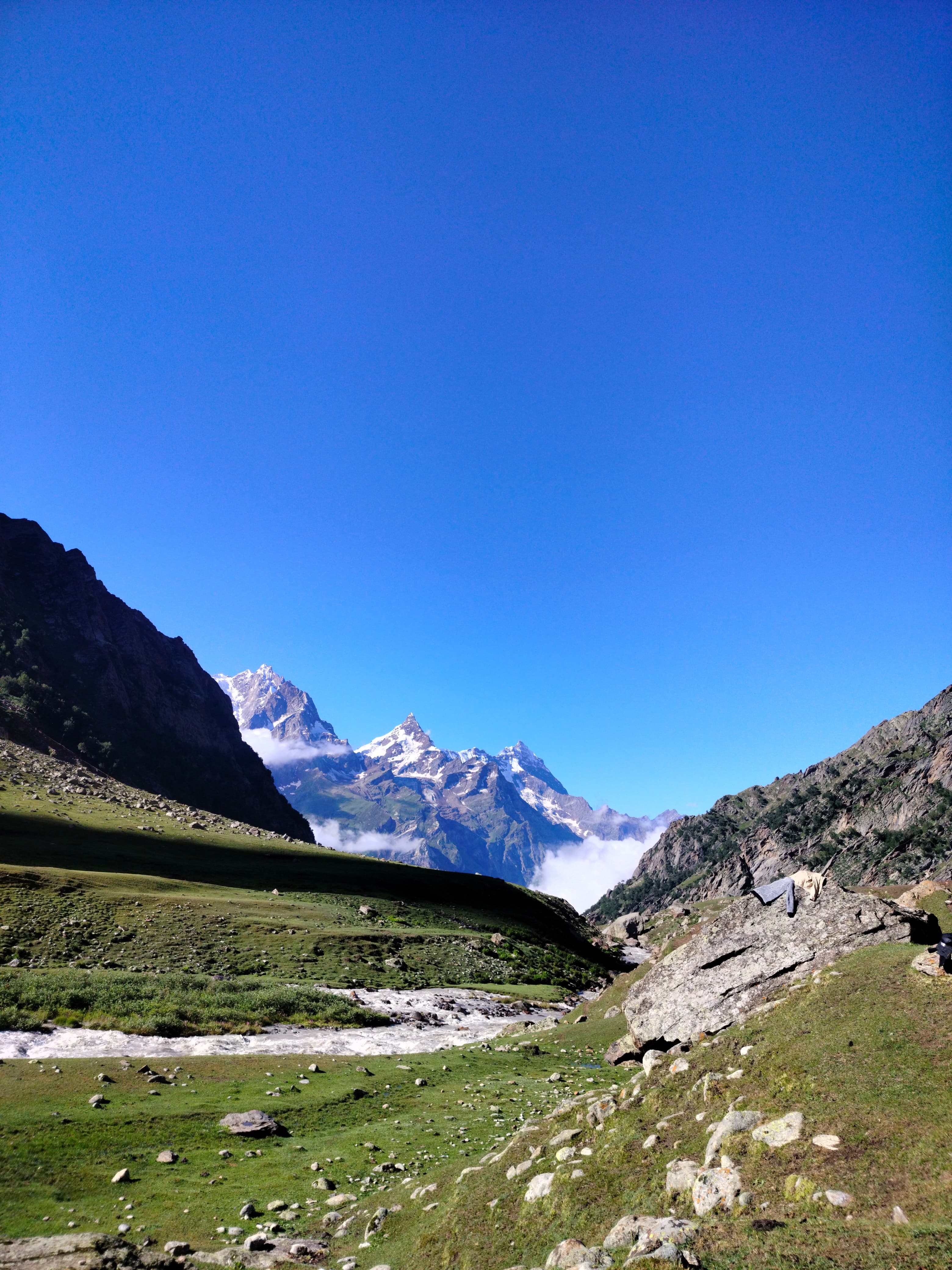
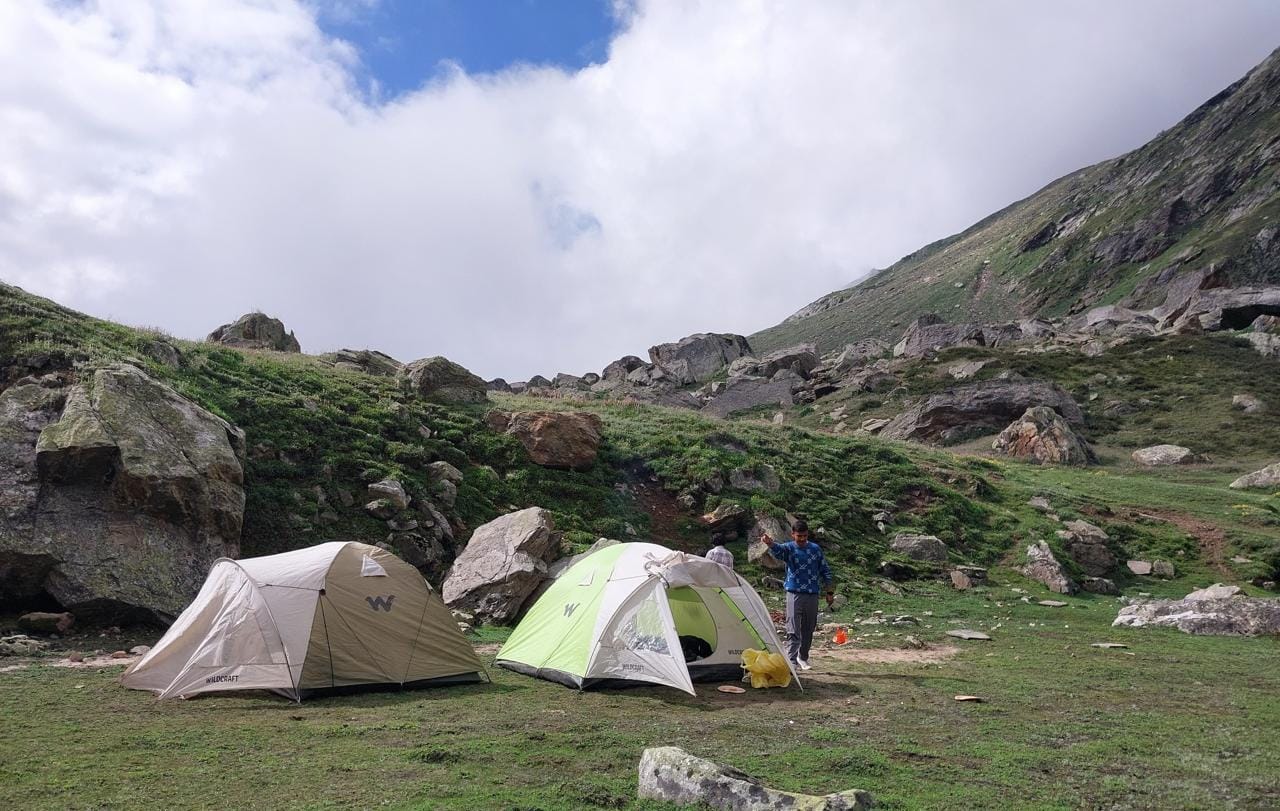
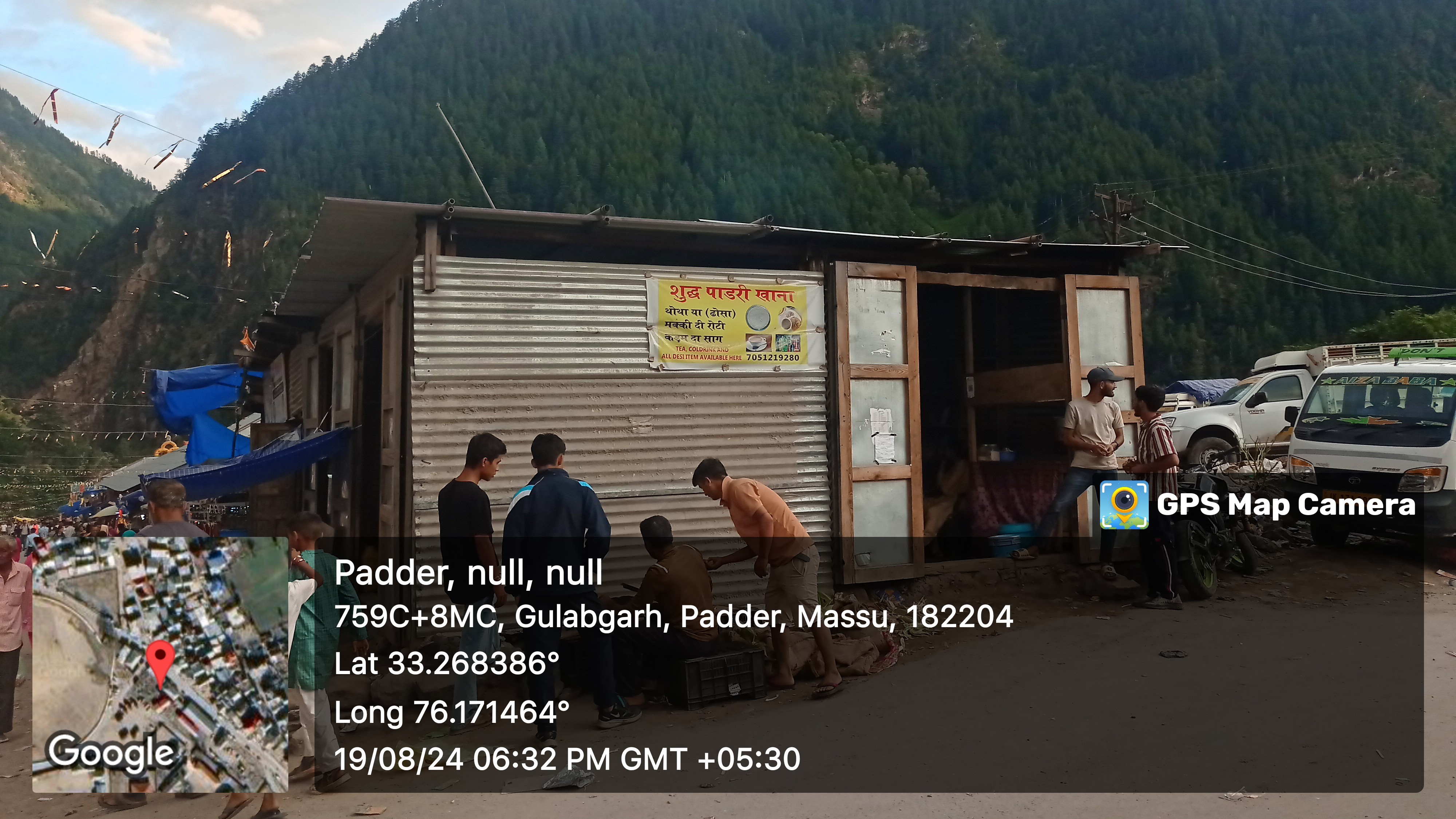





awesome clicks and provided information is correct.